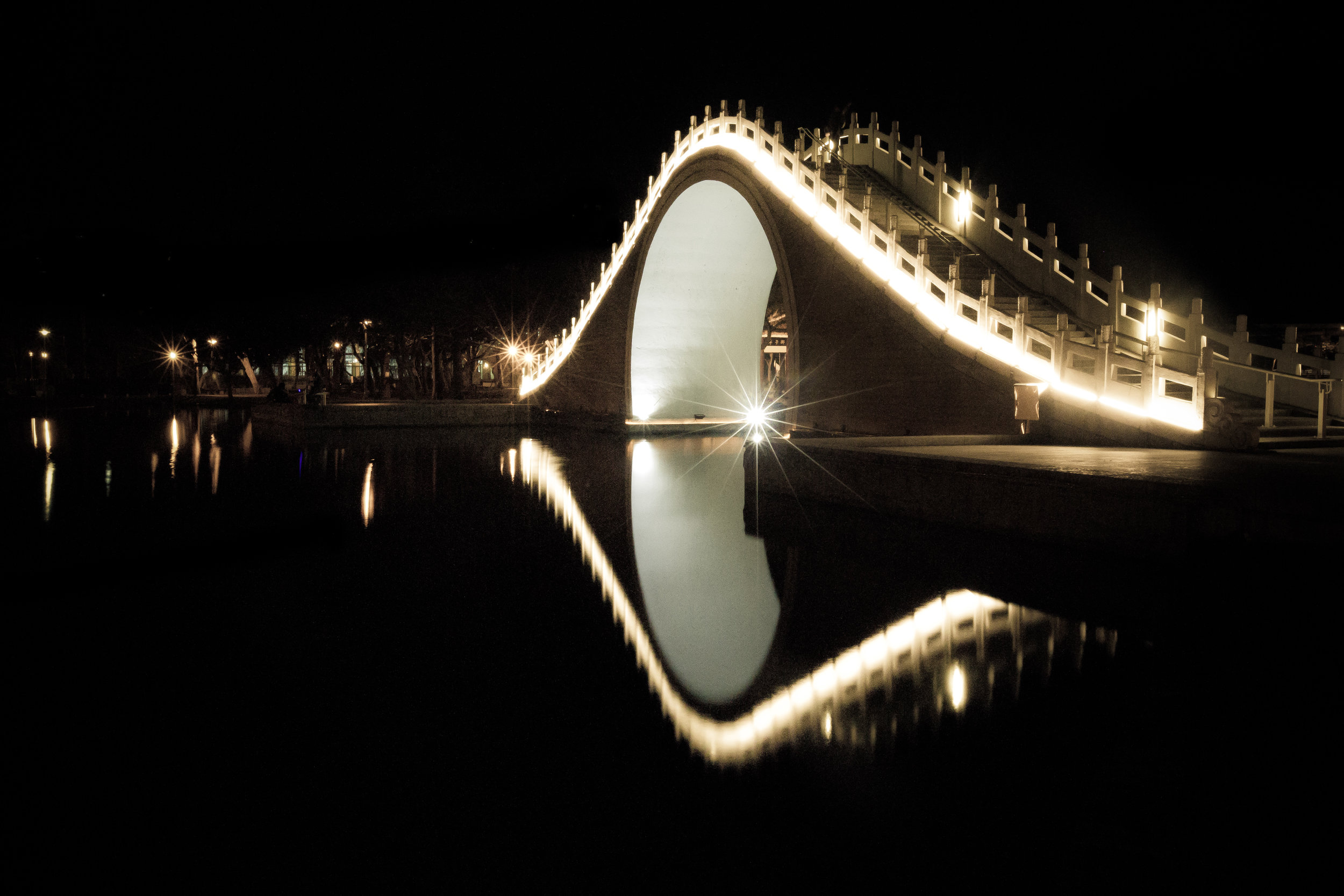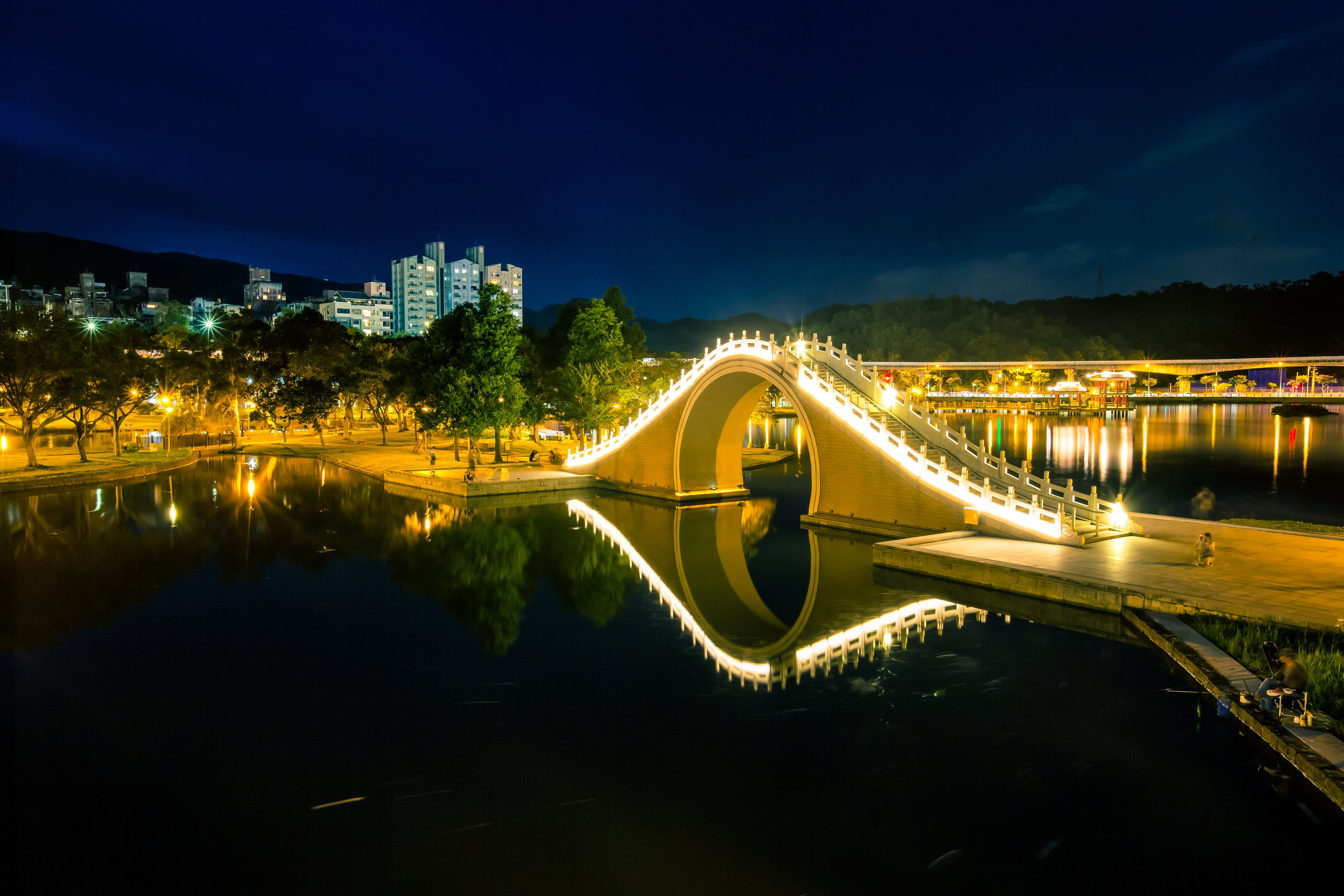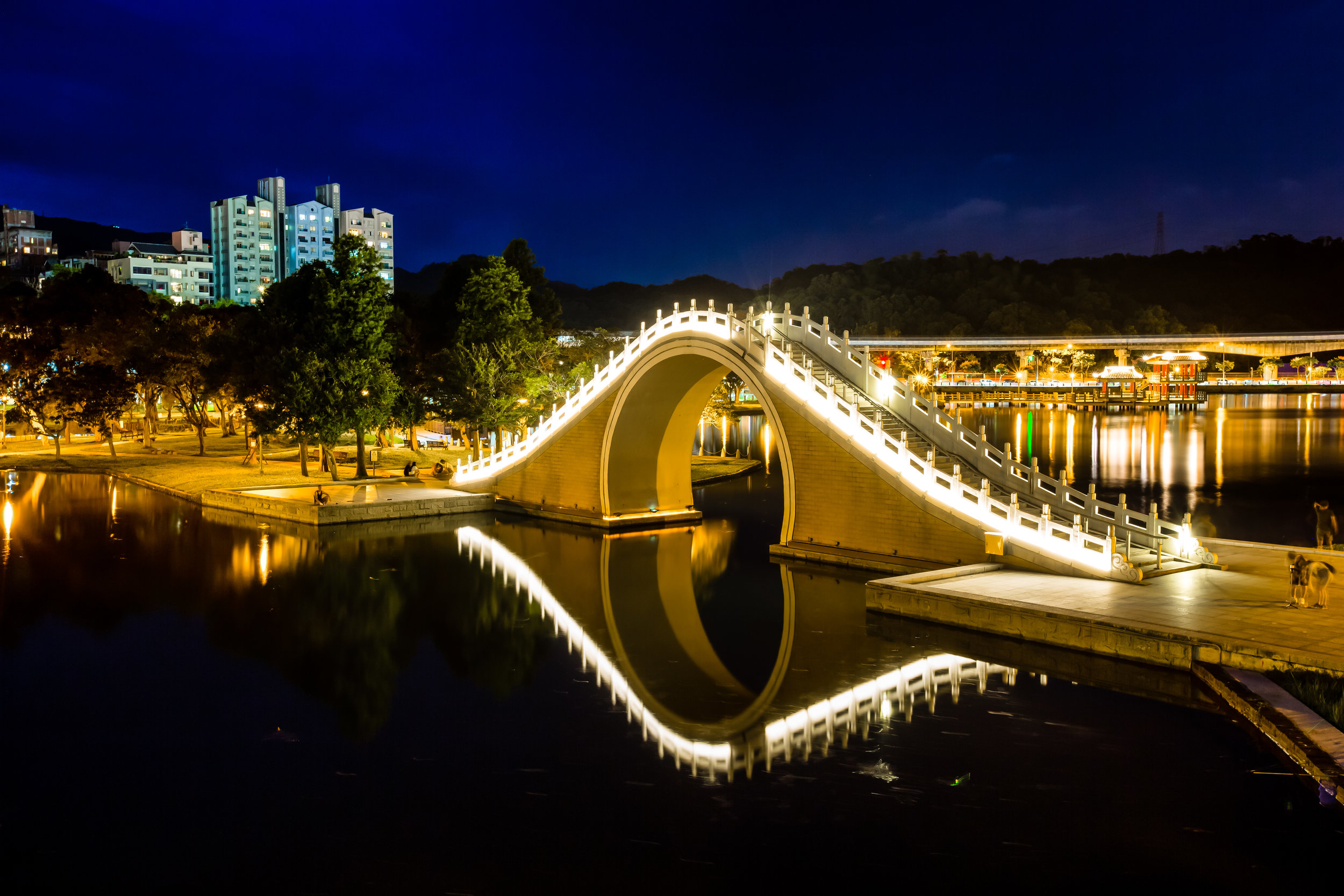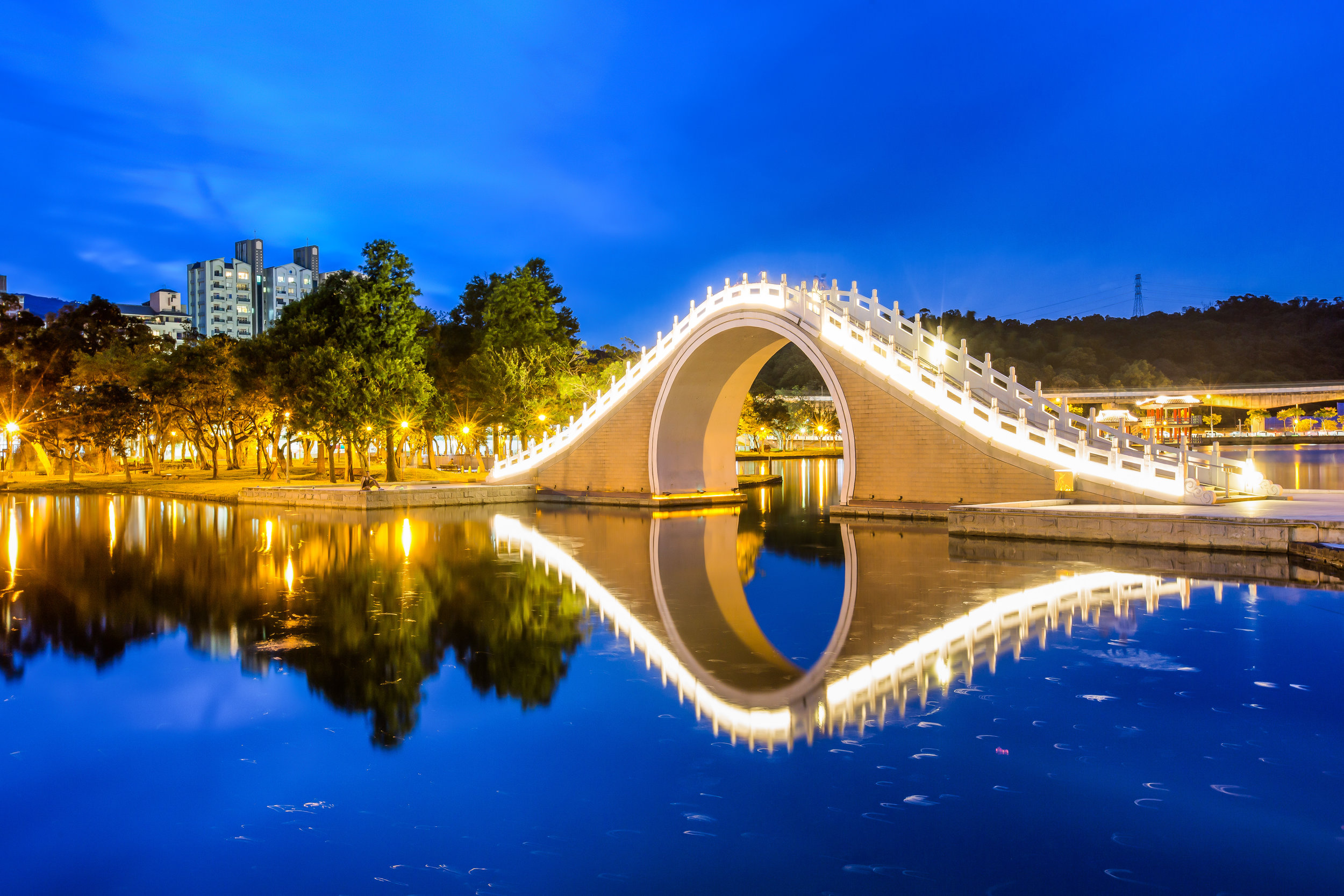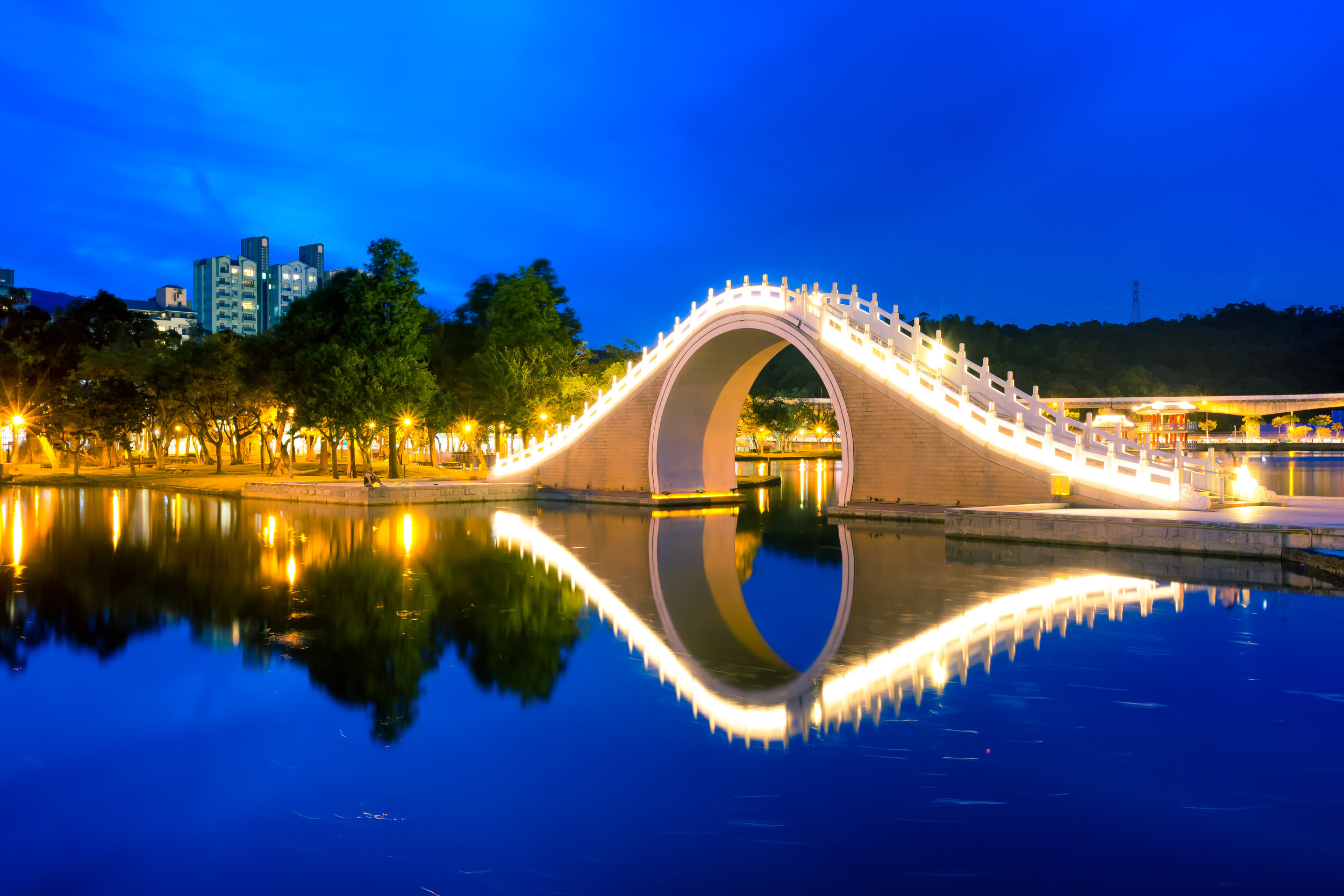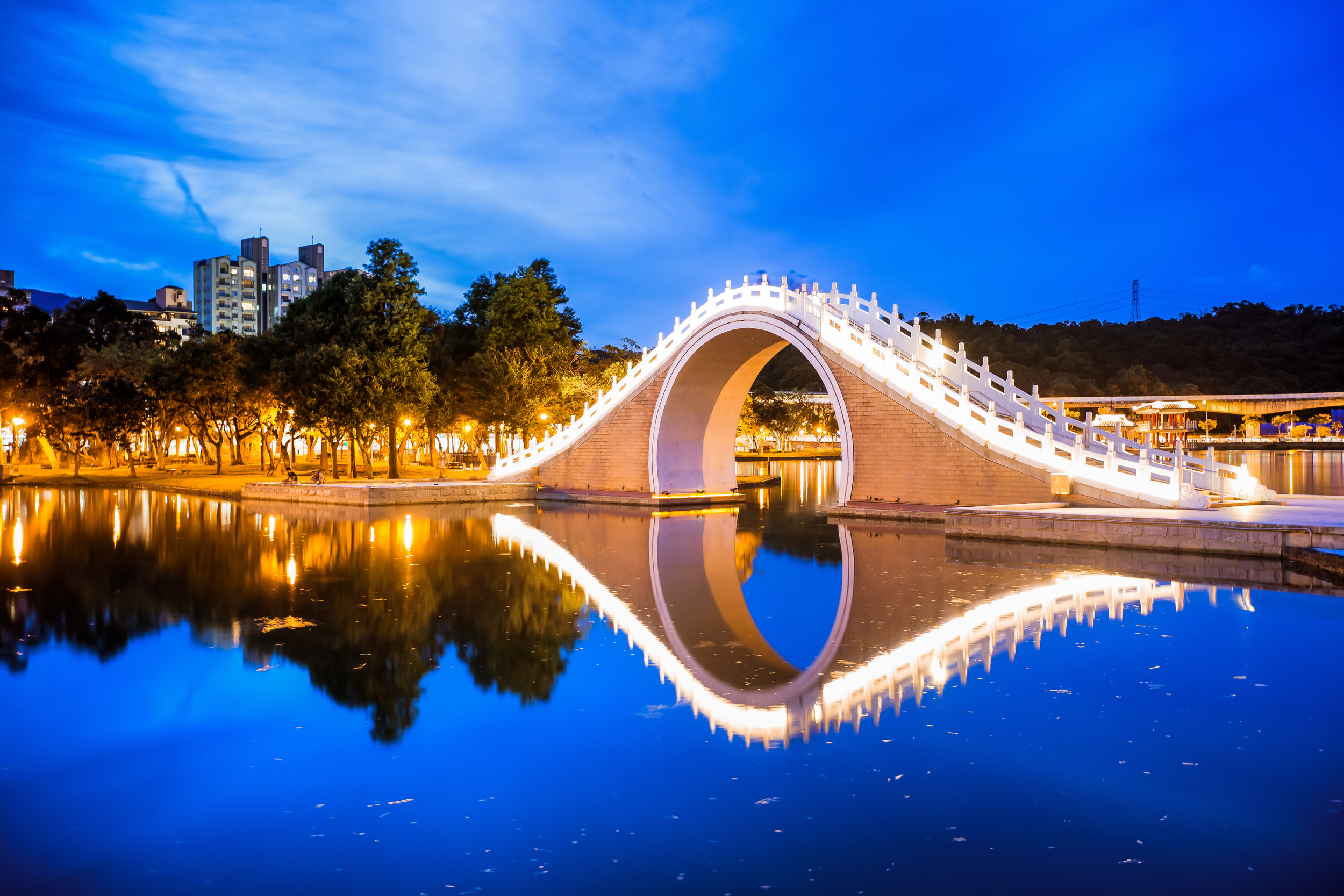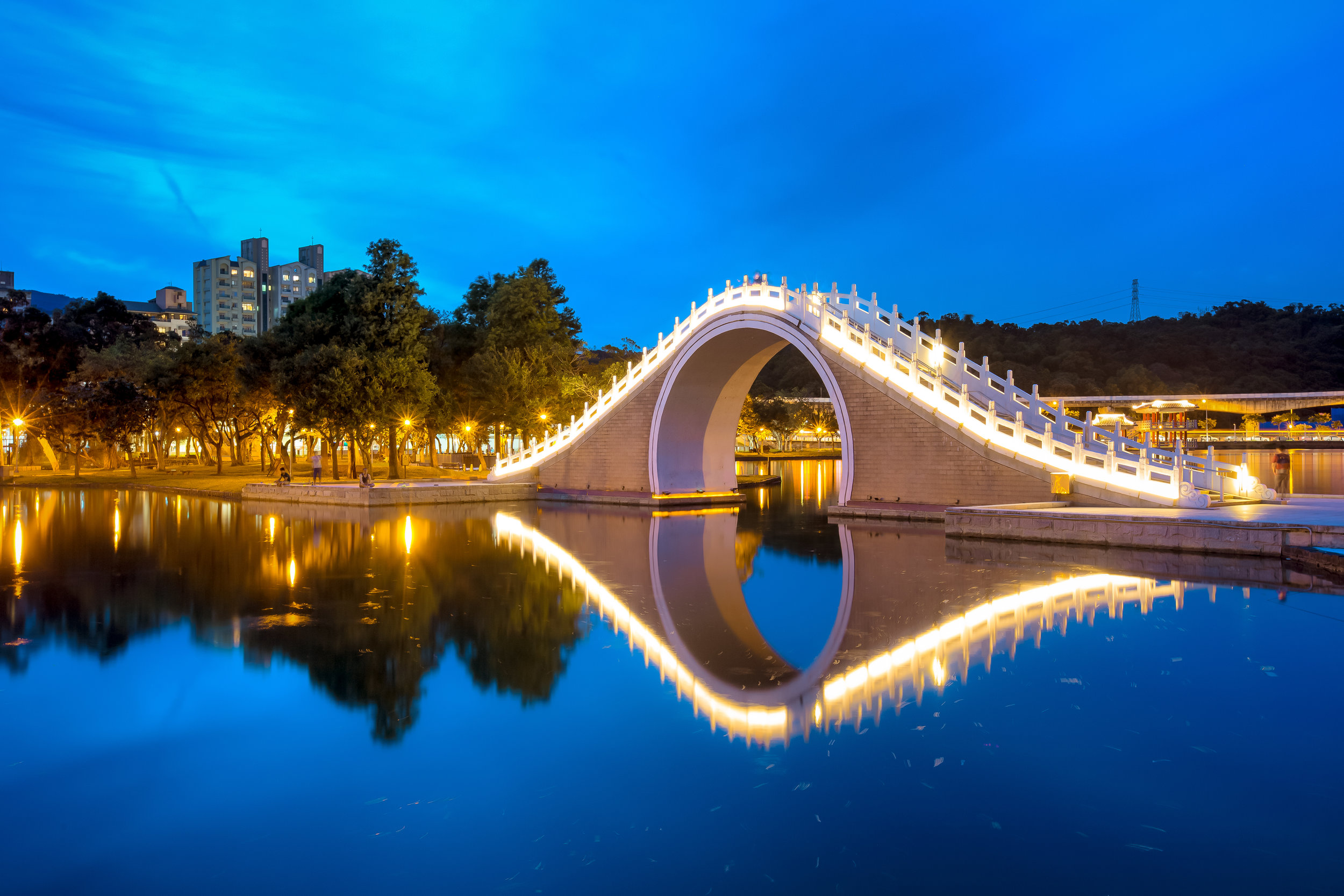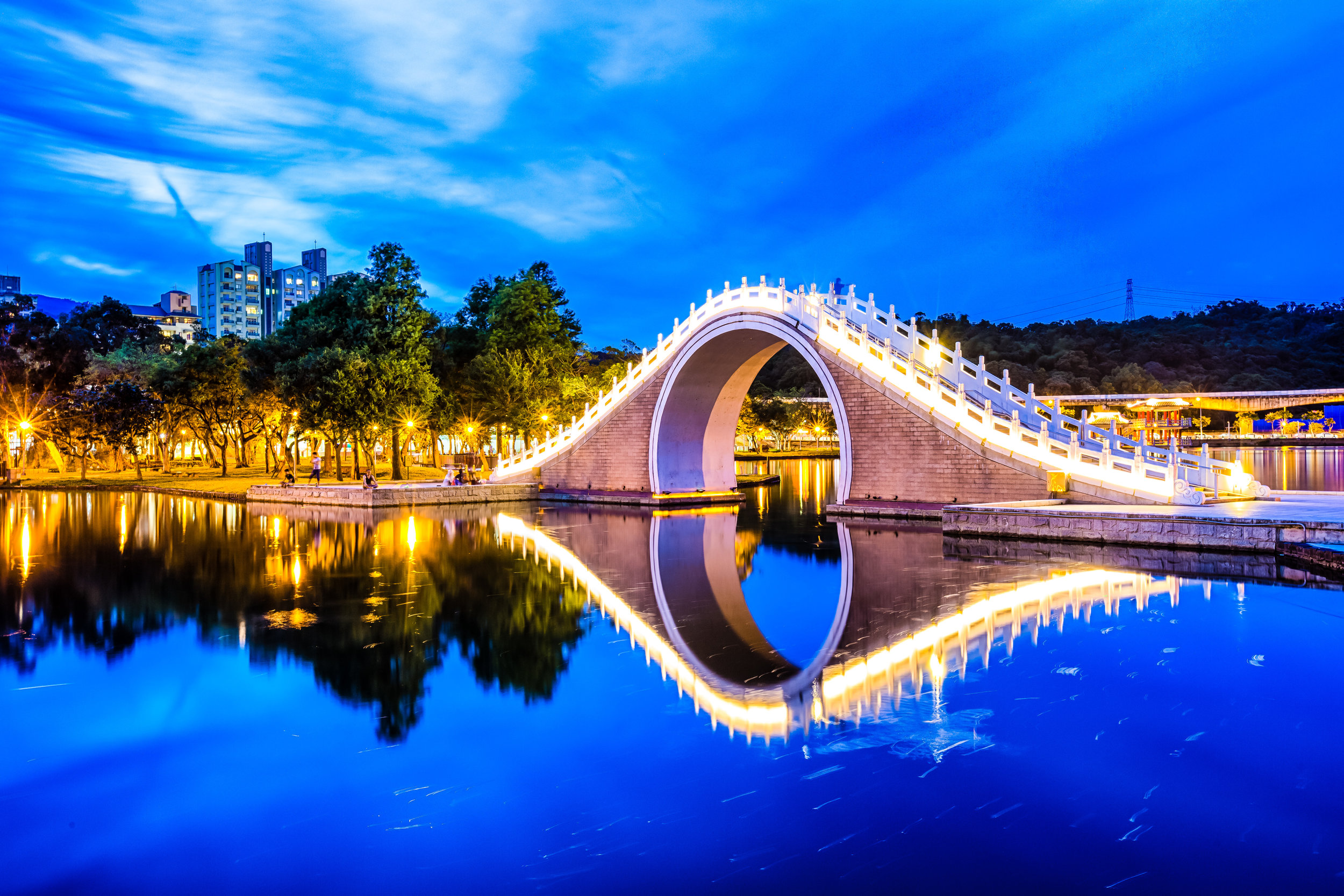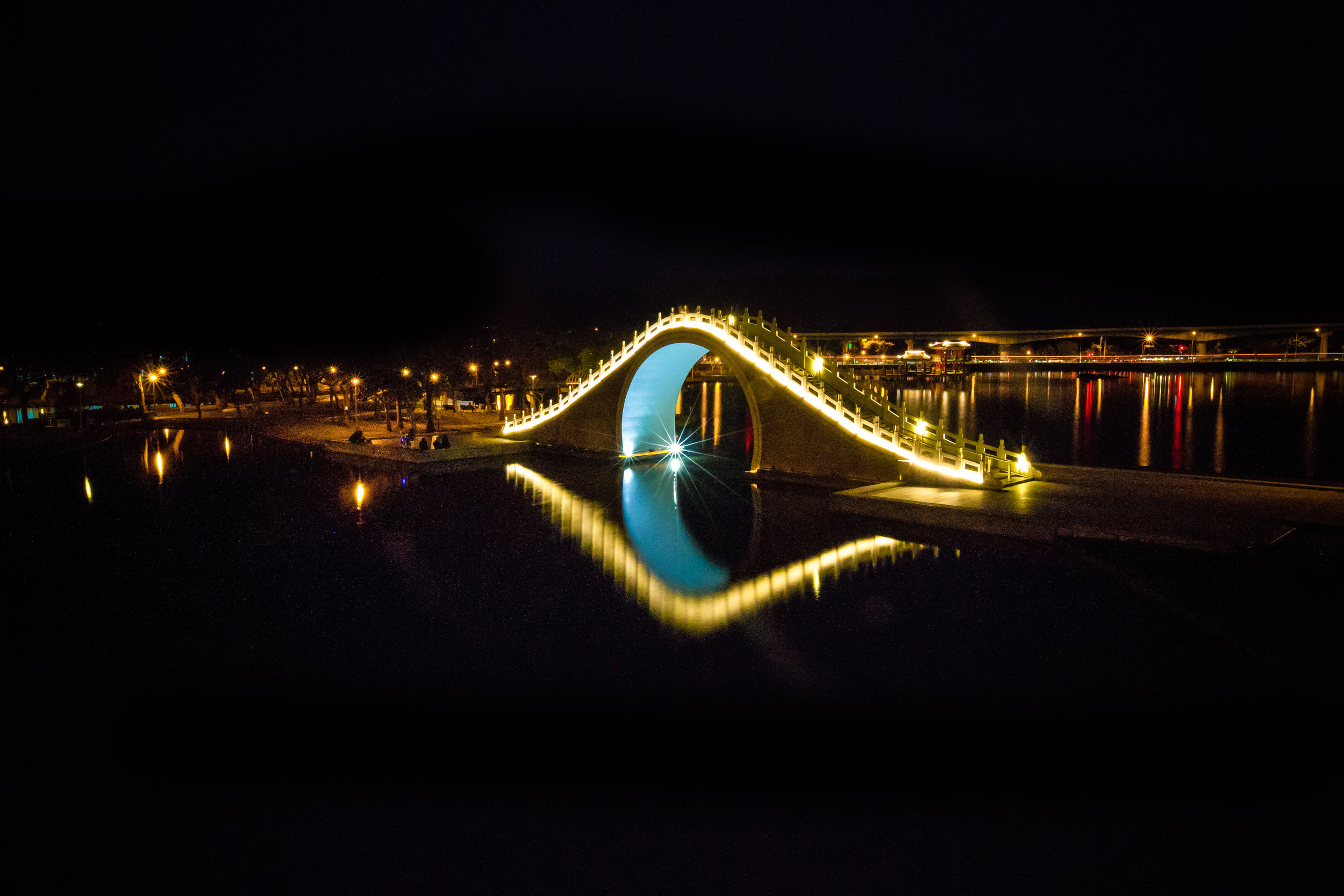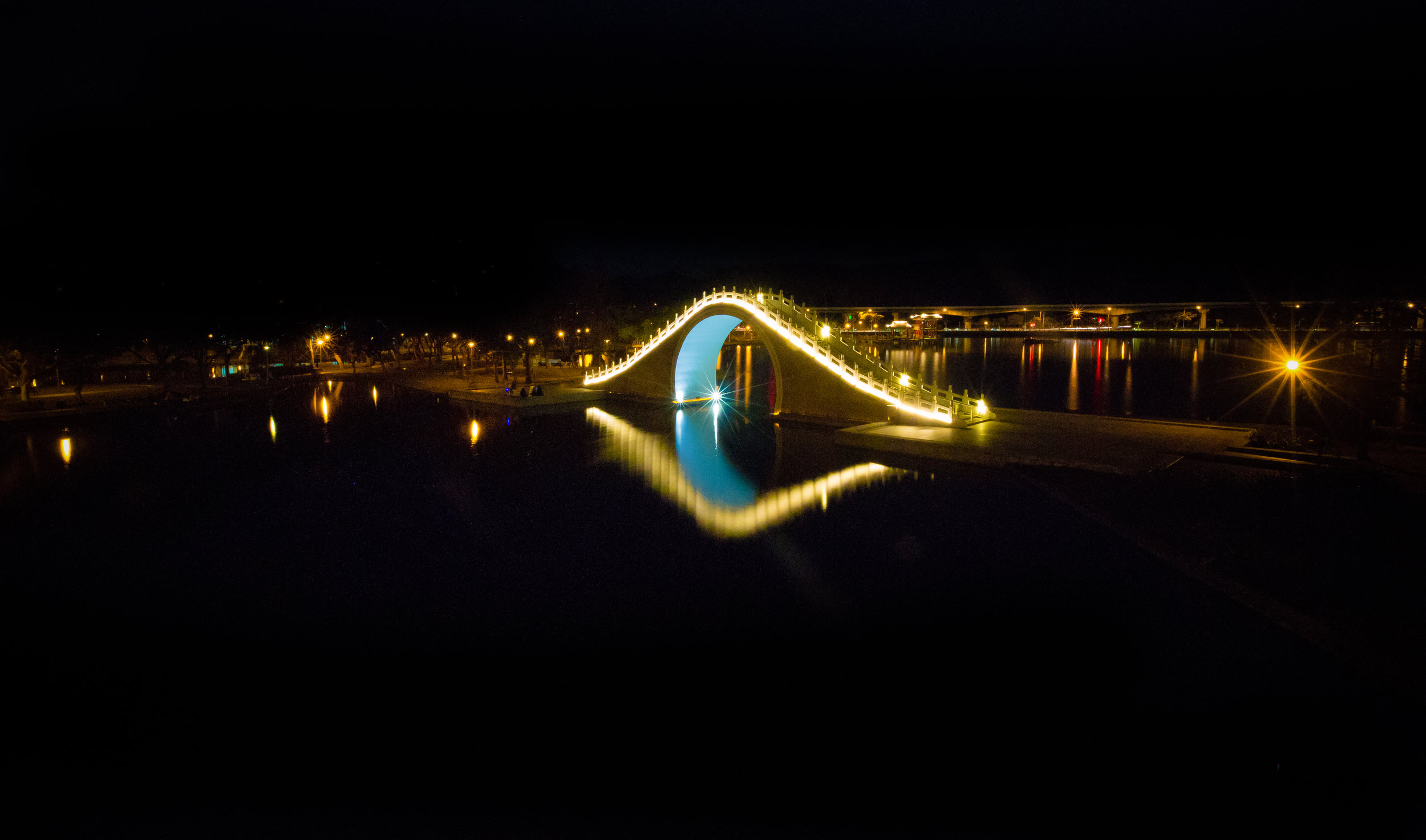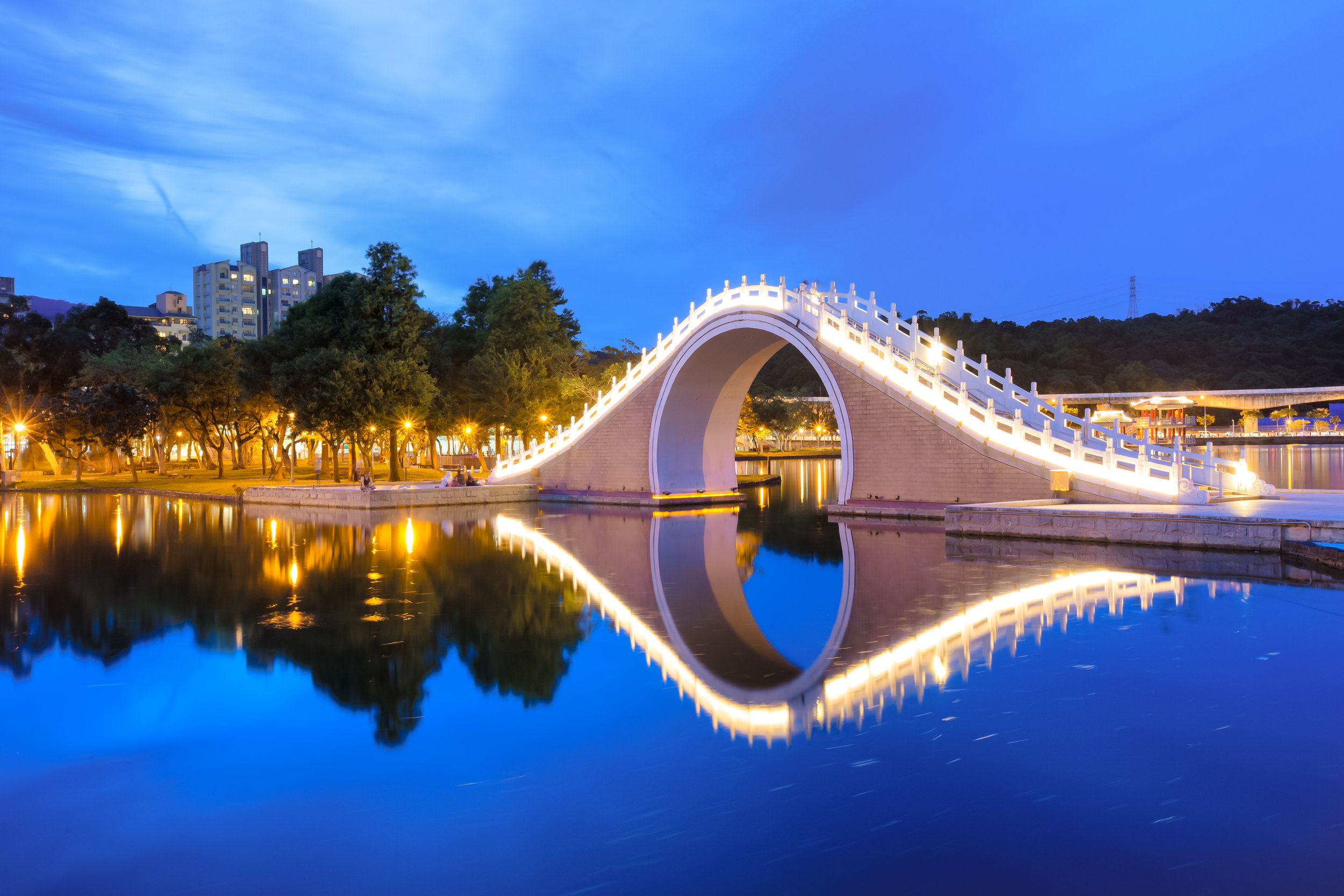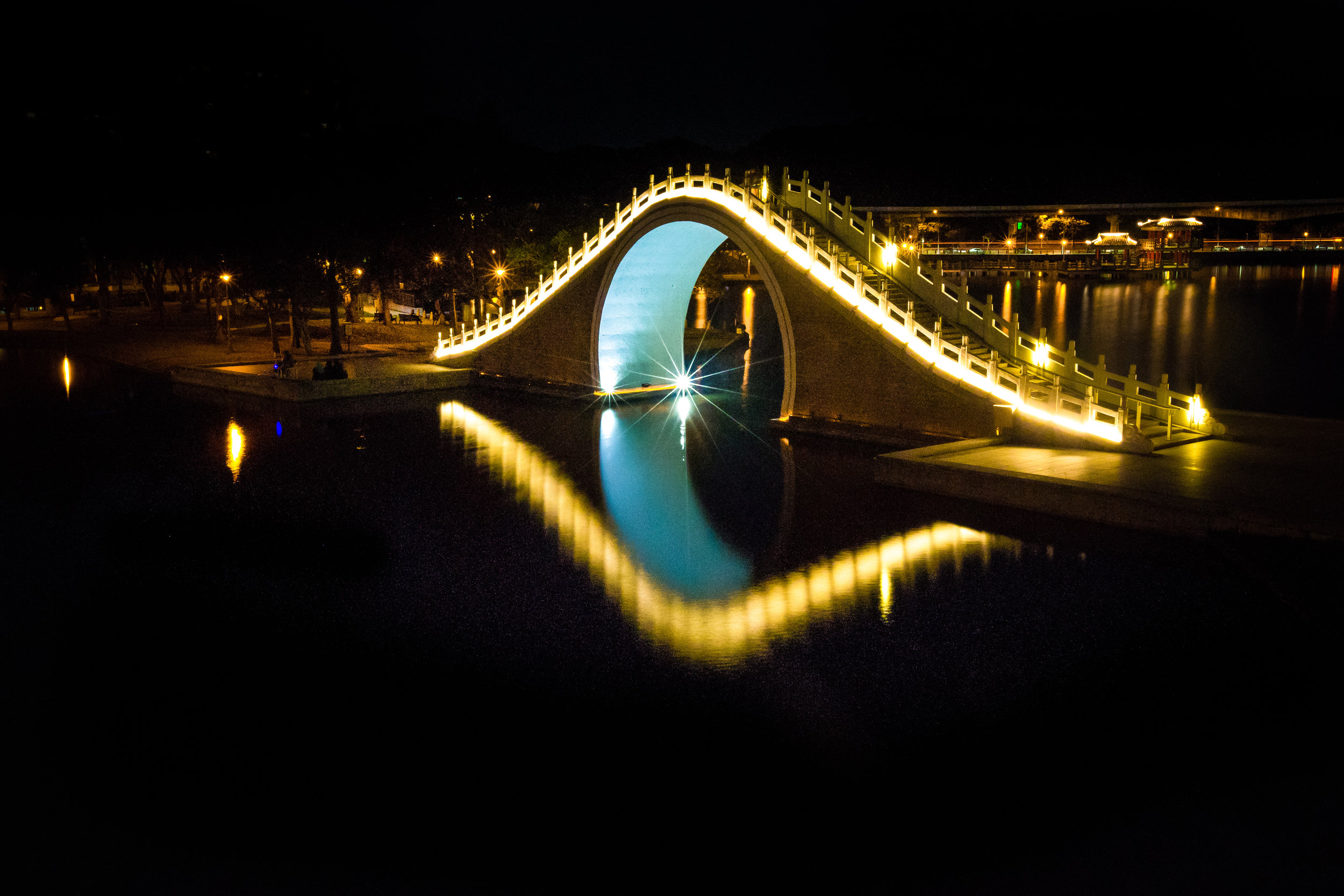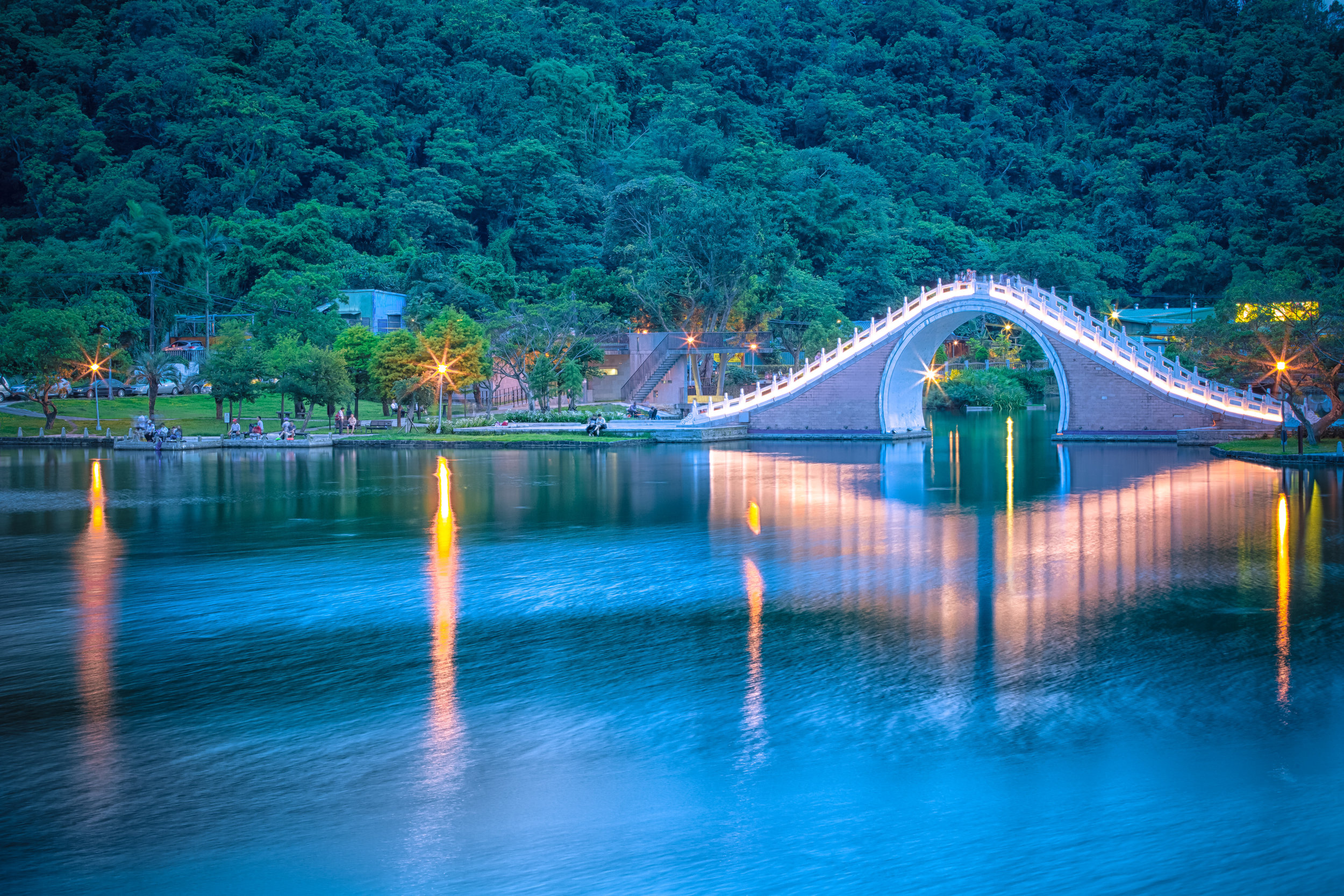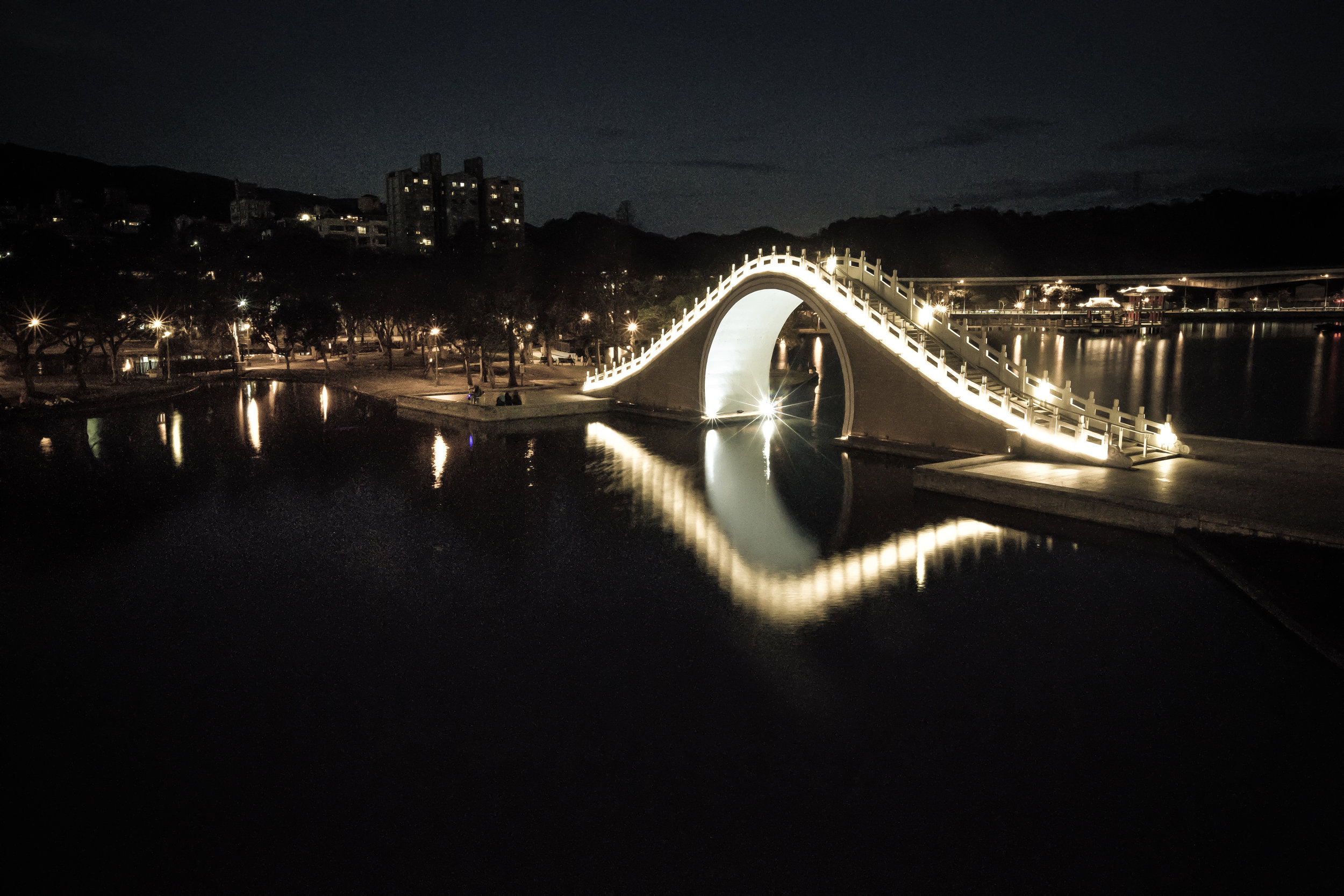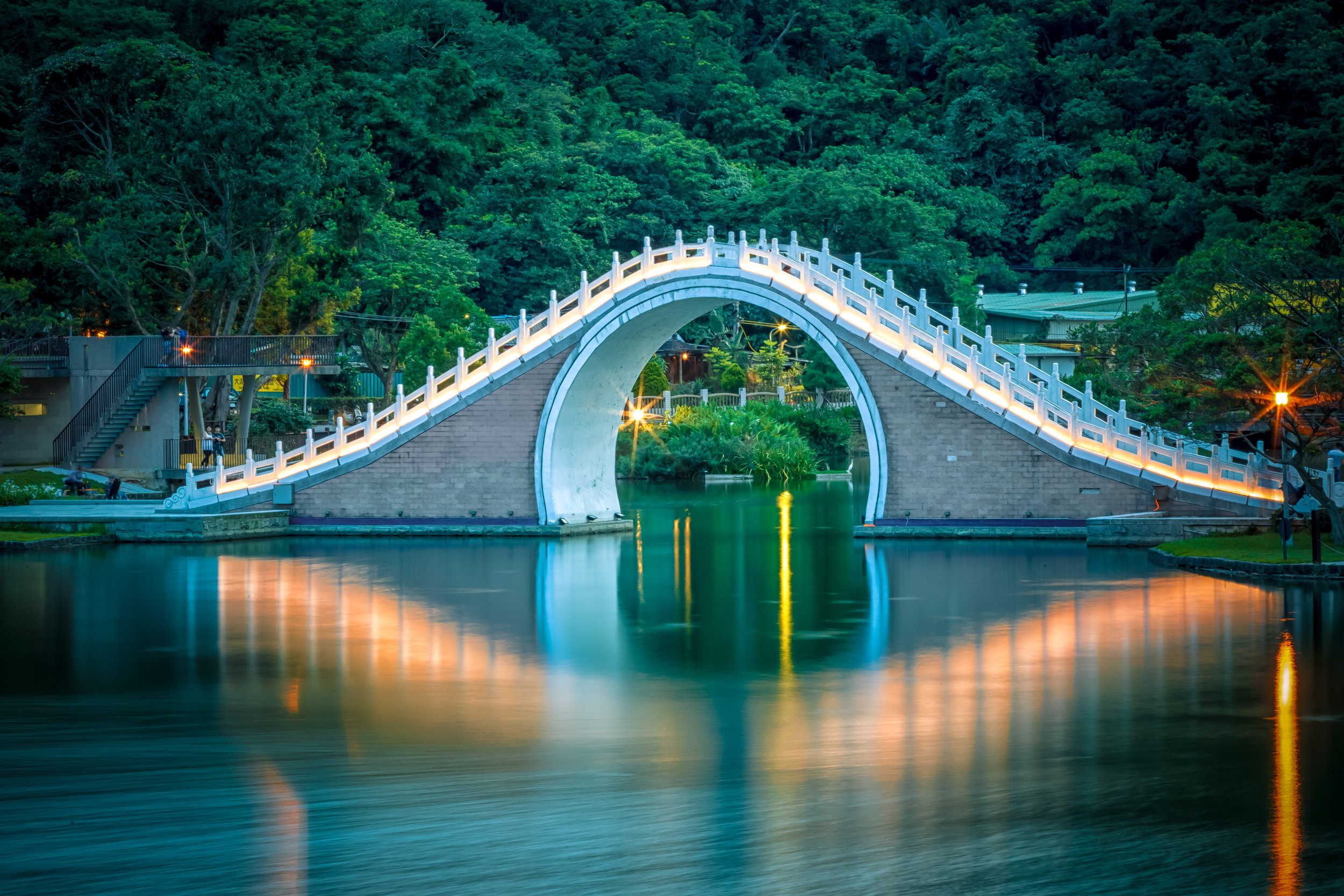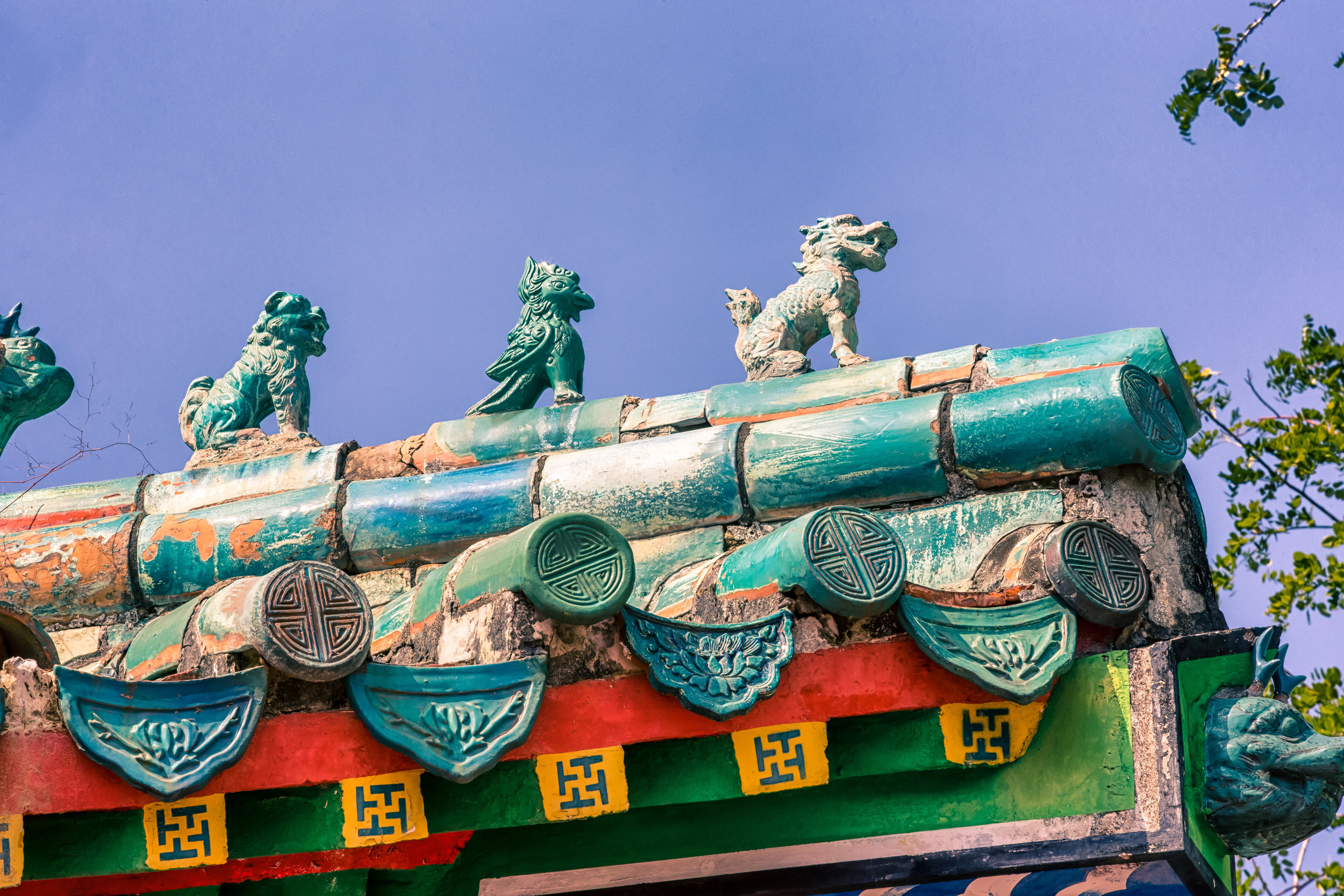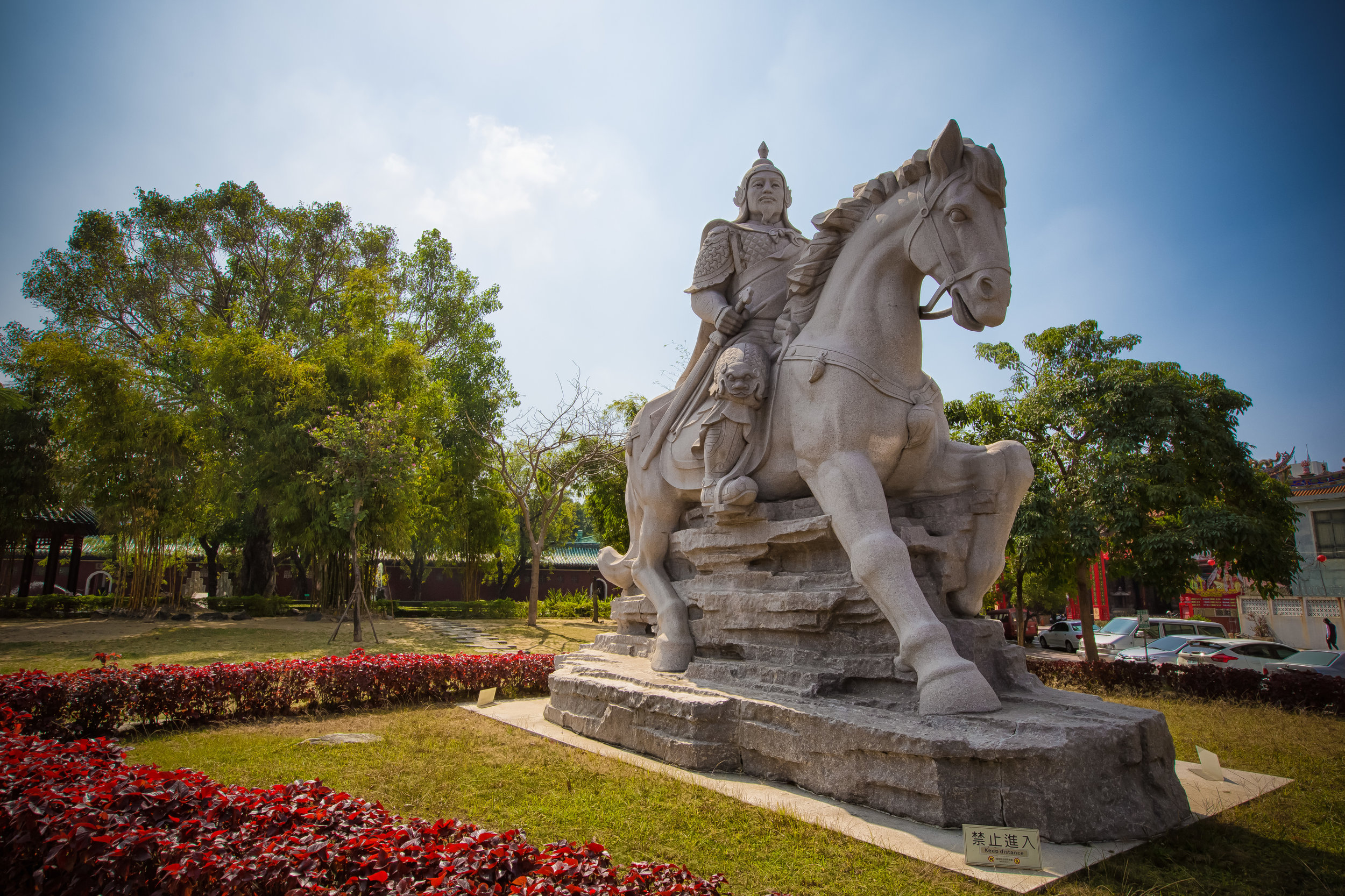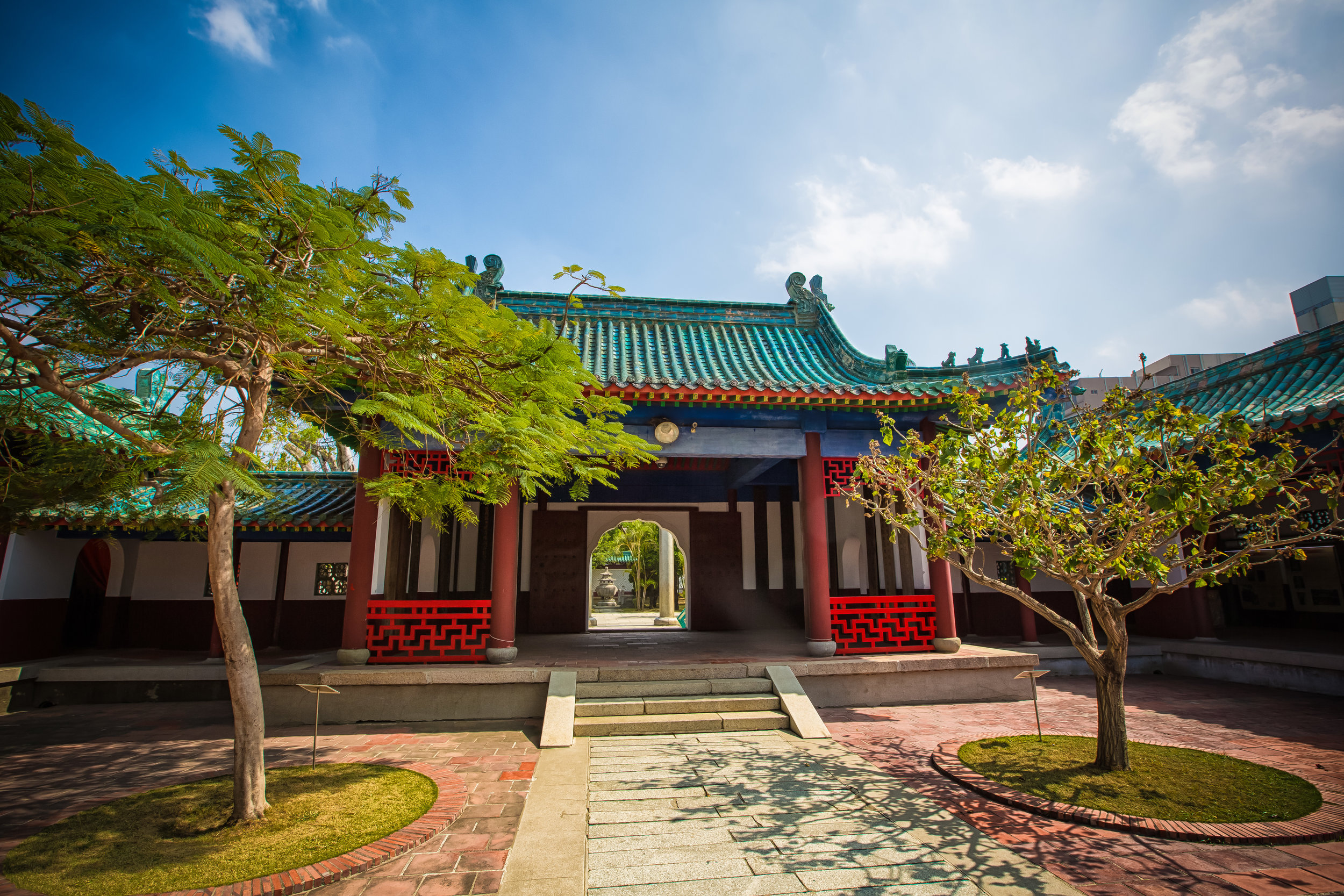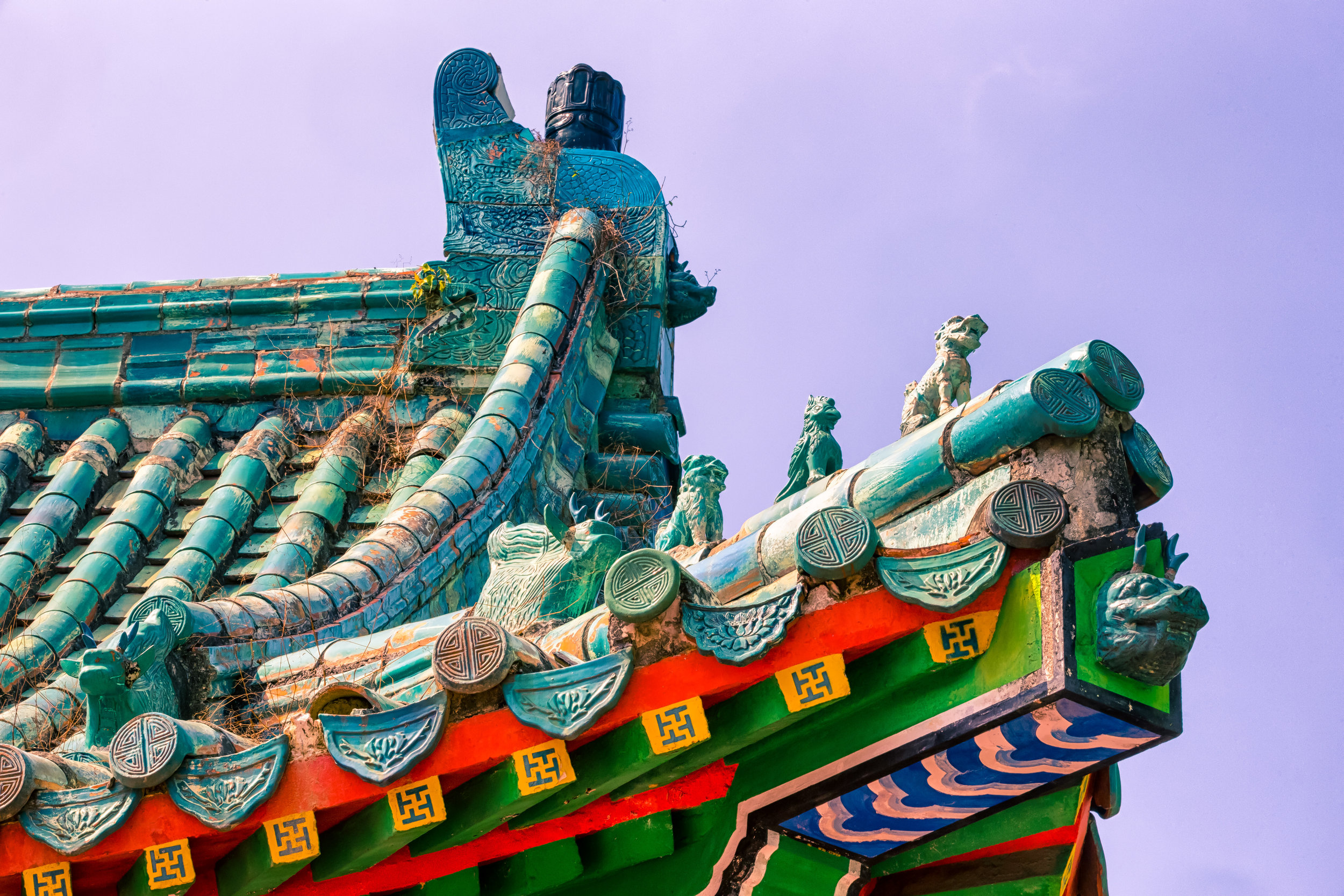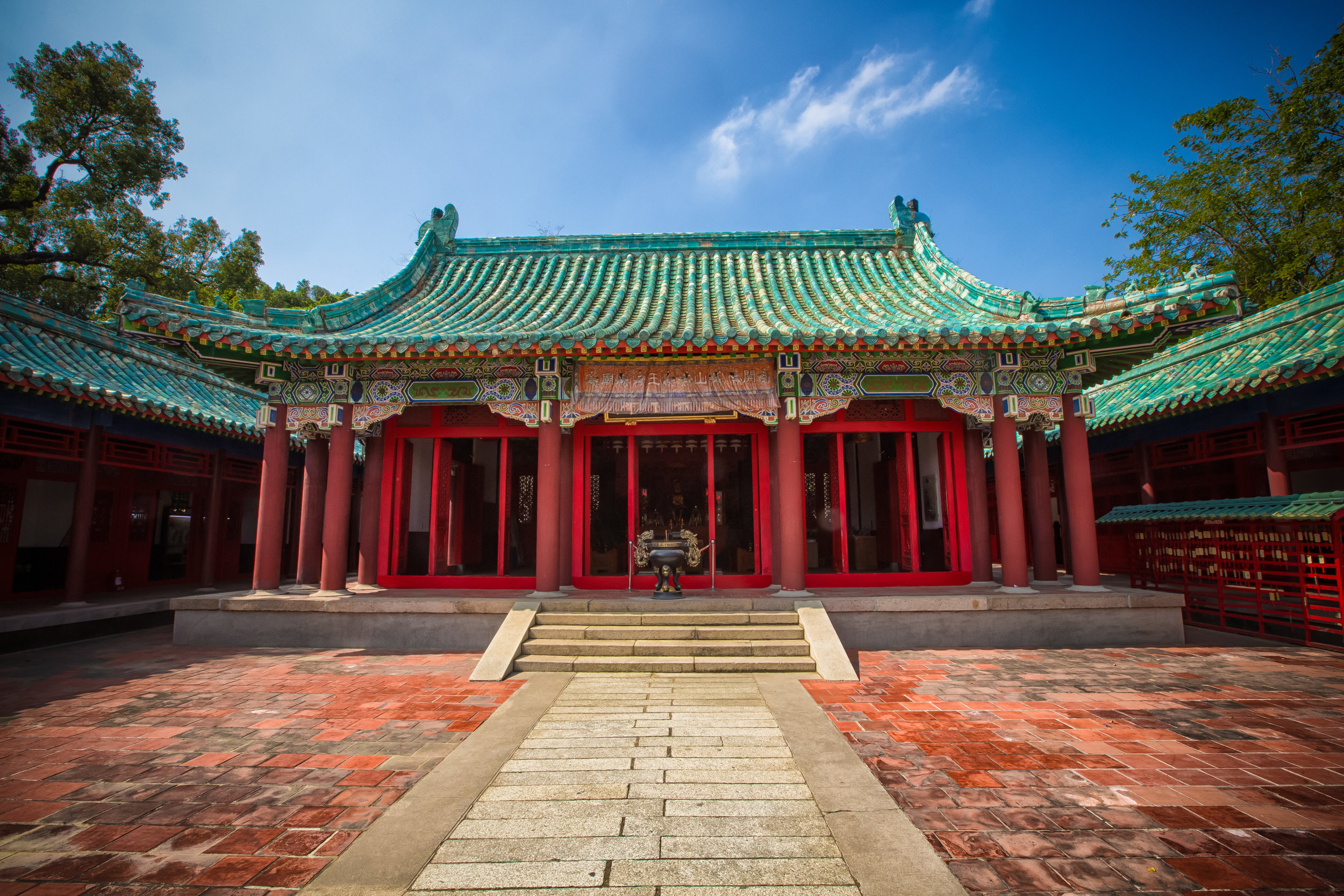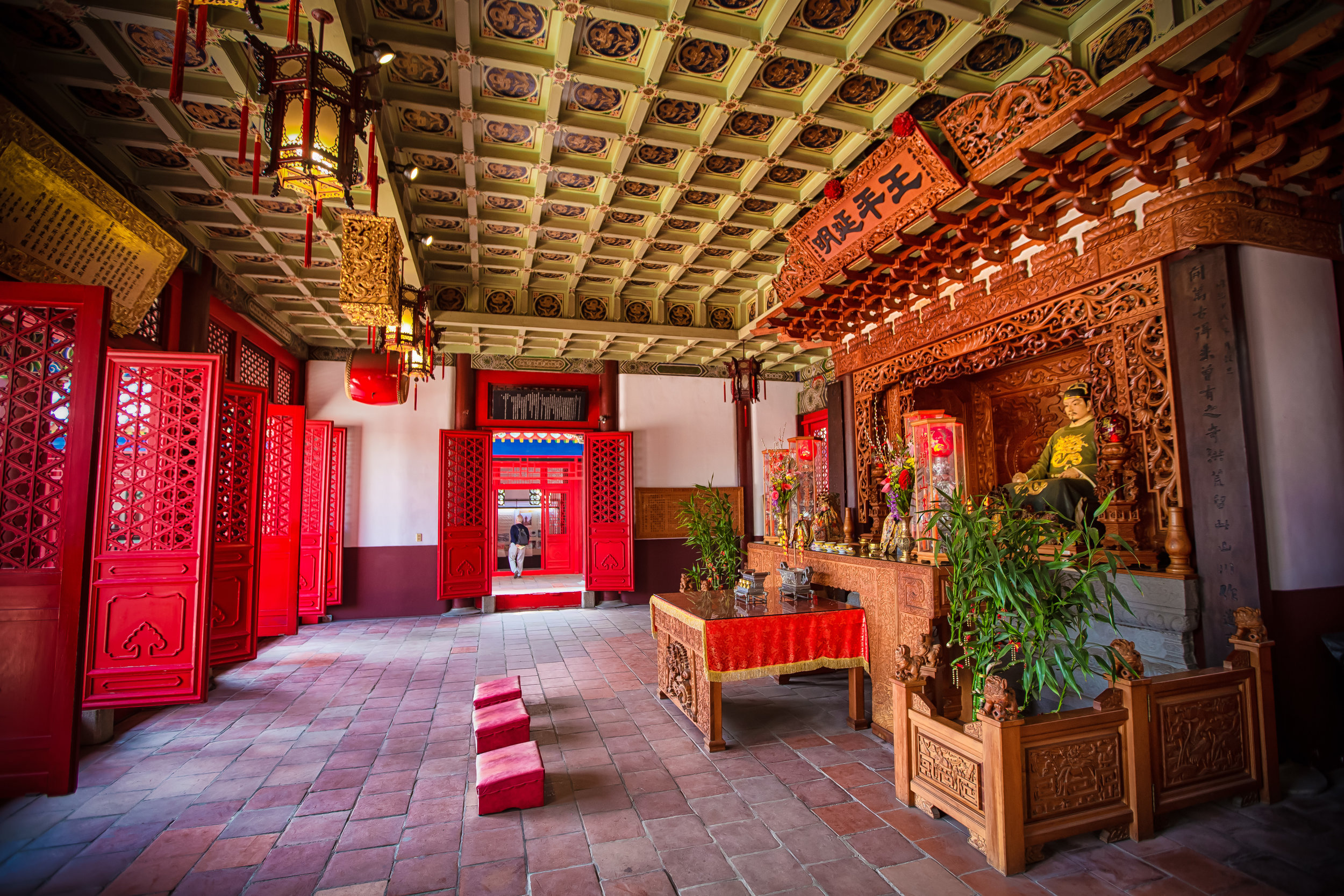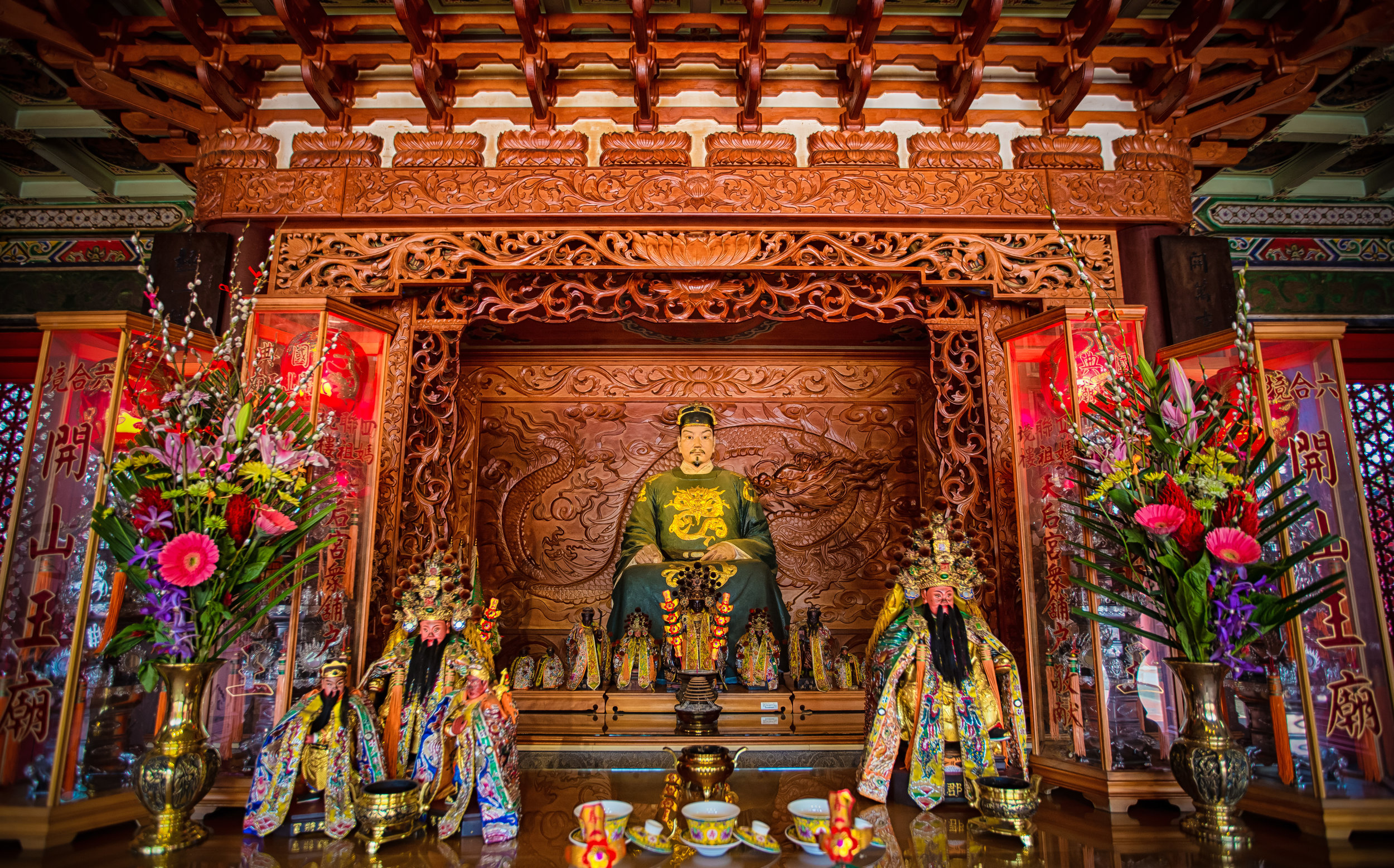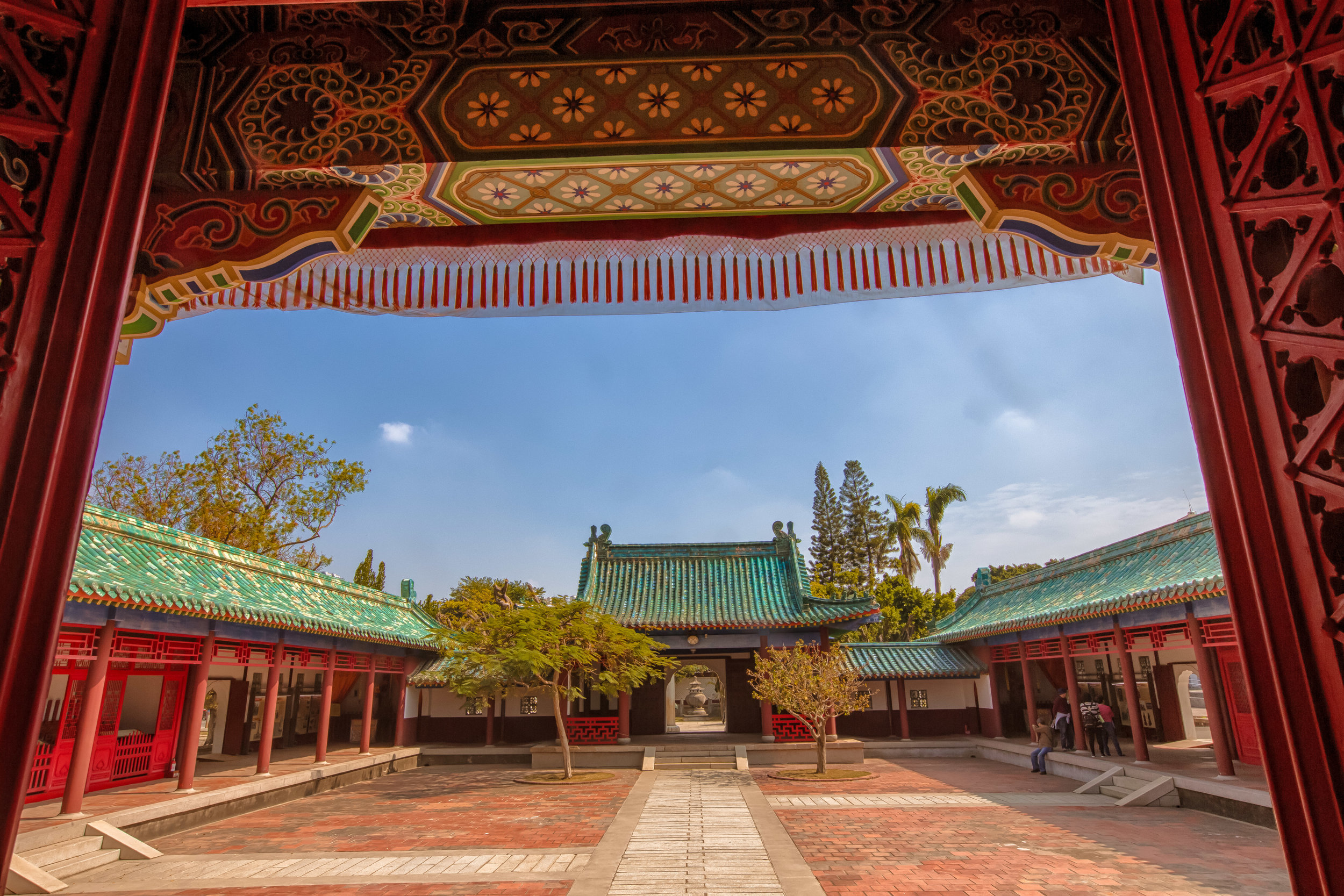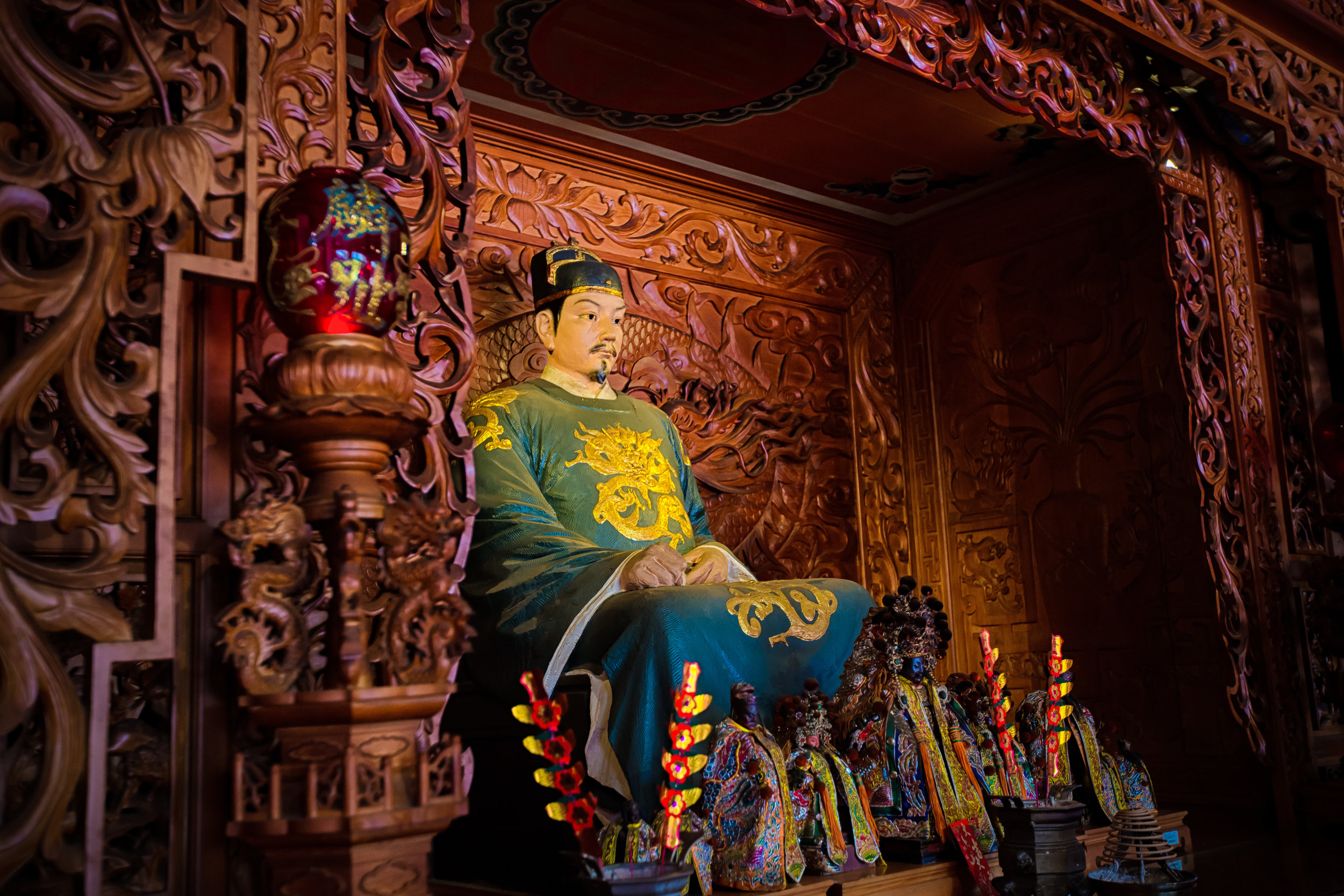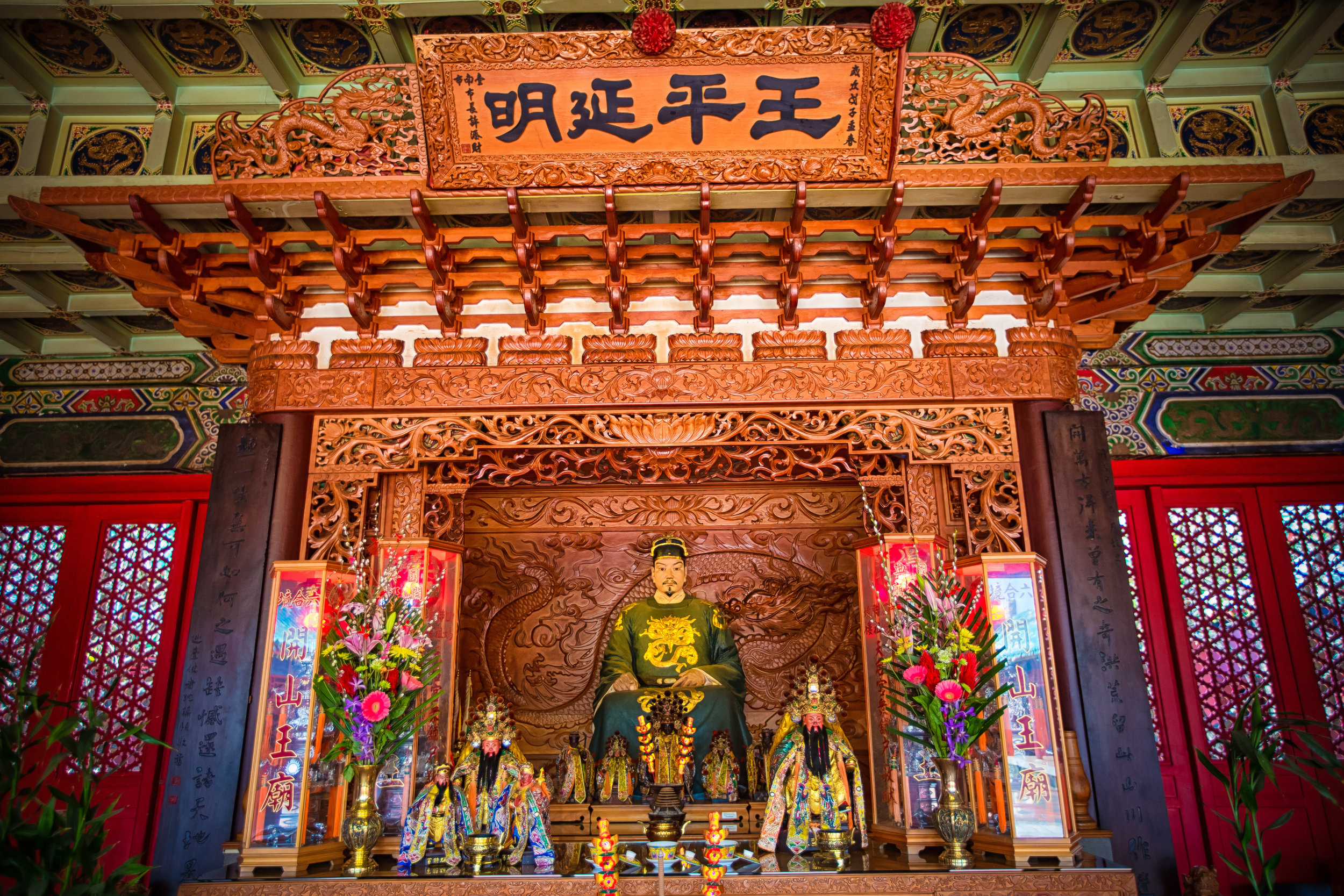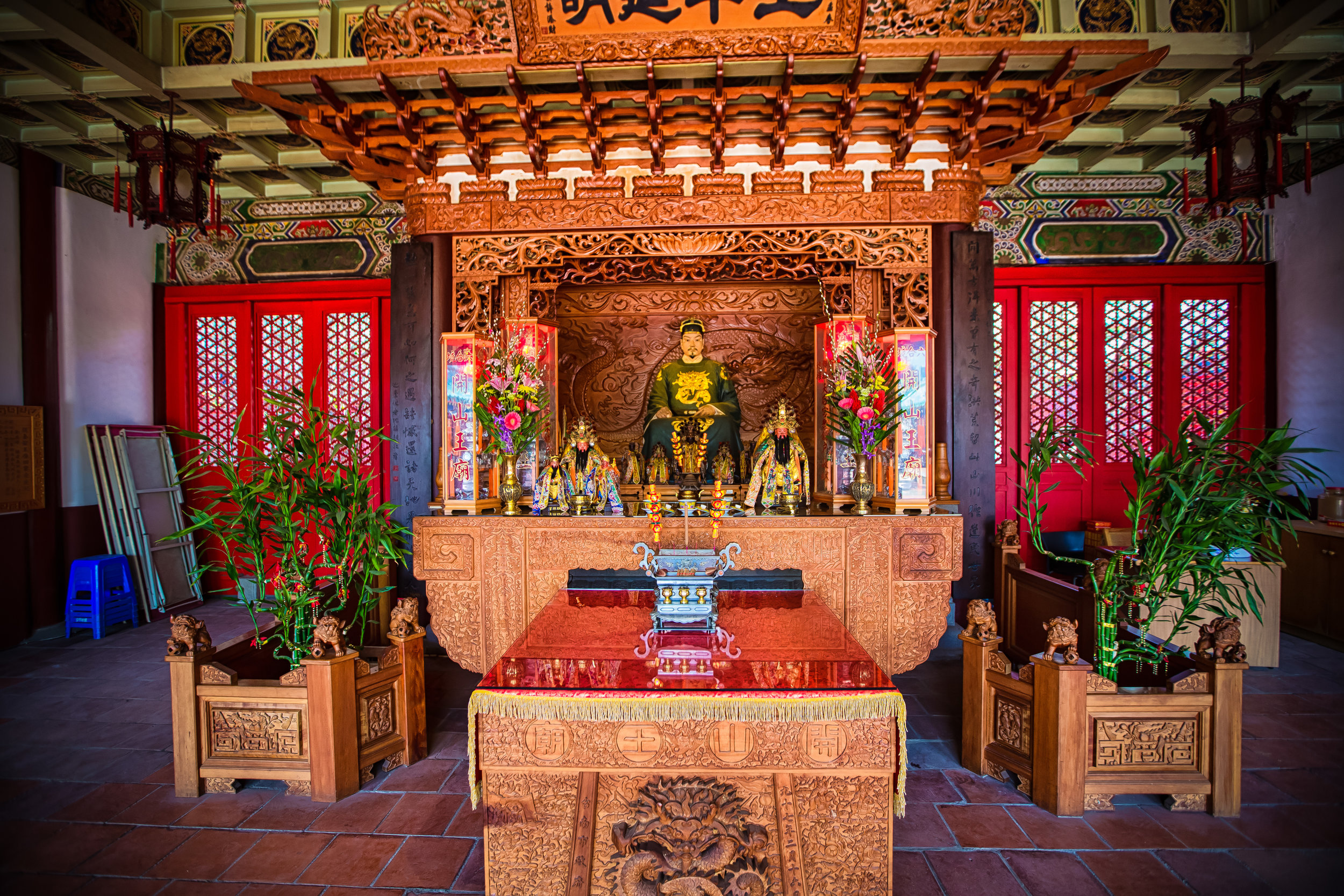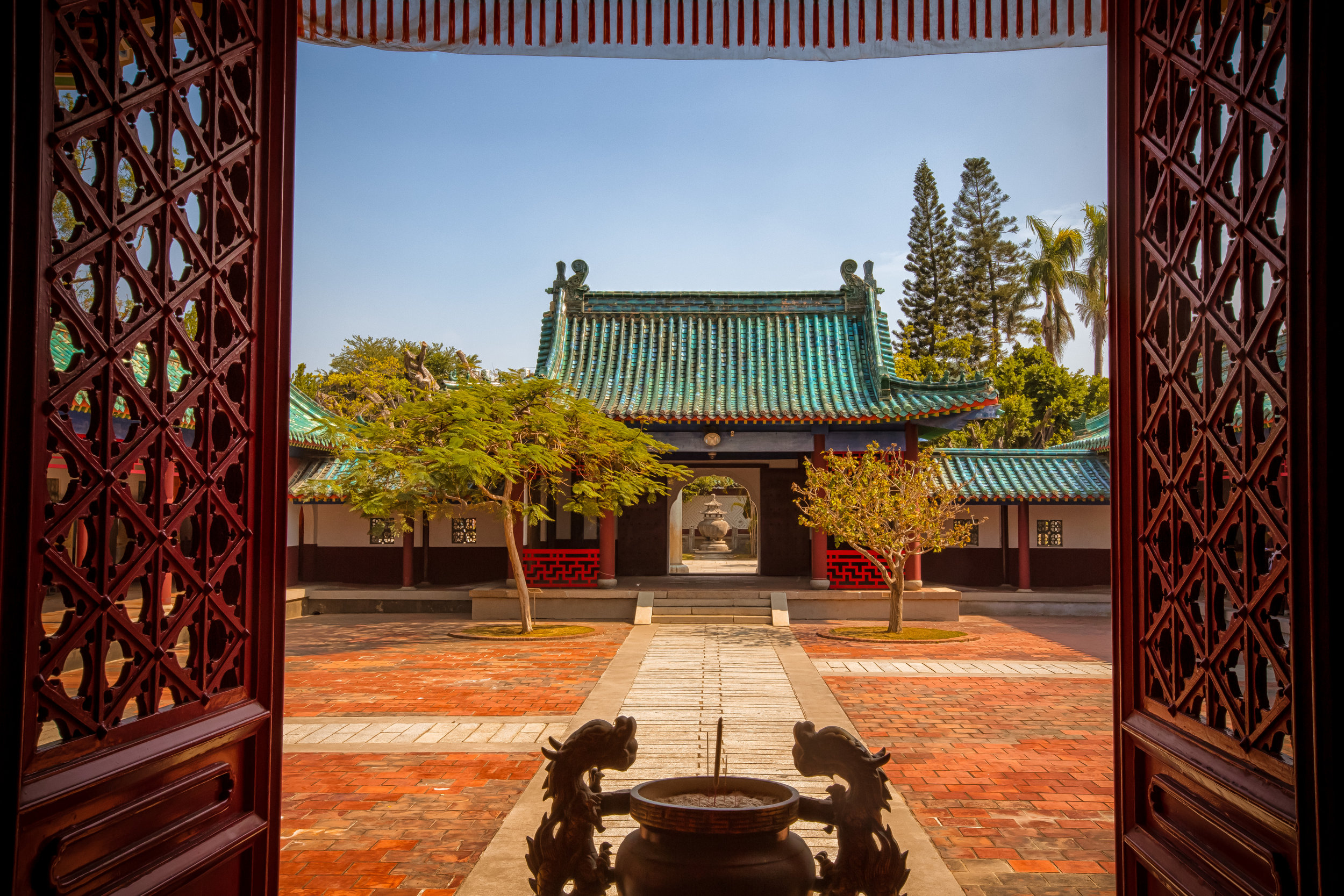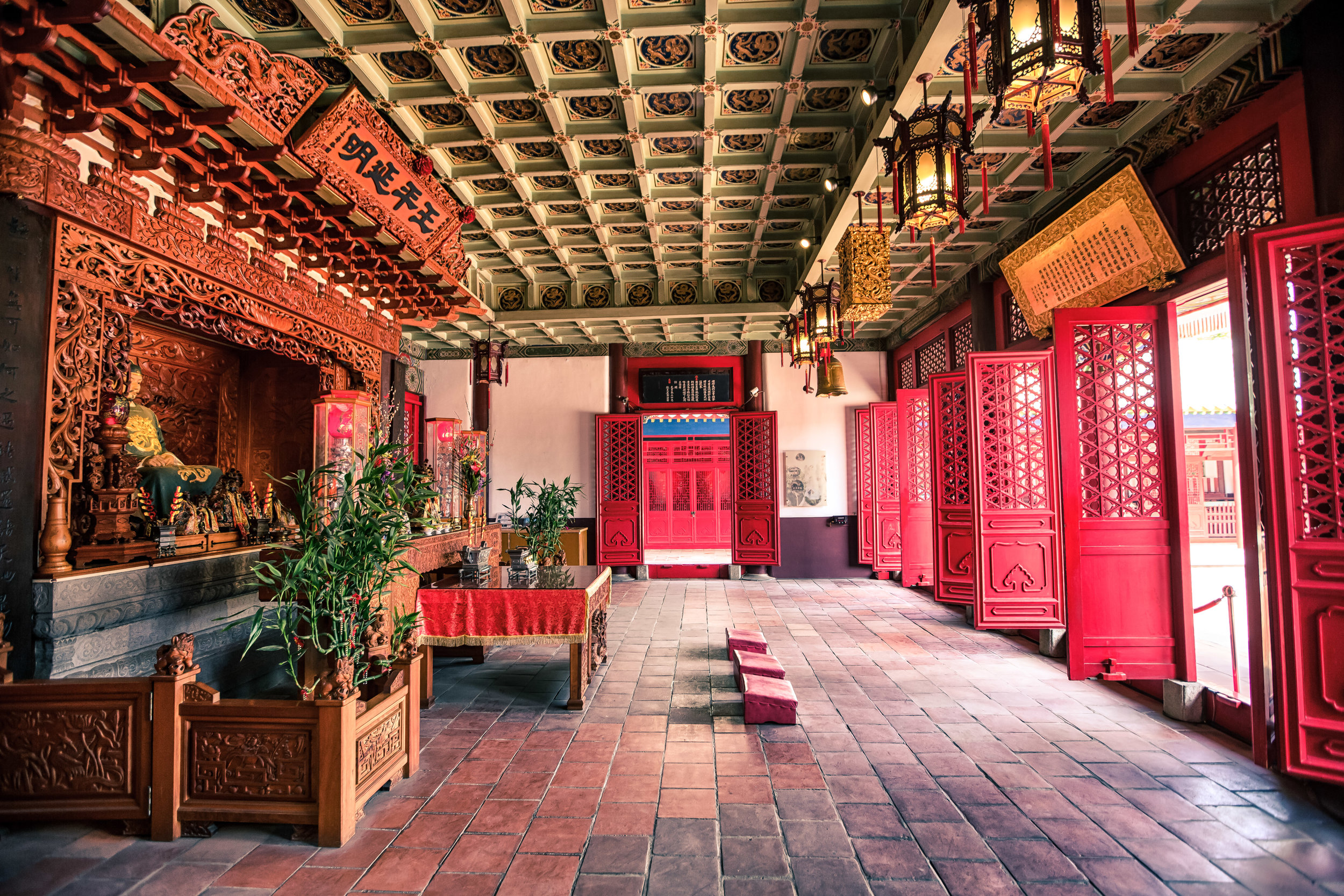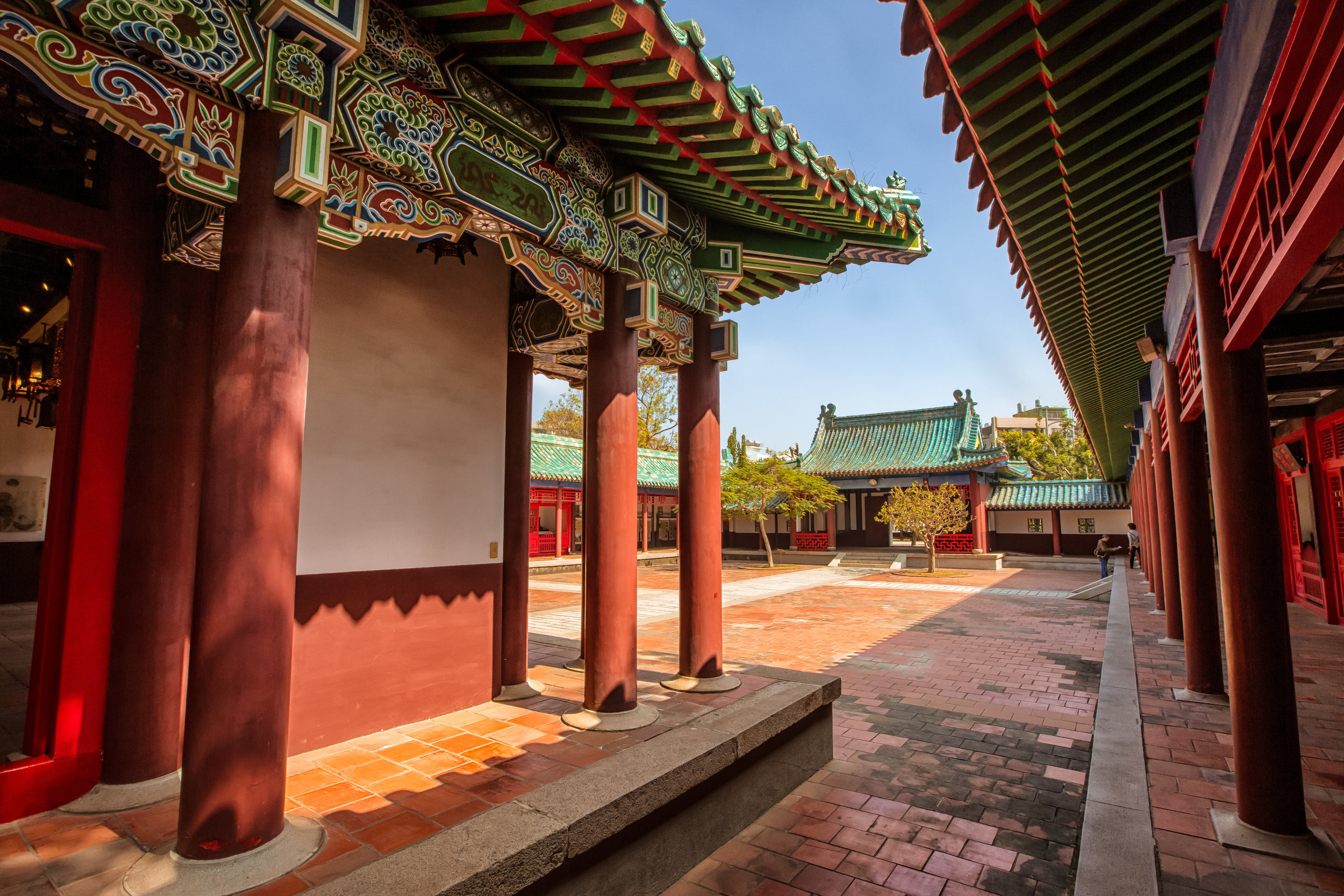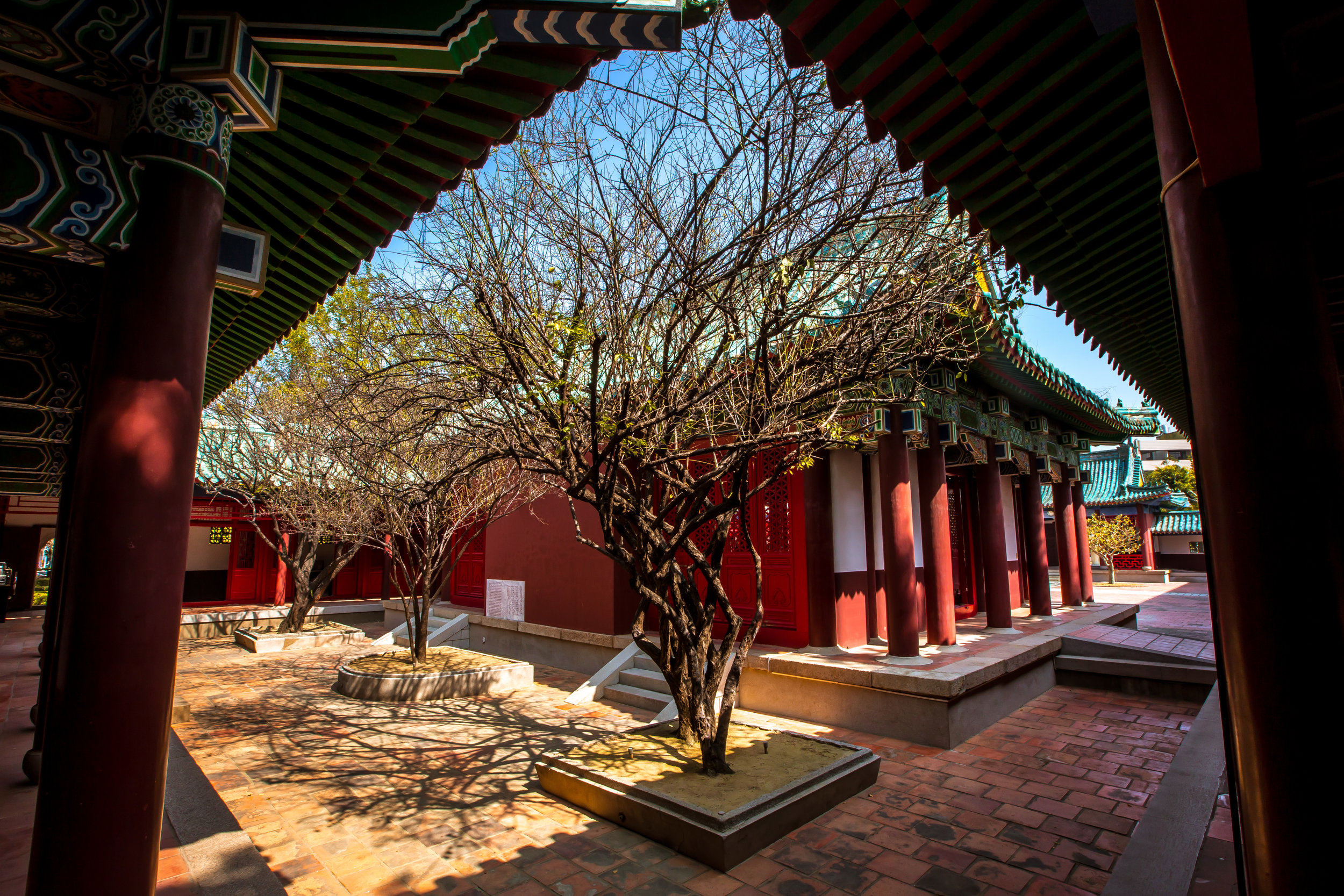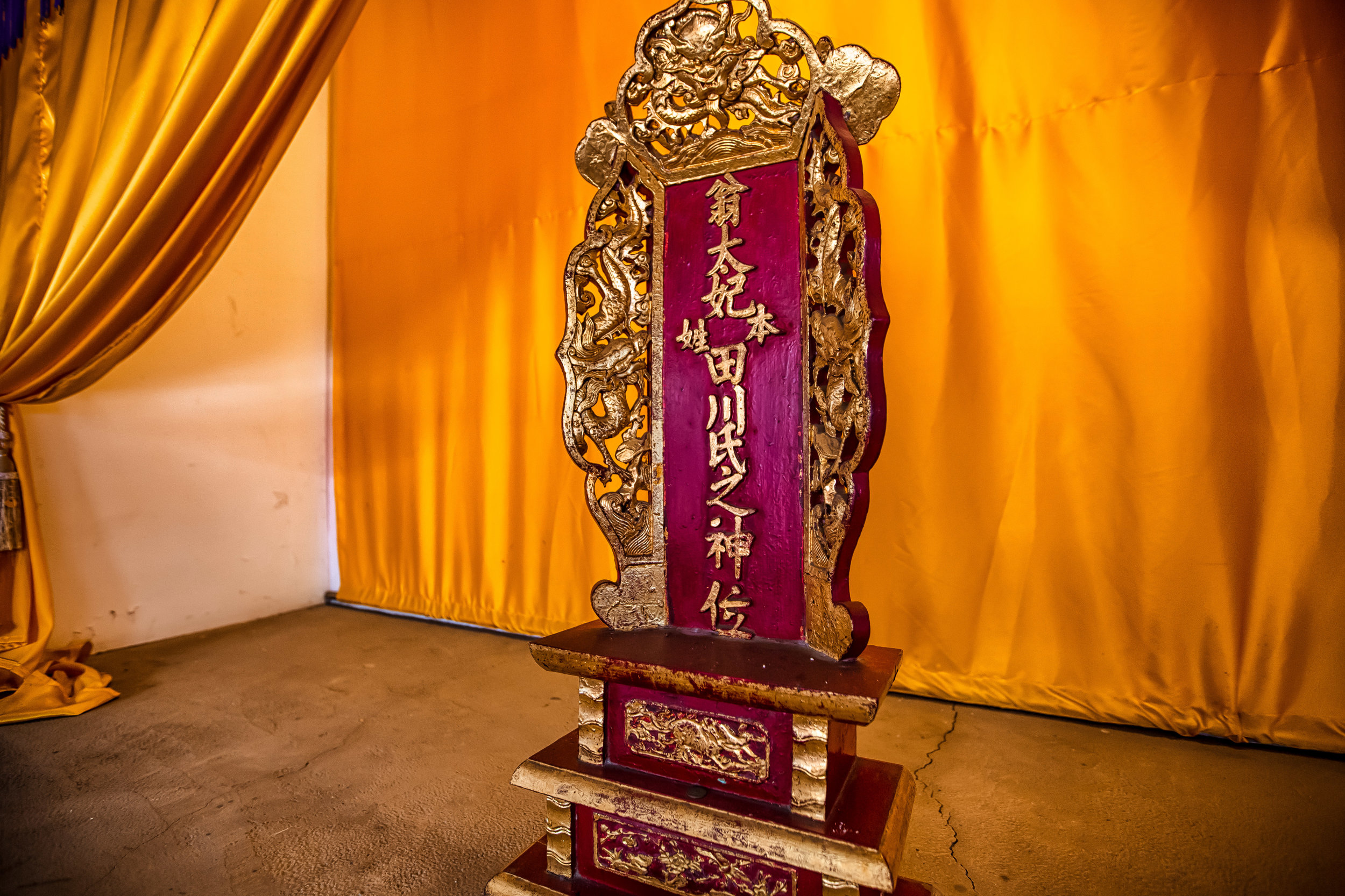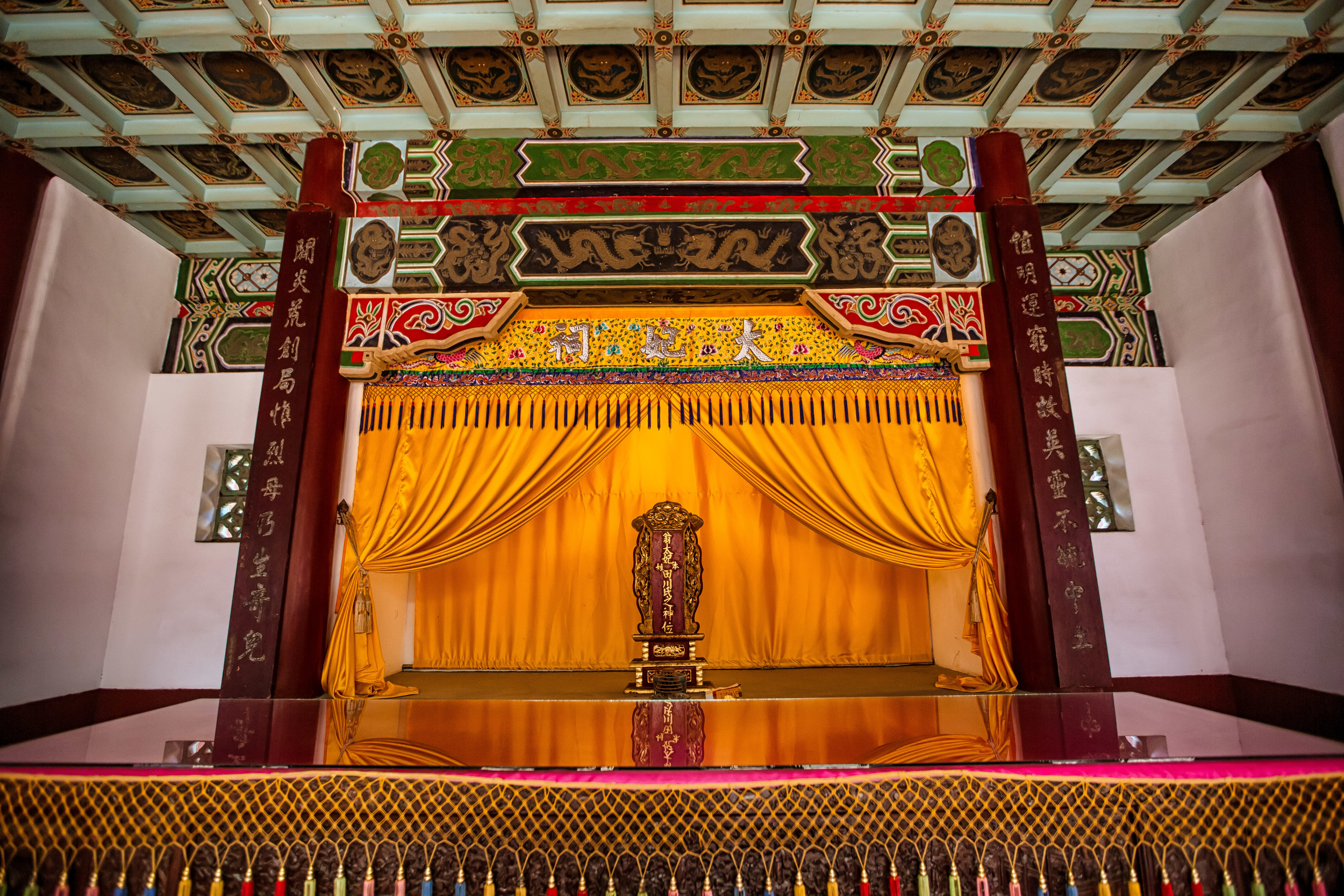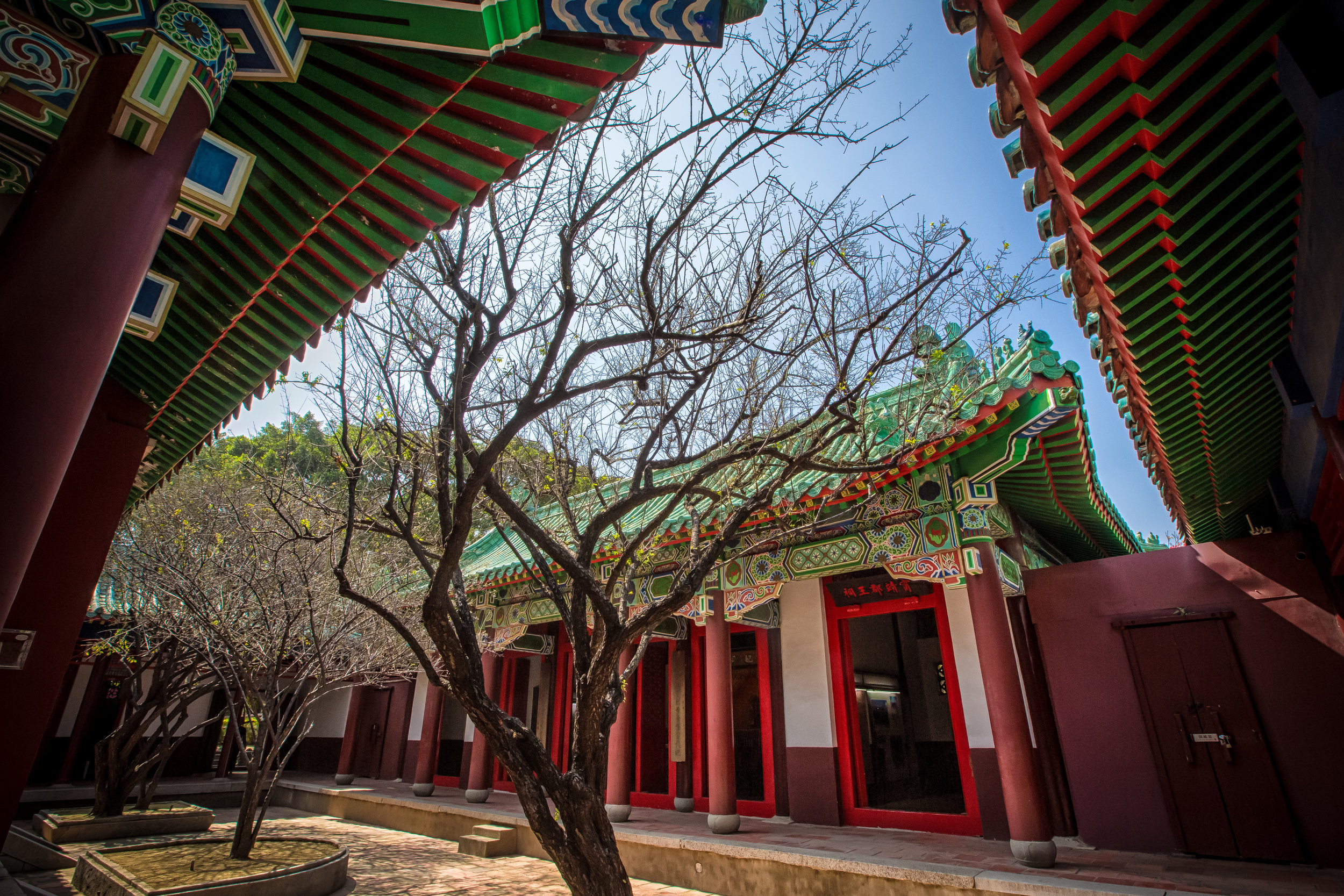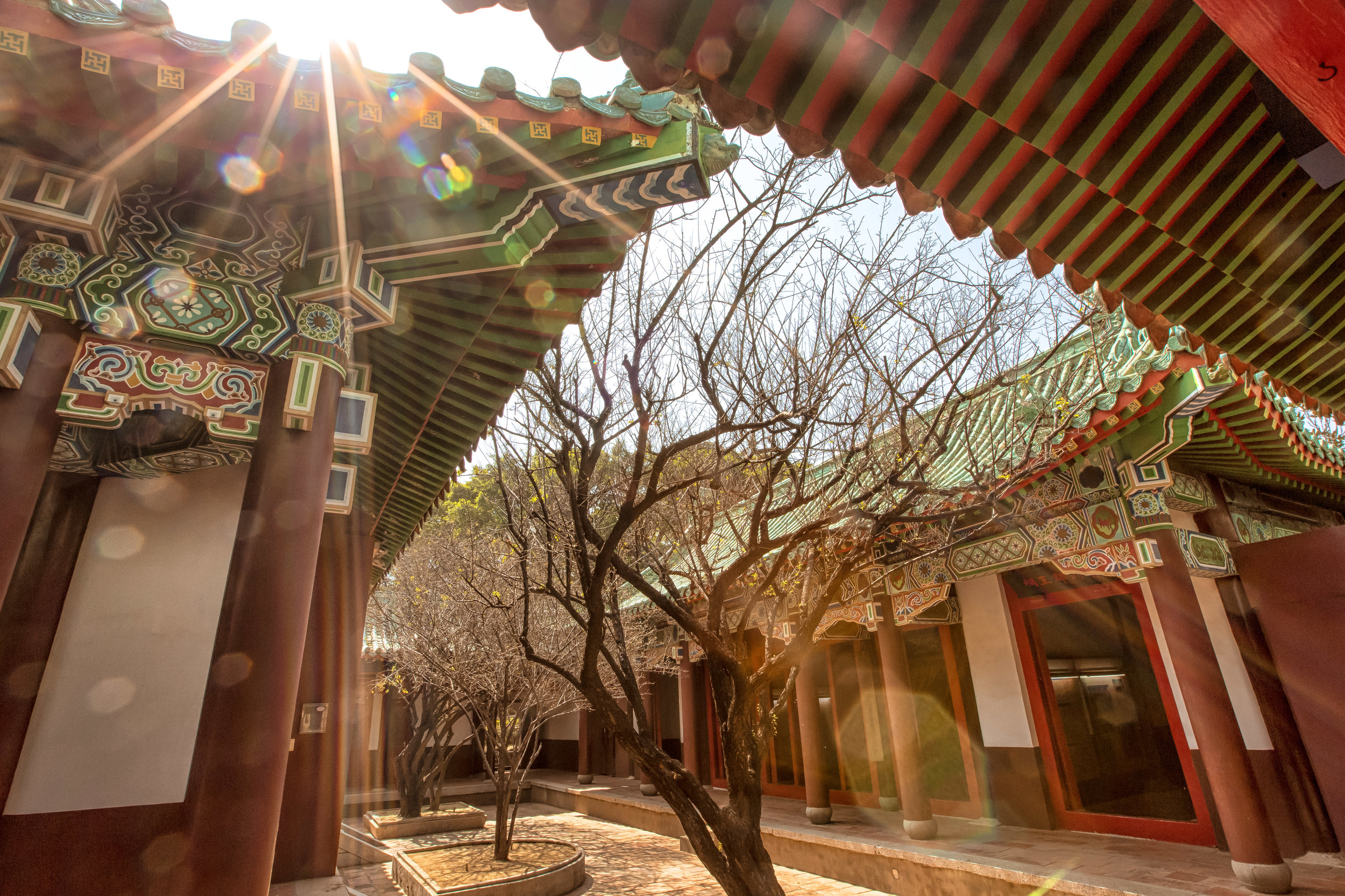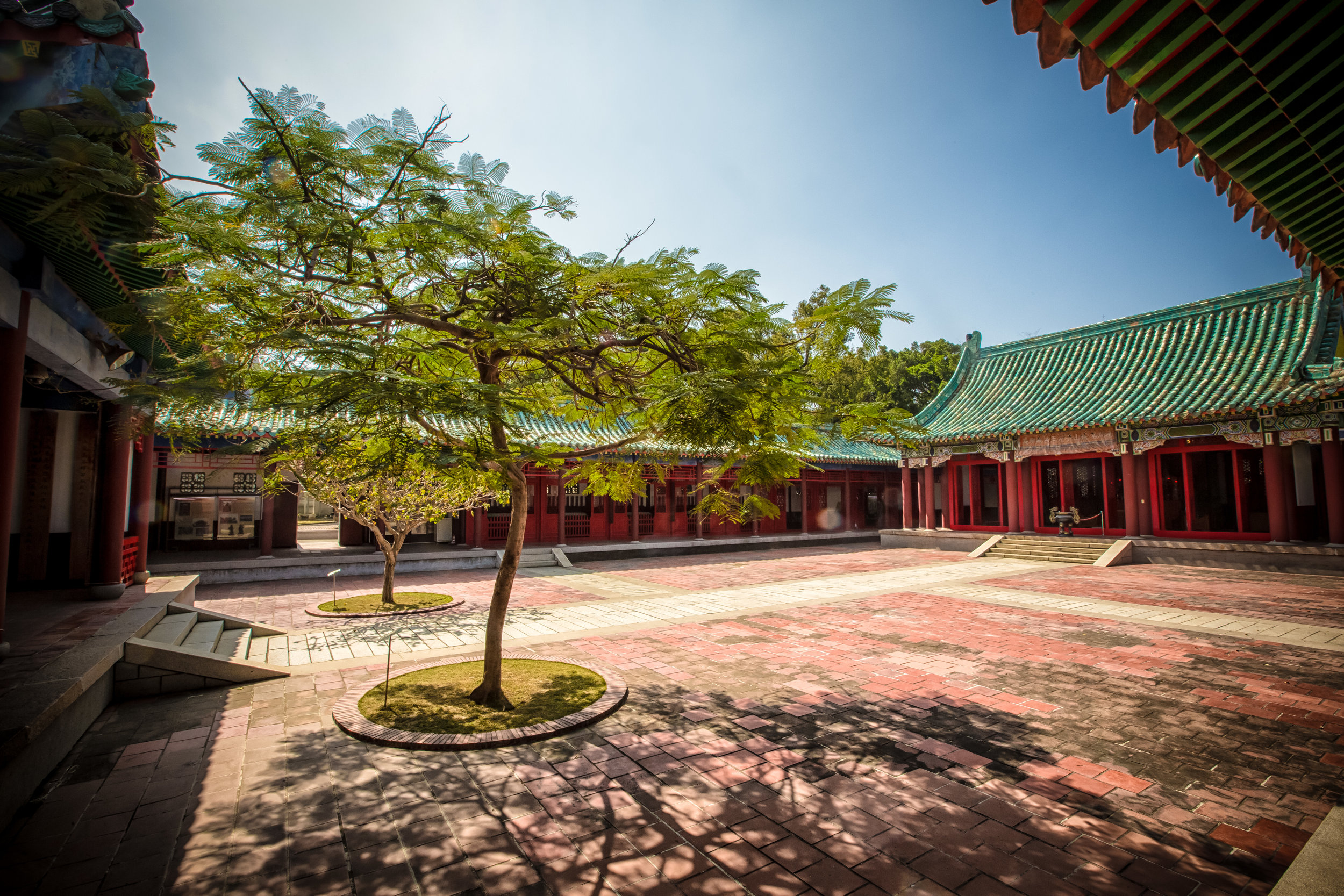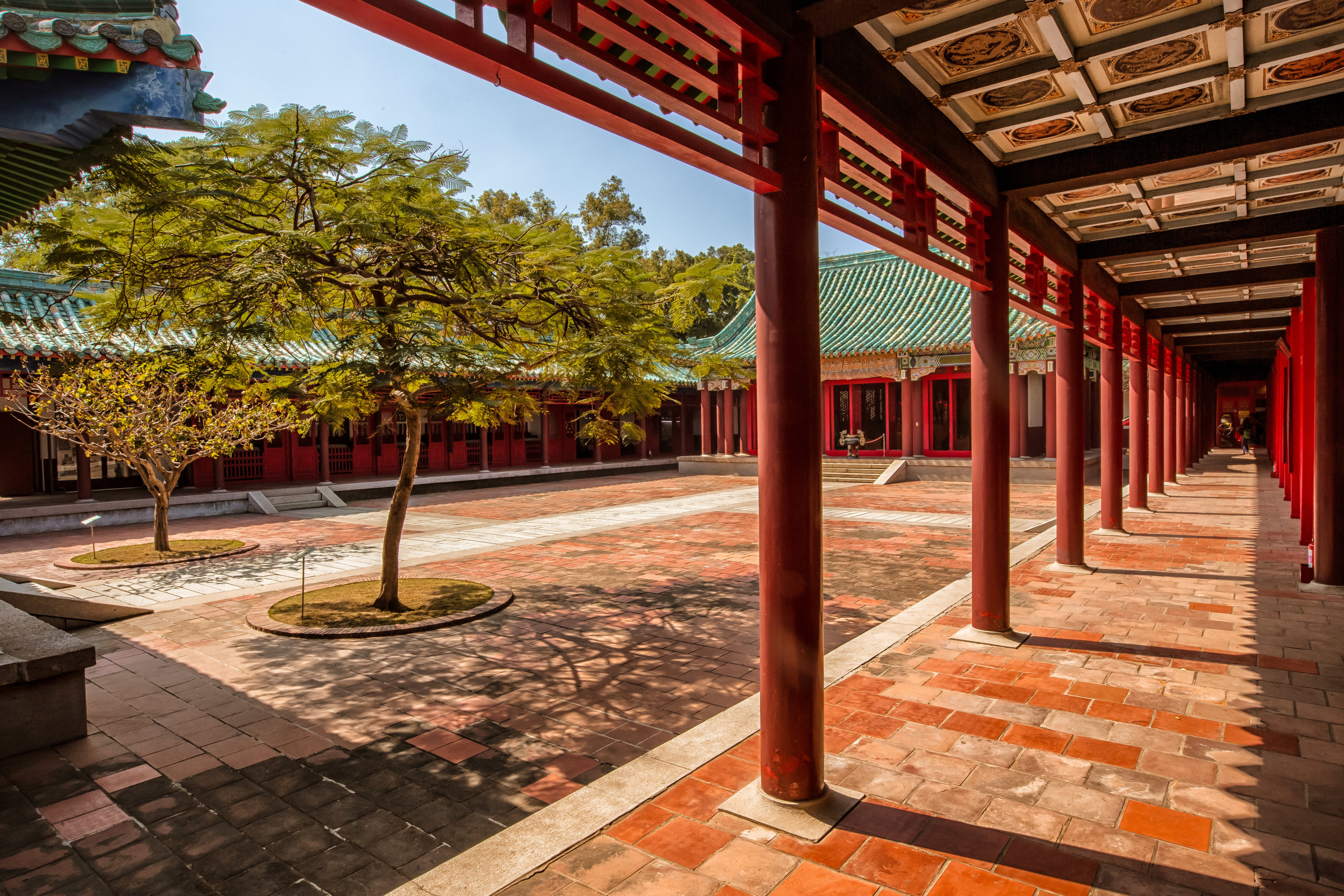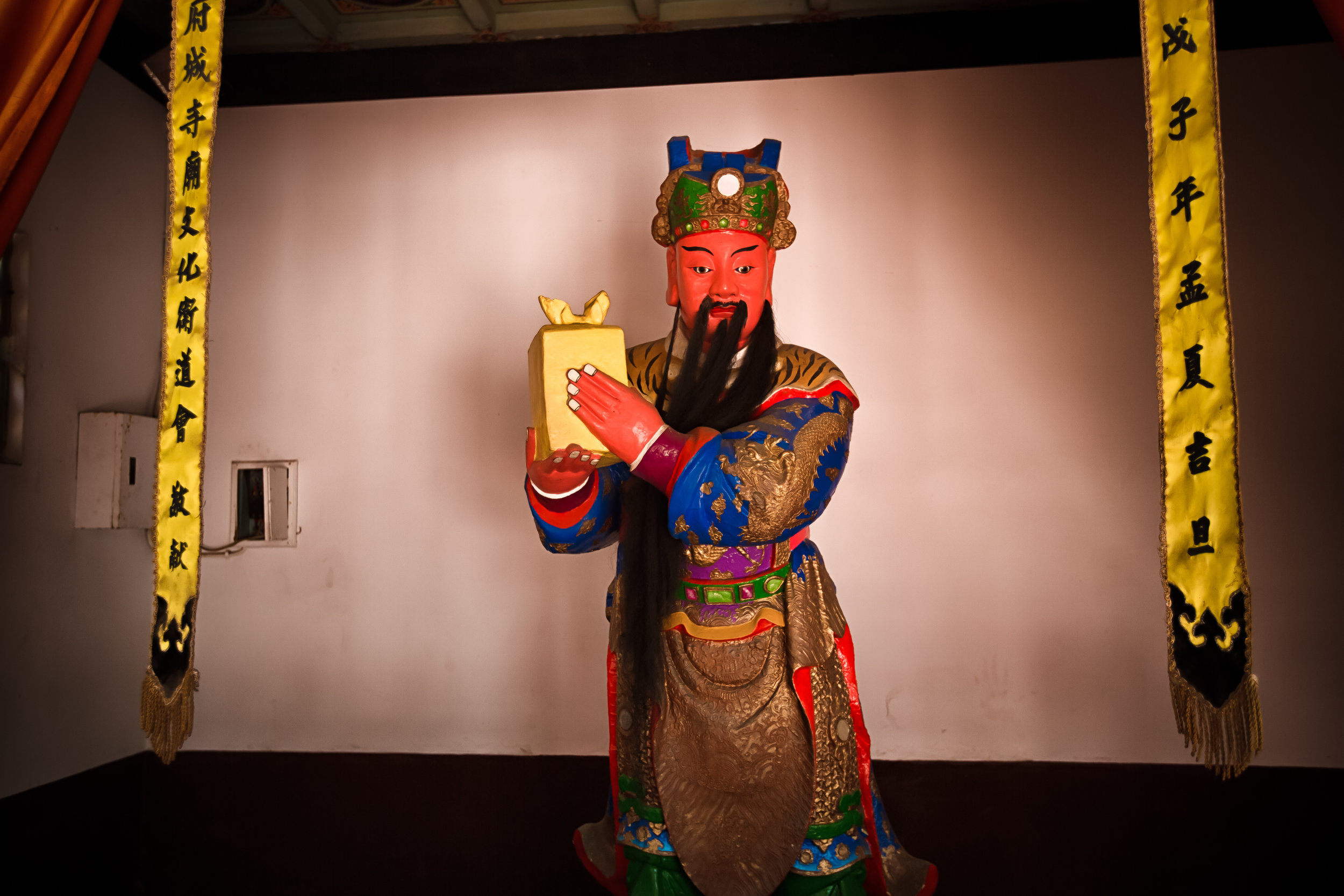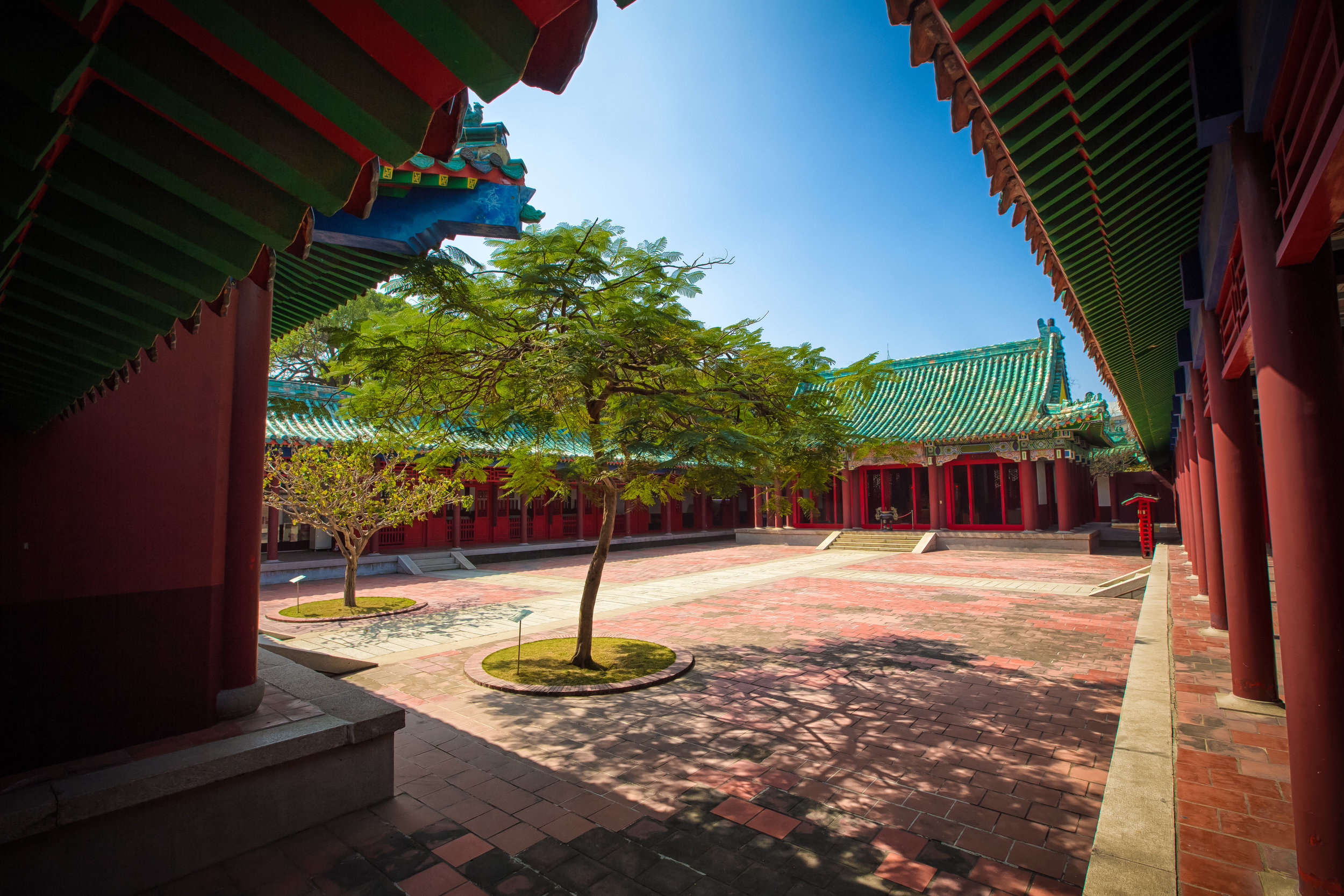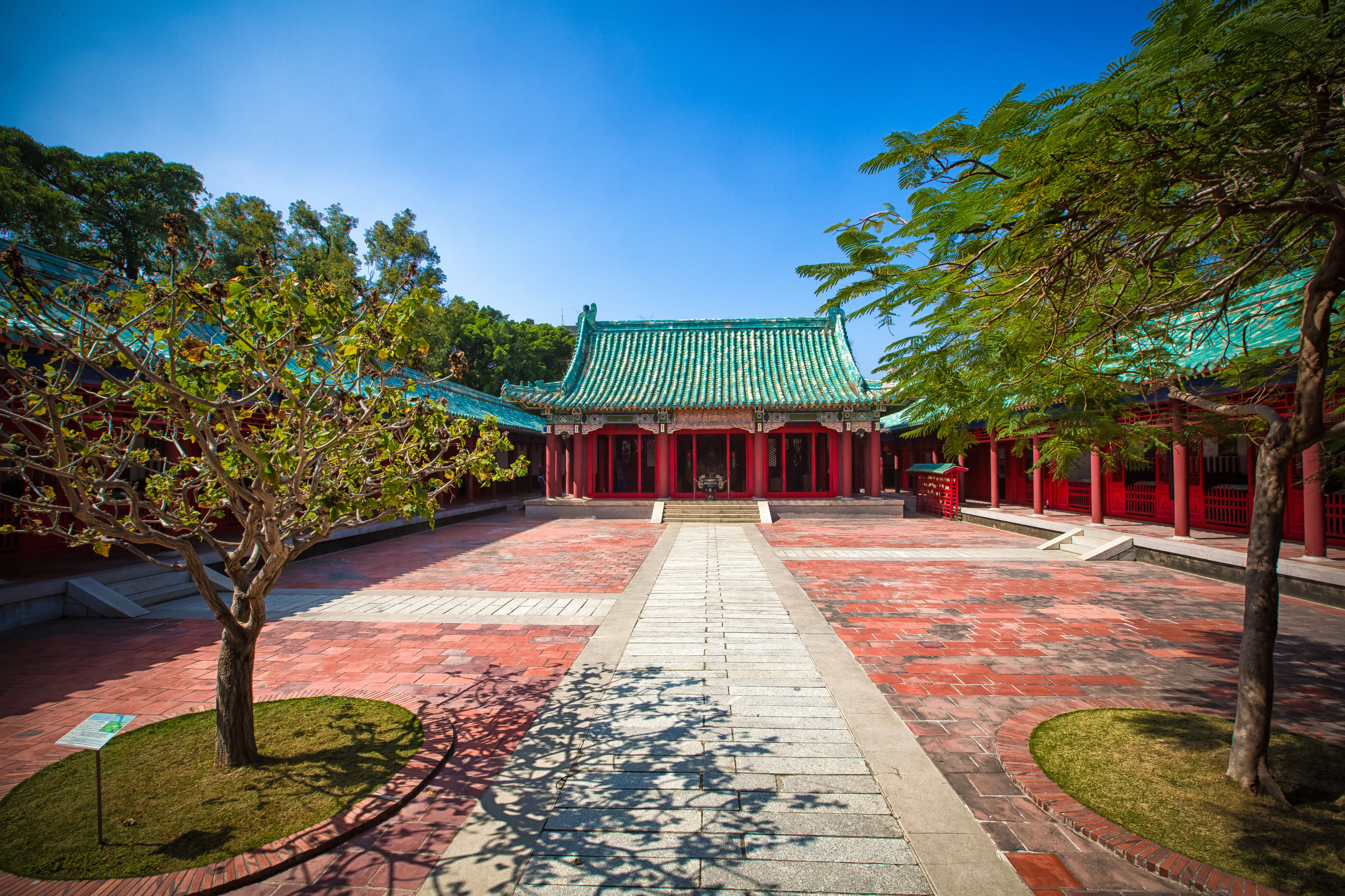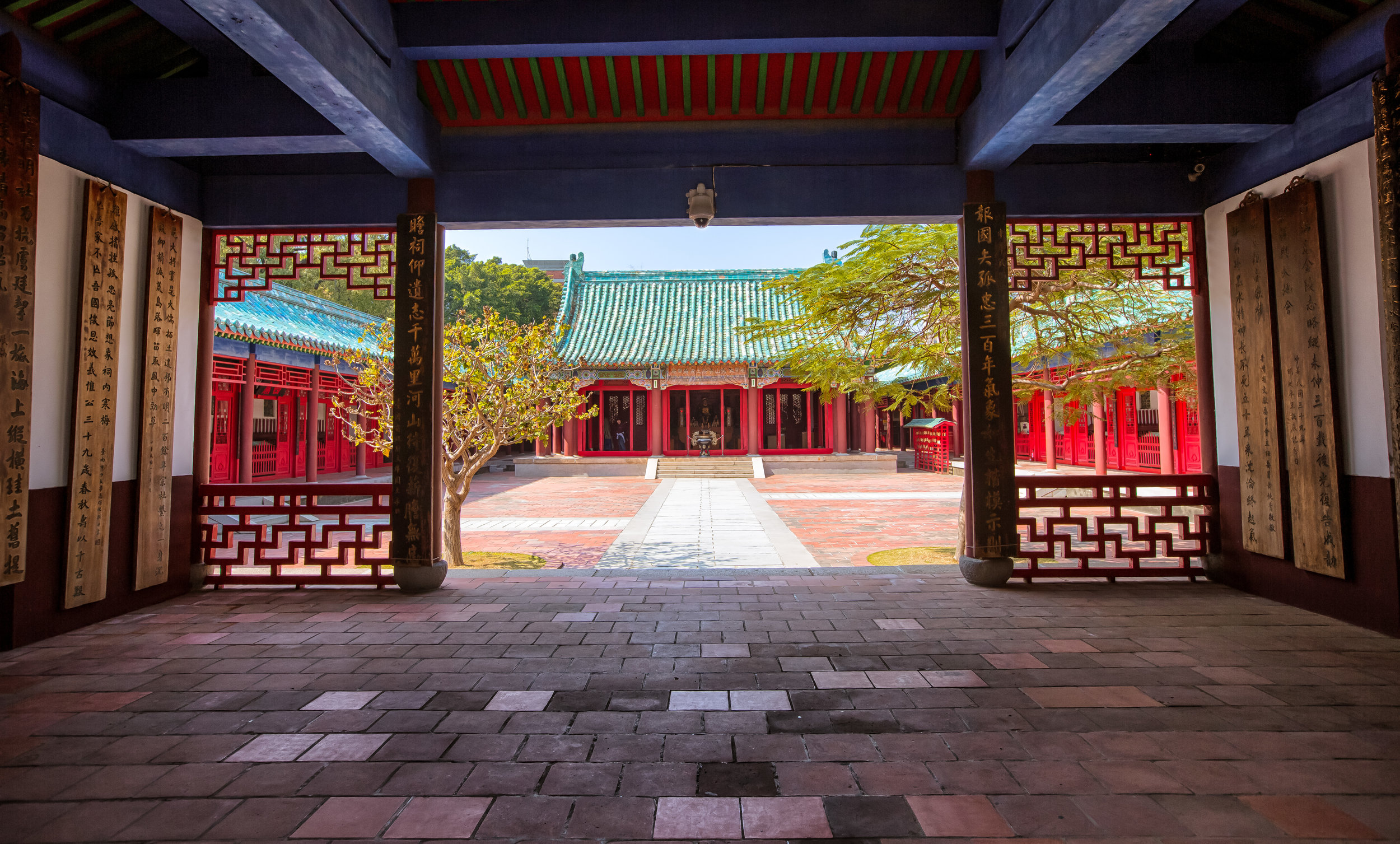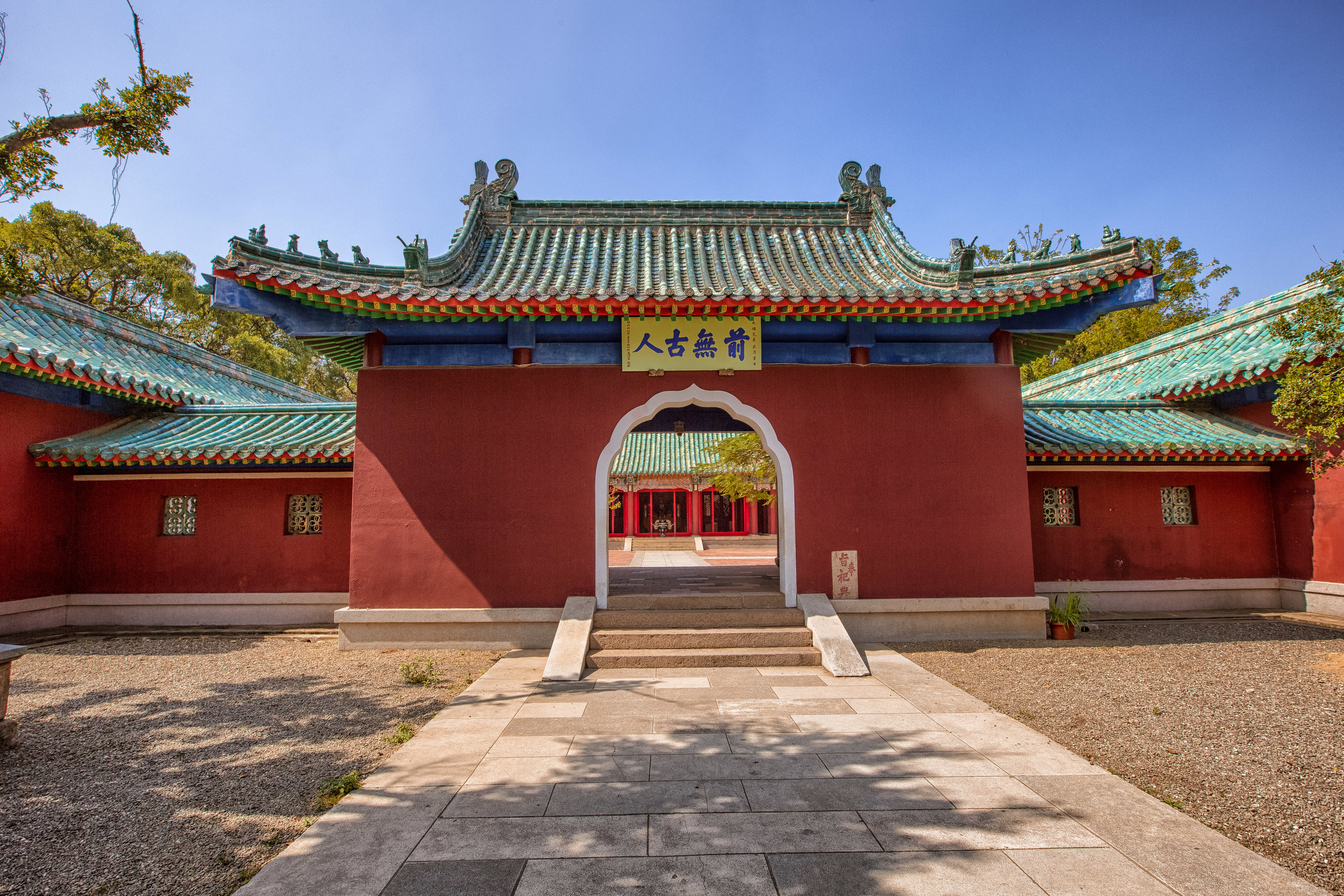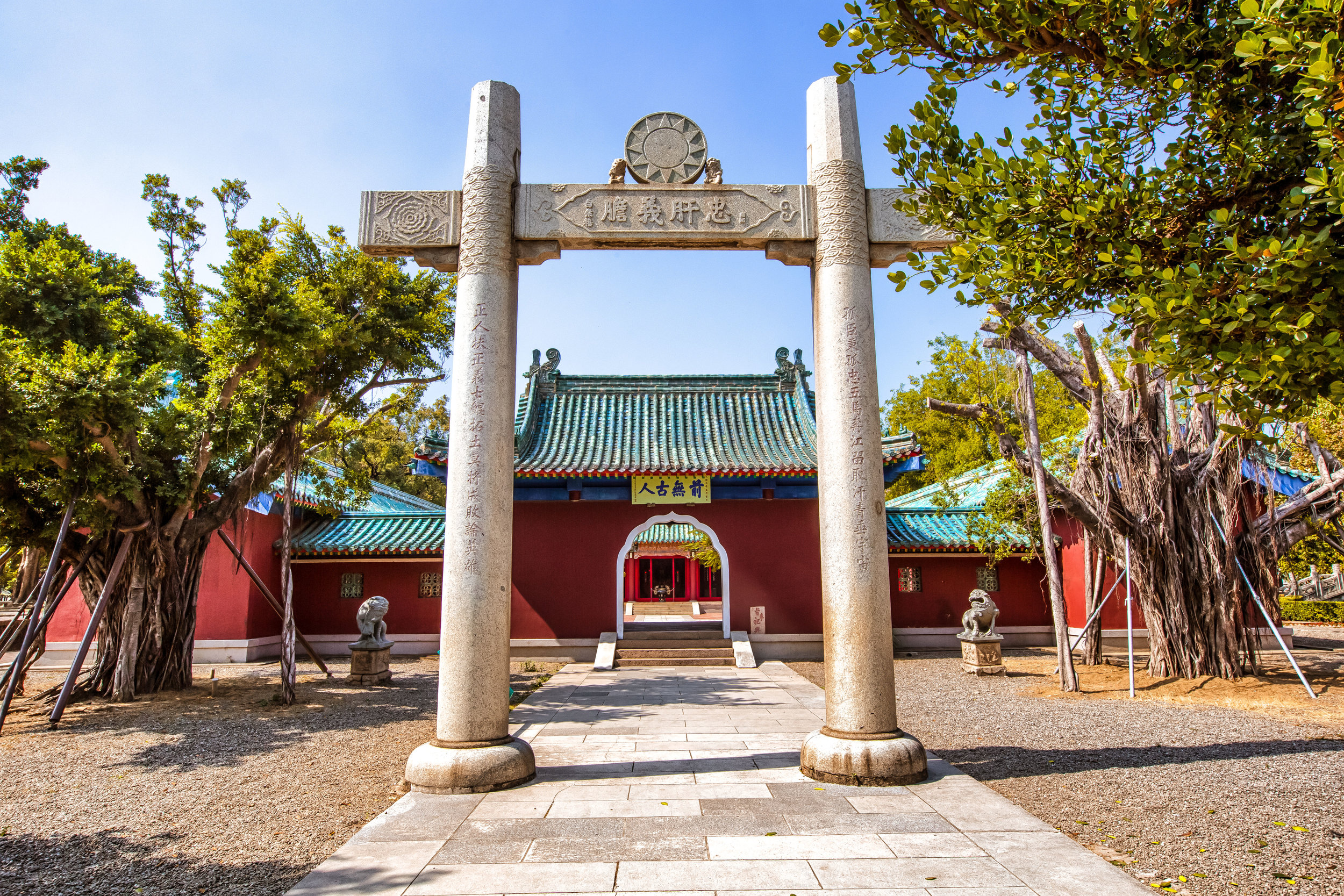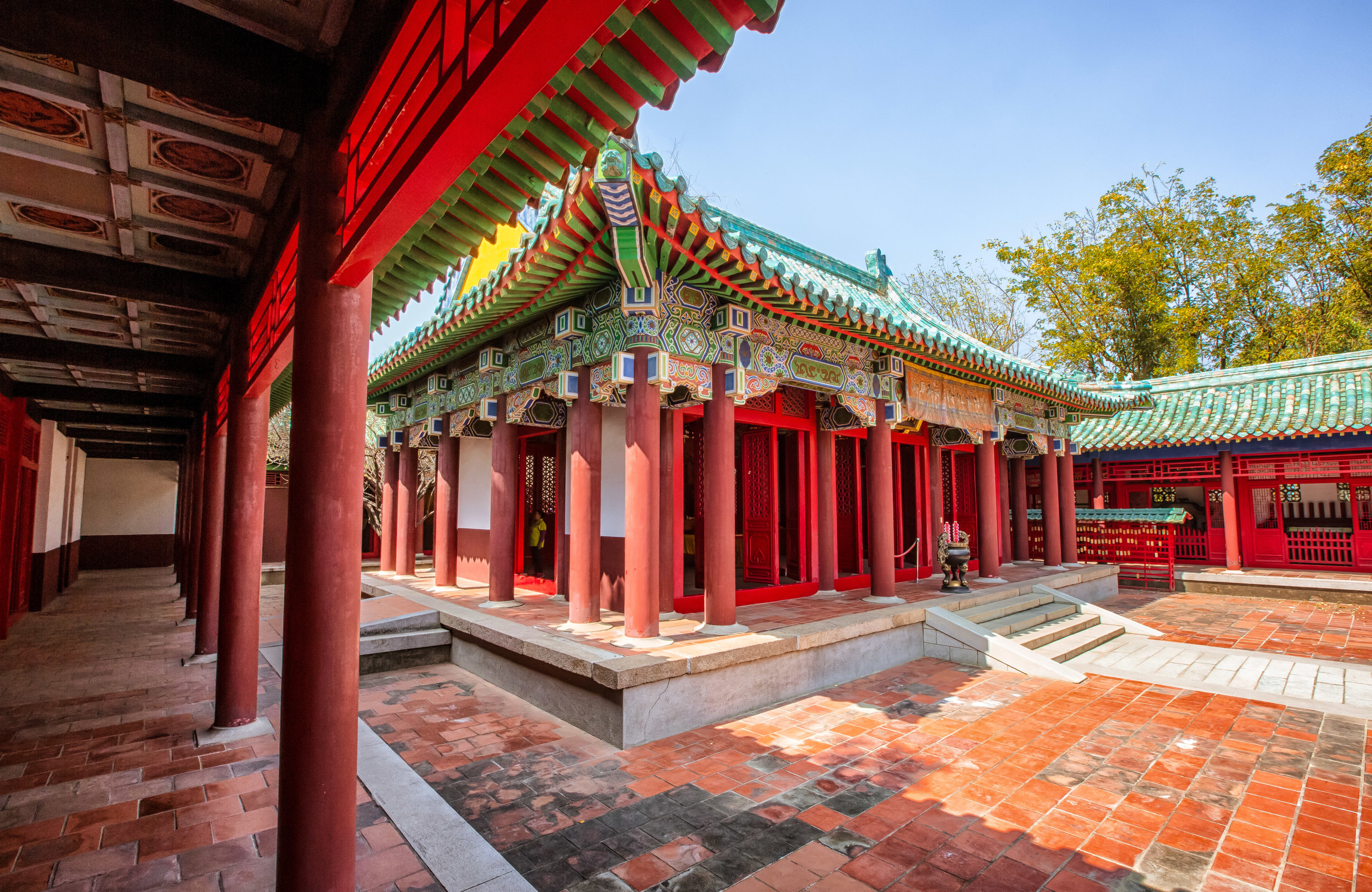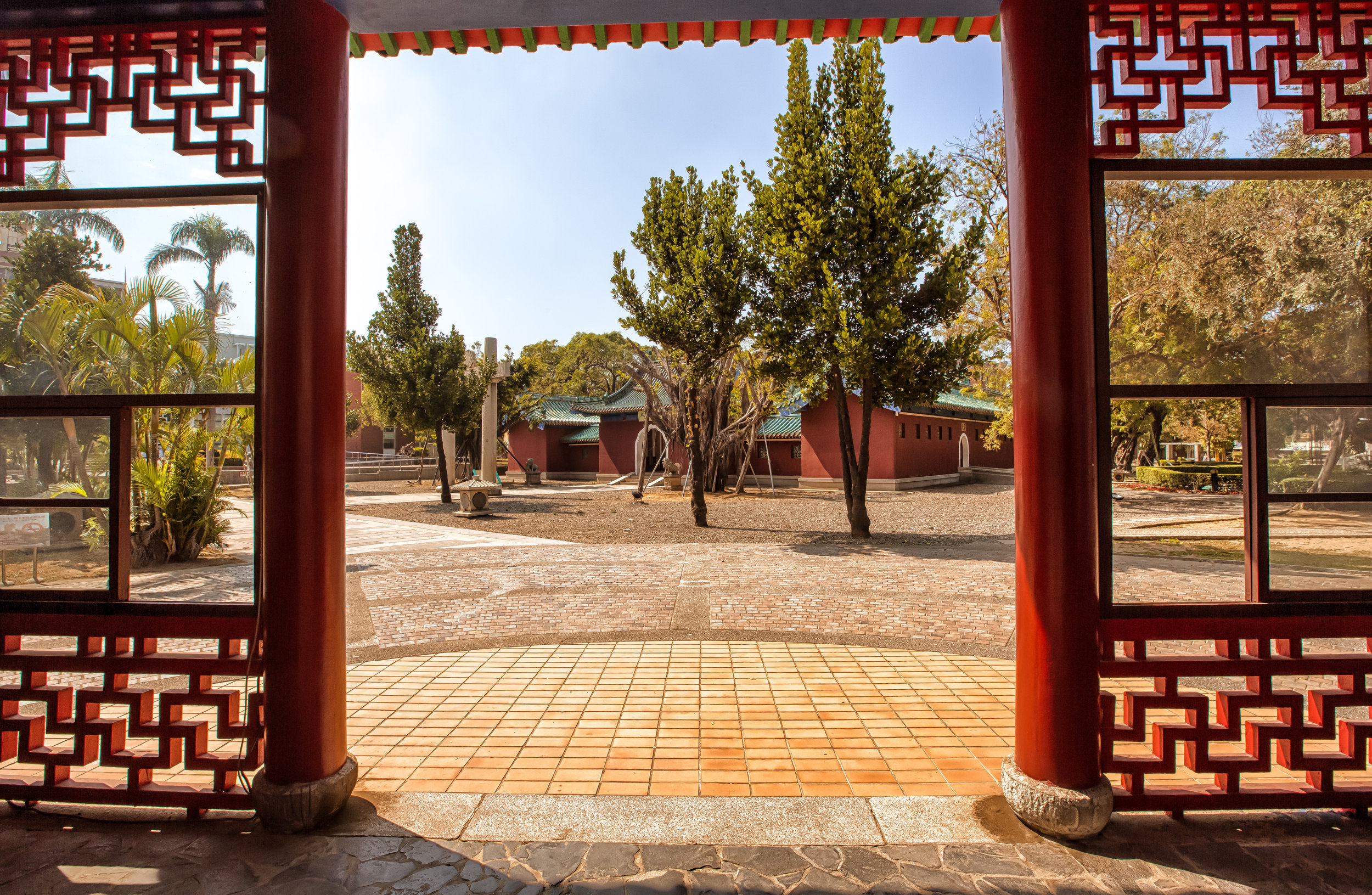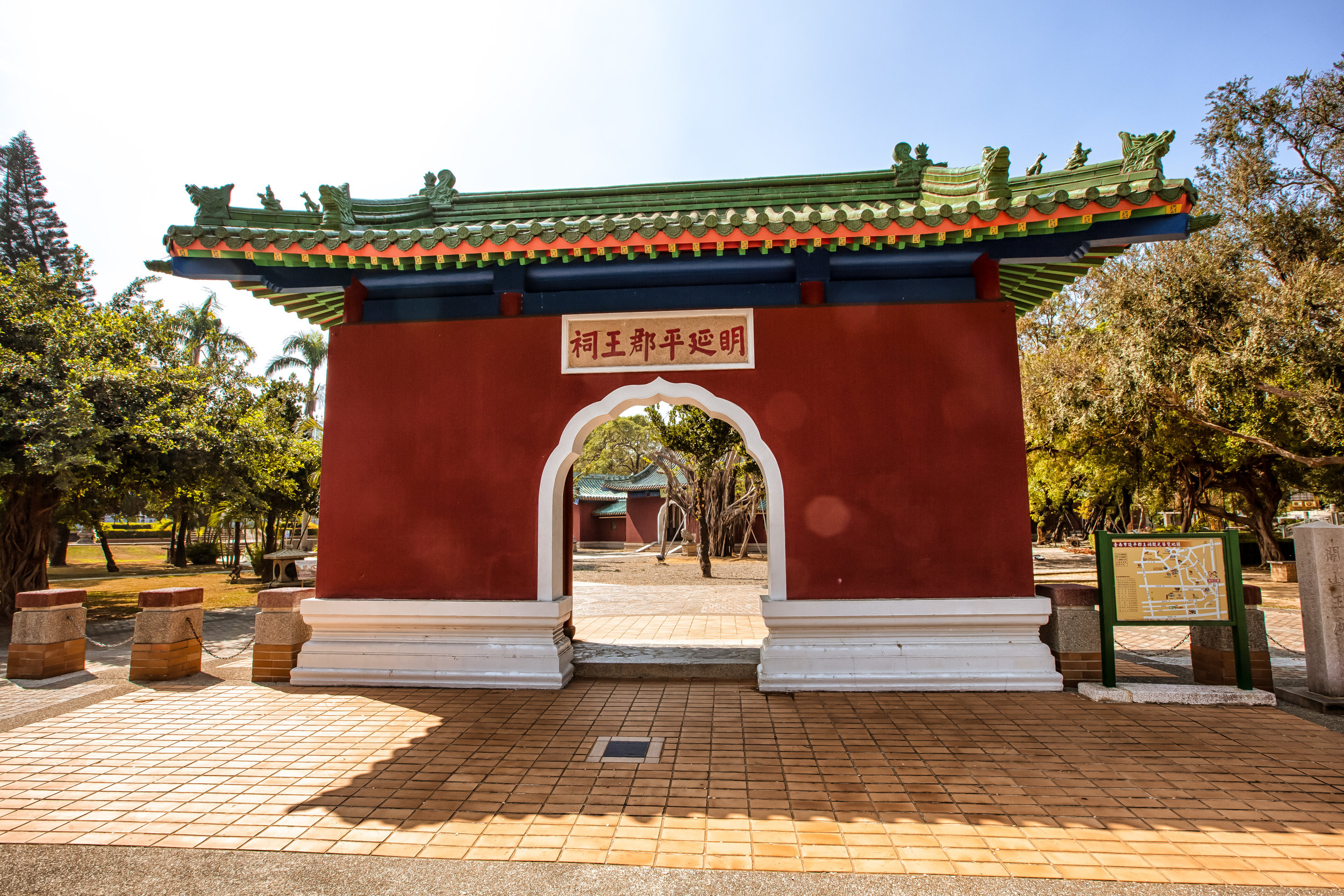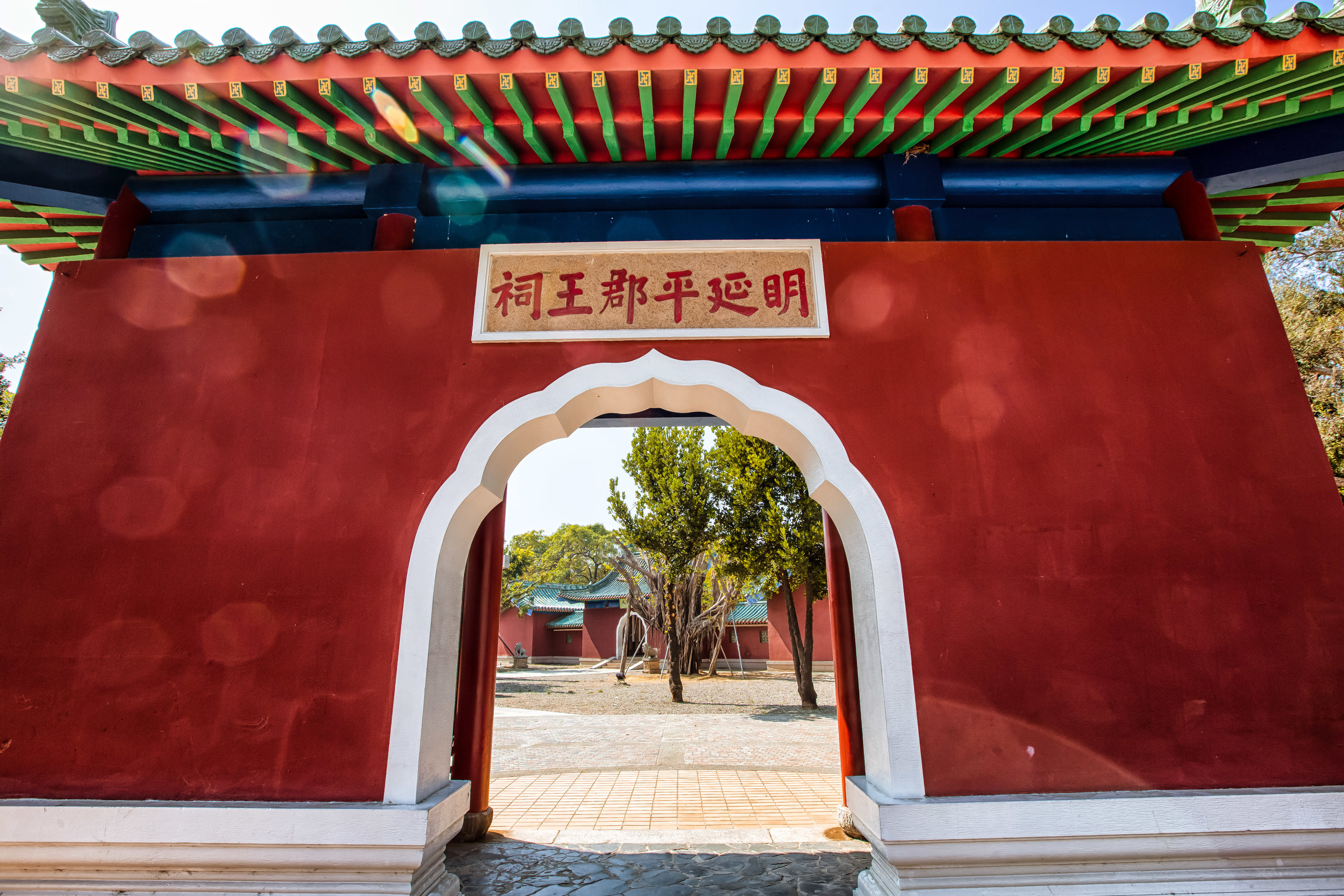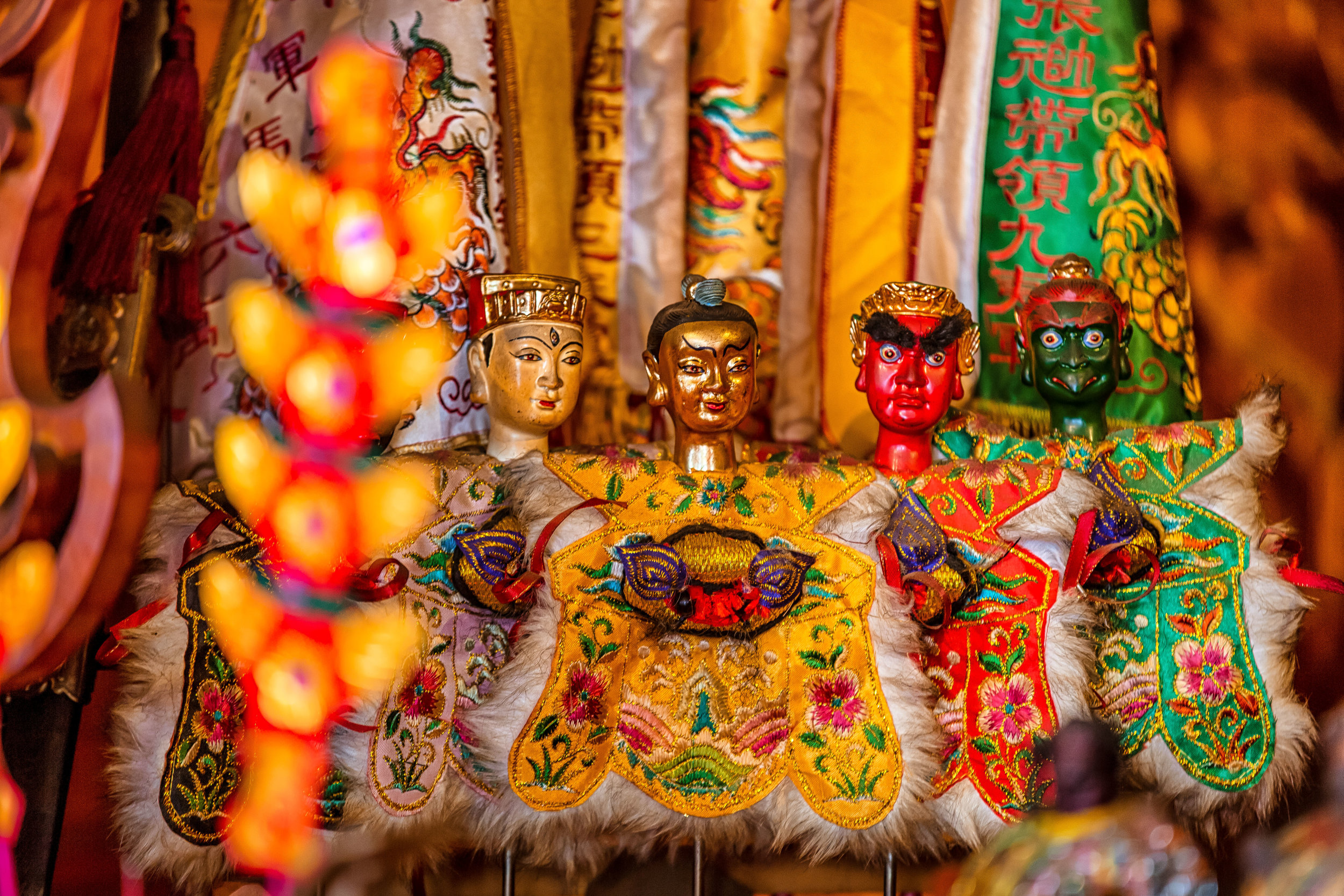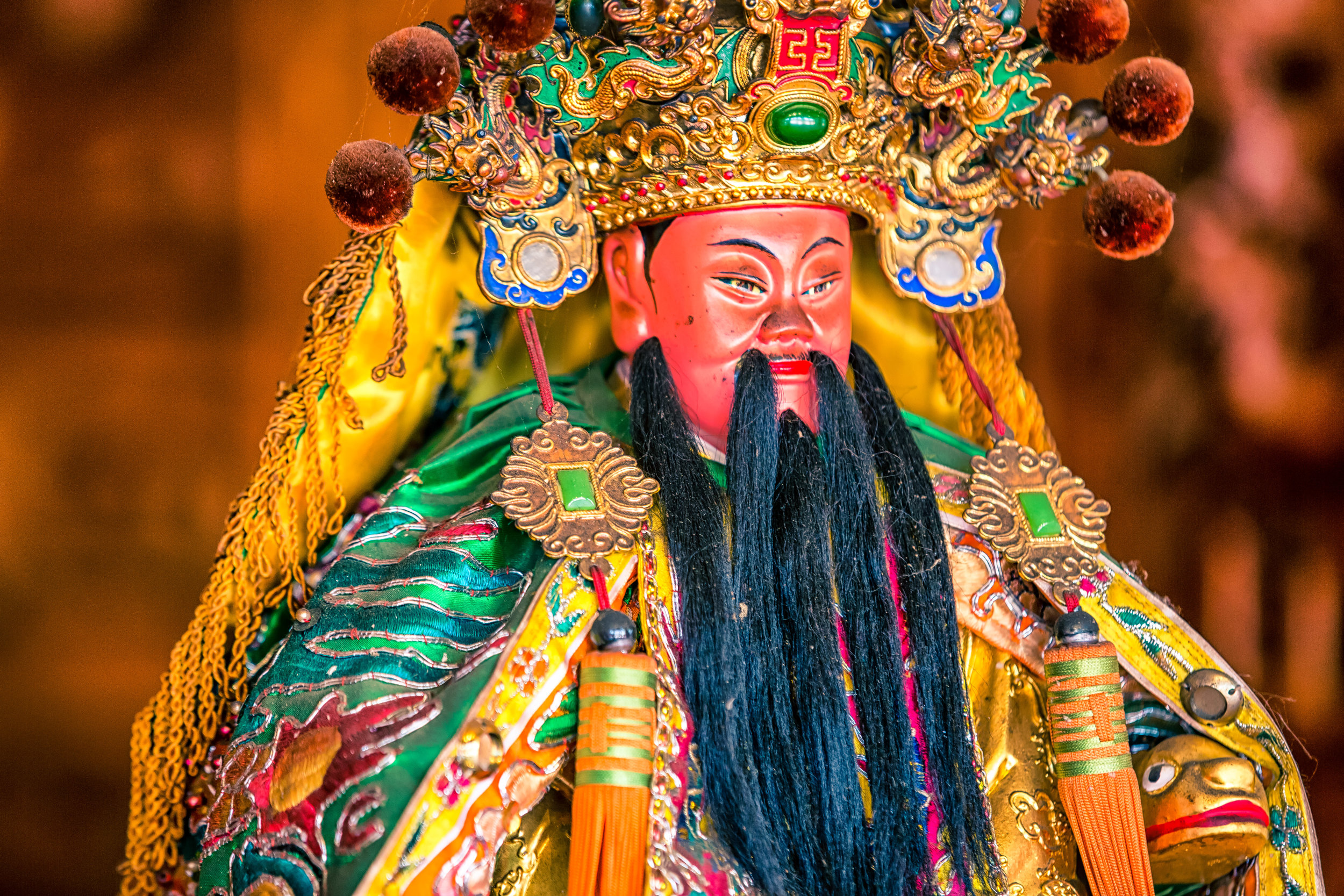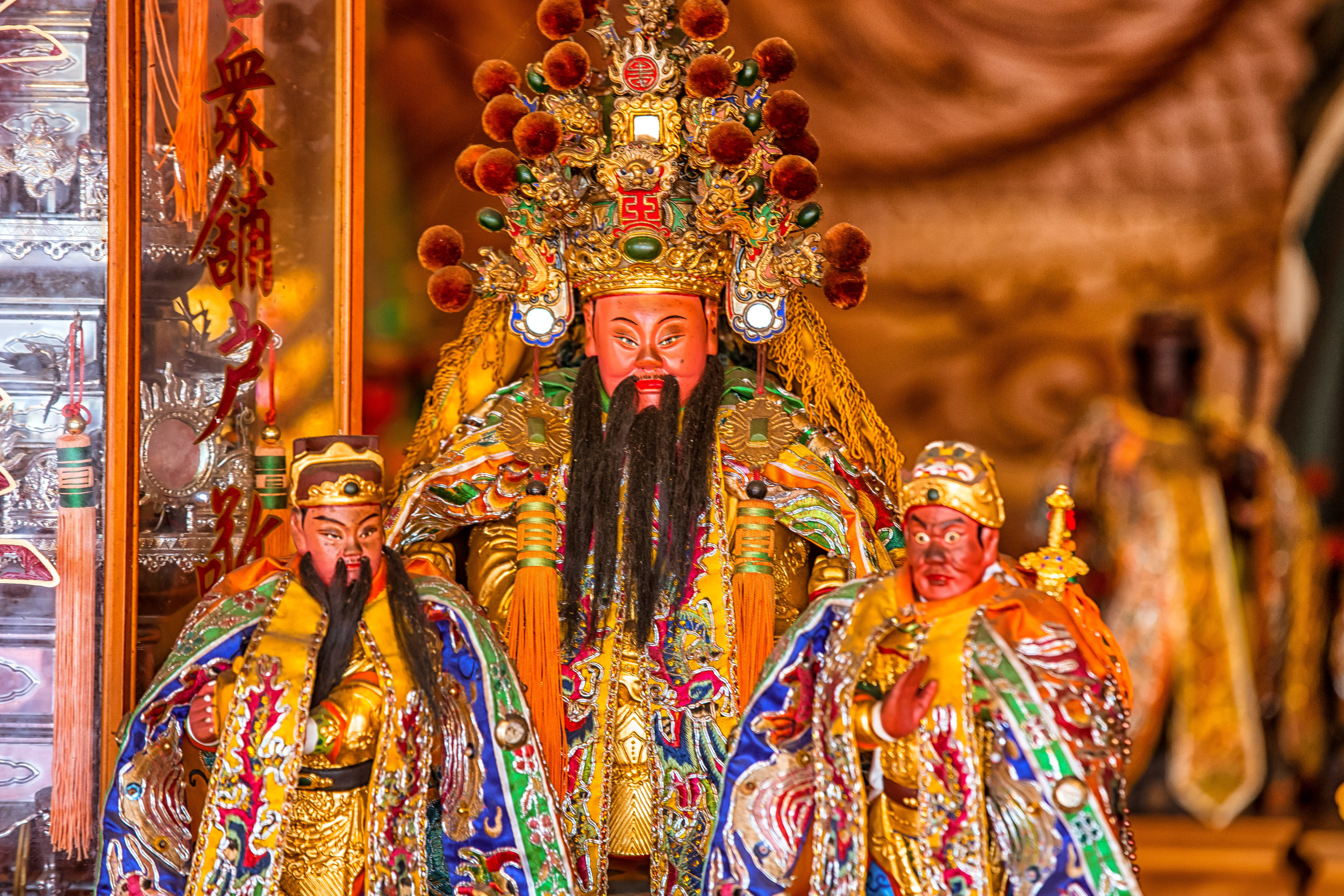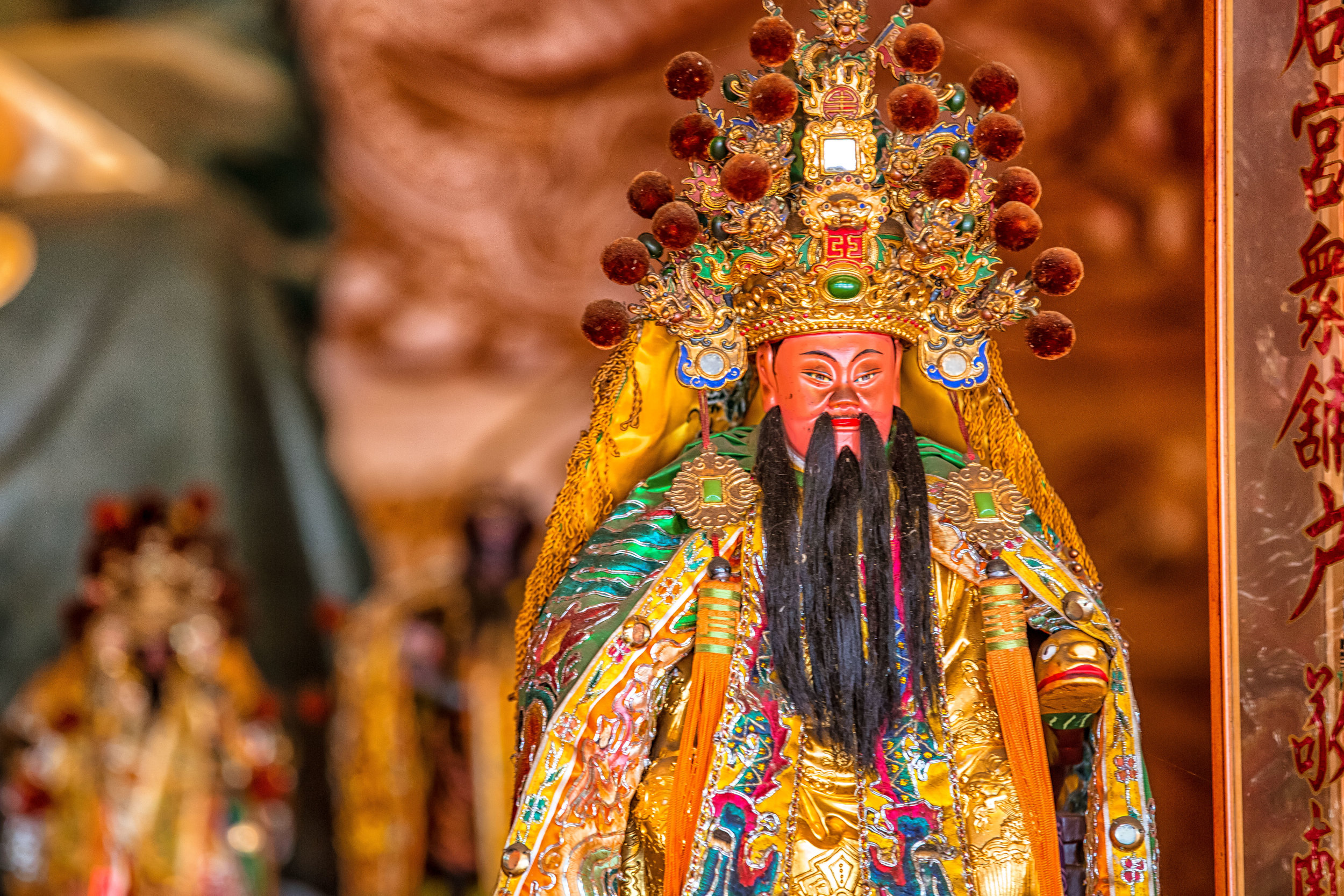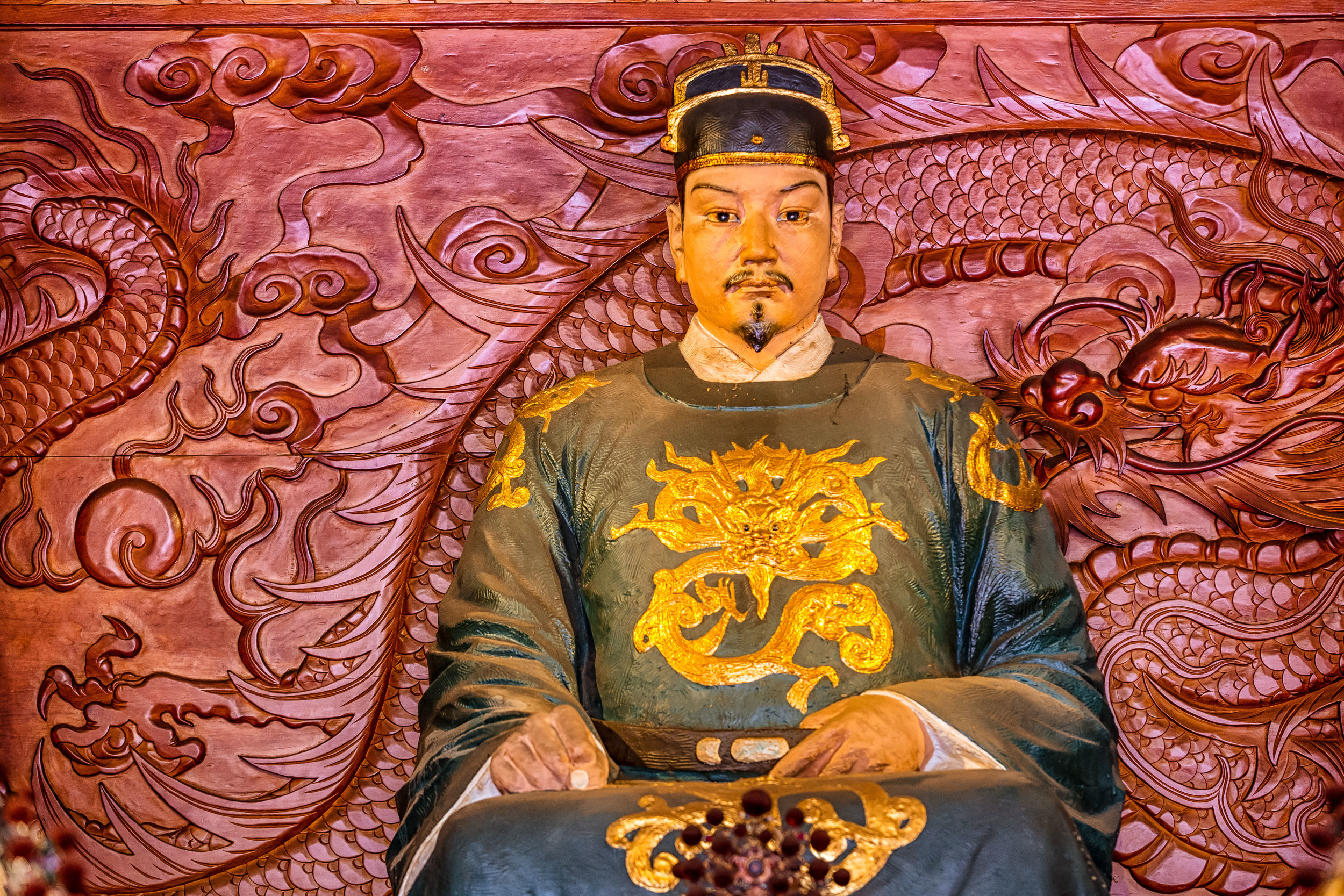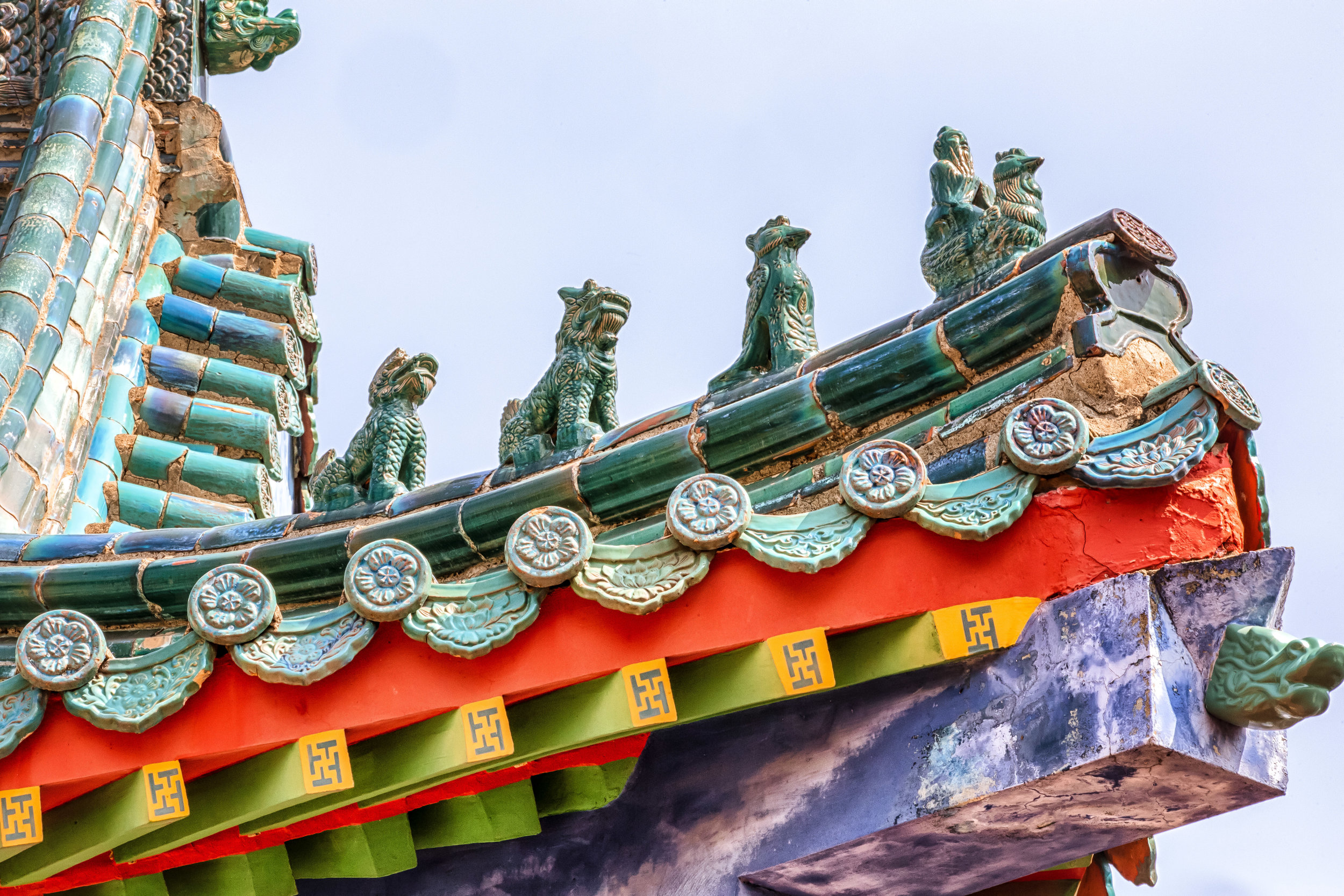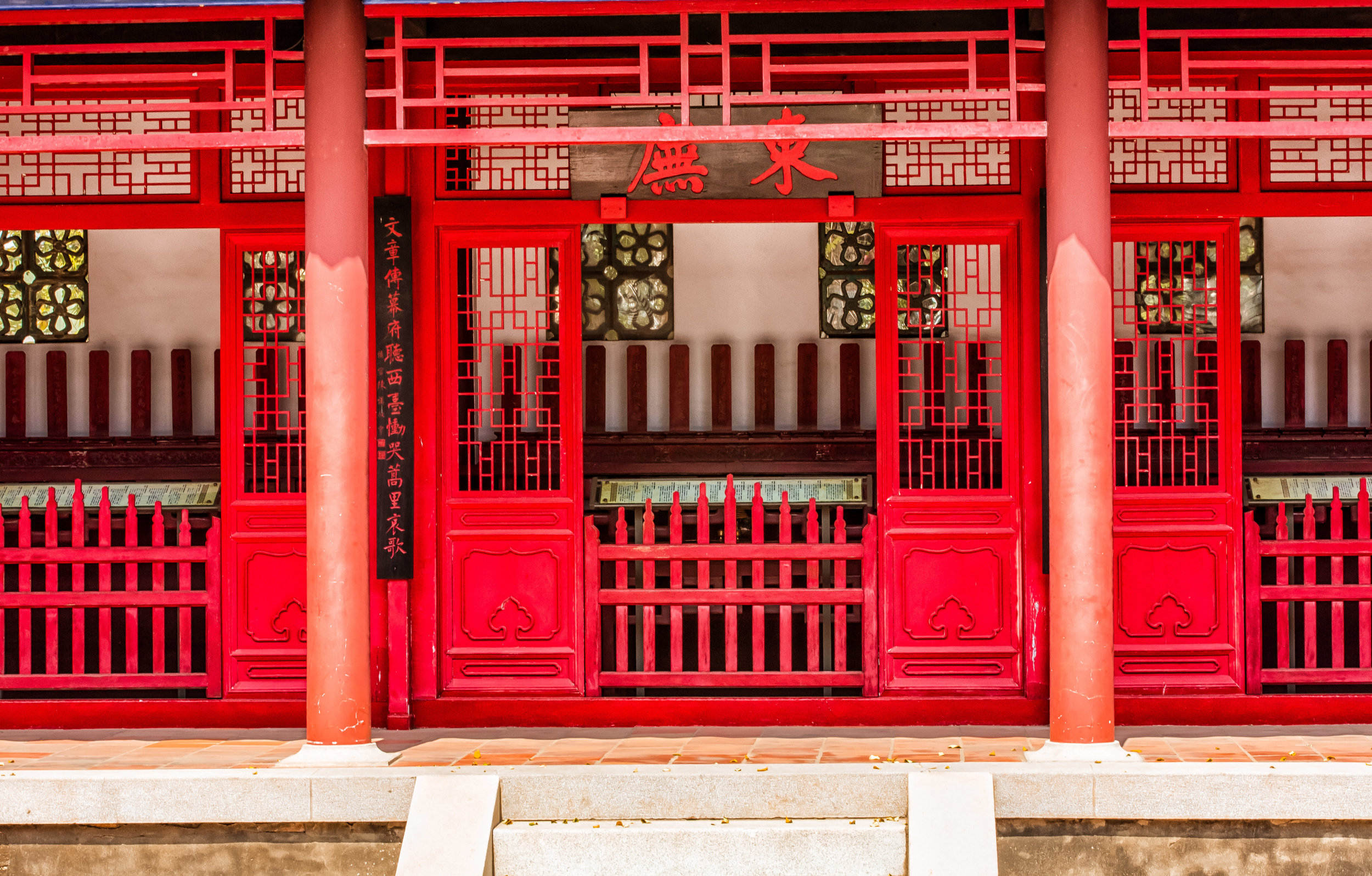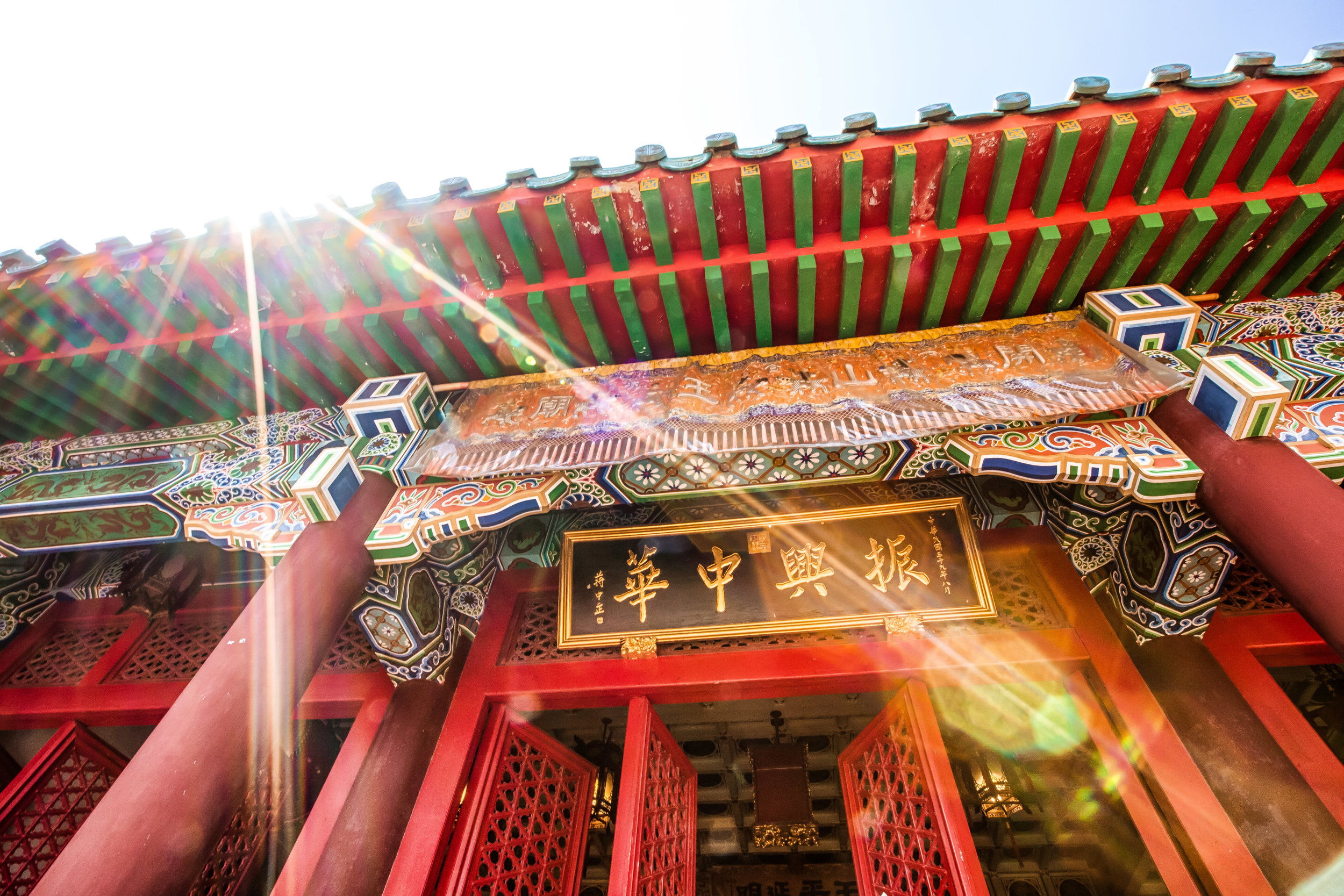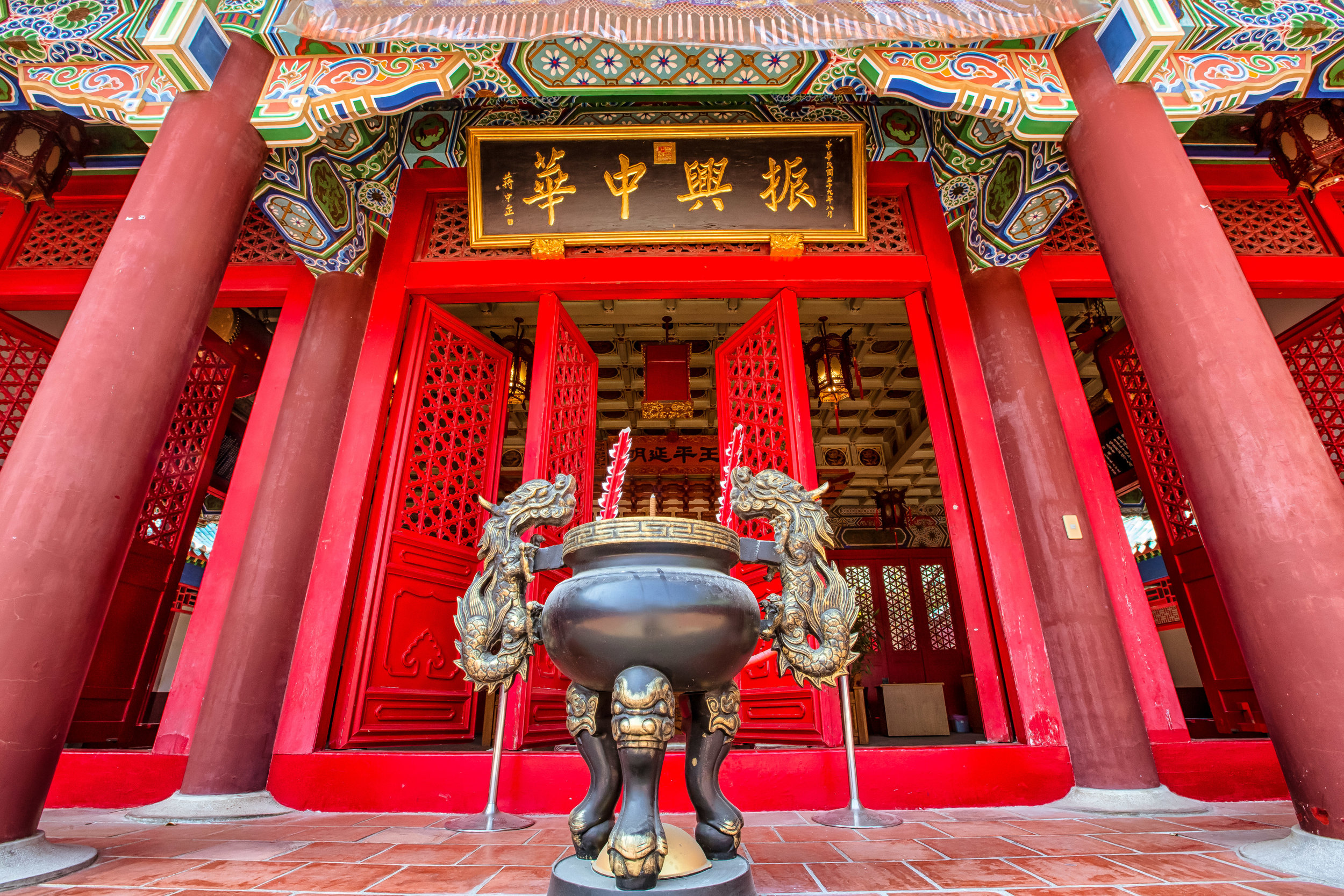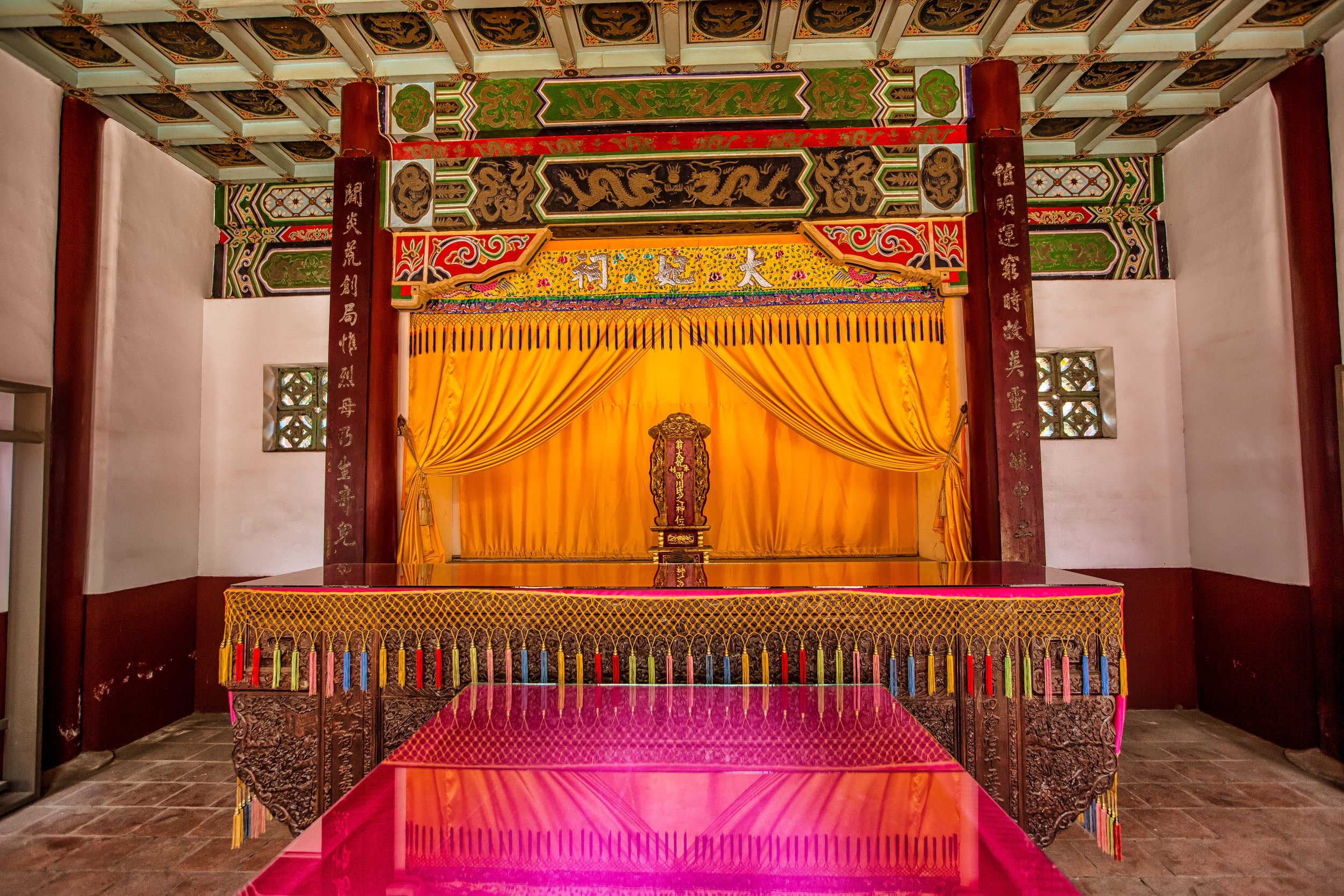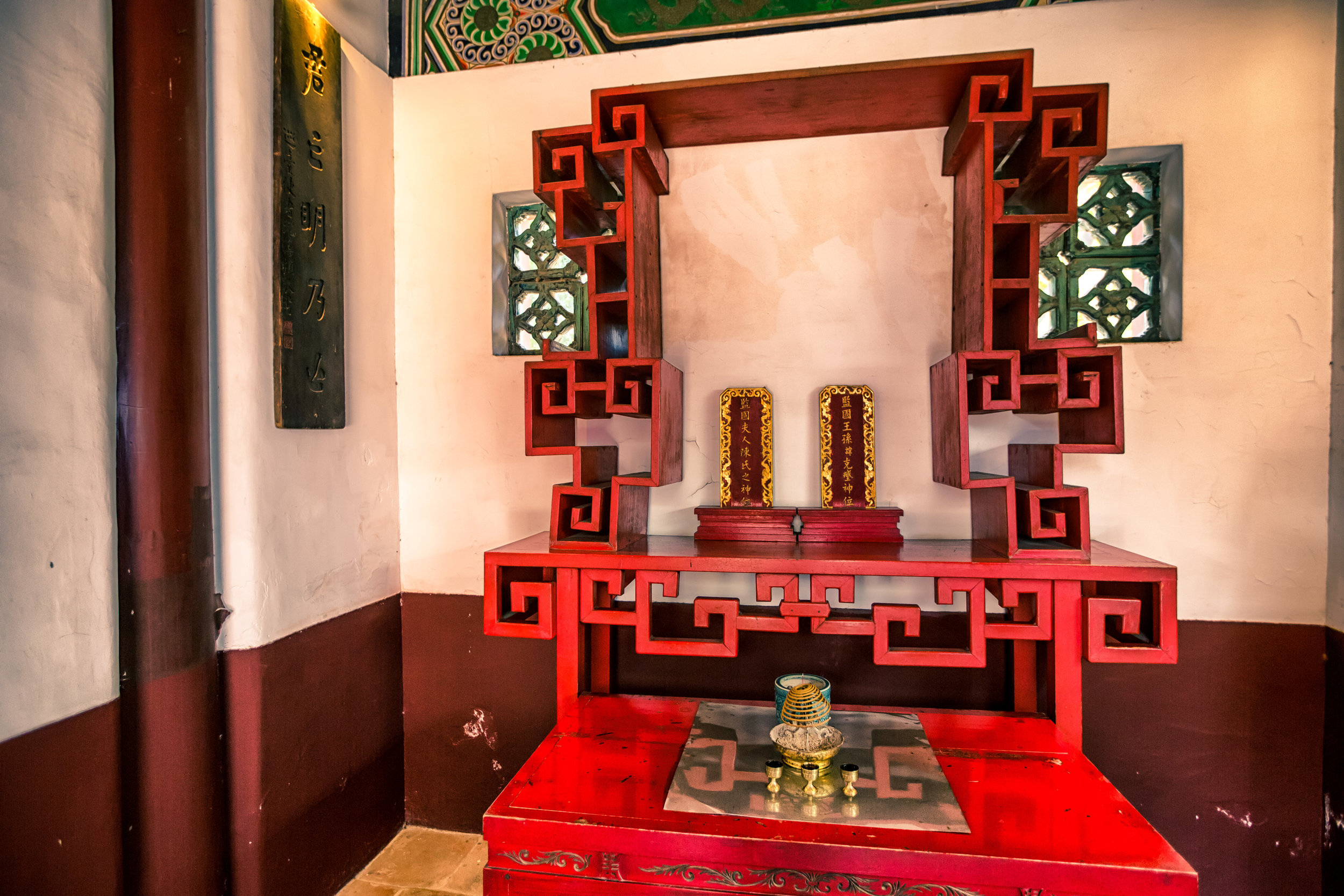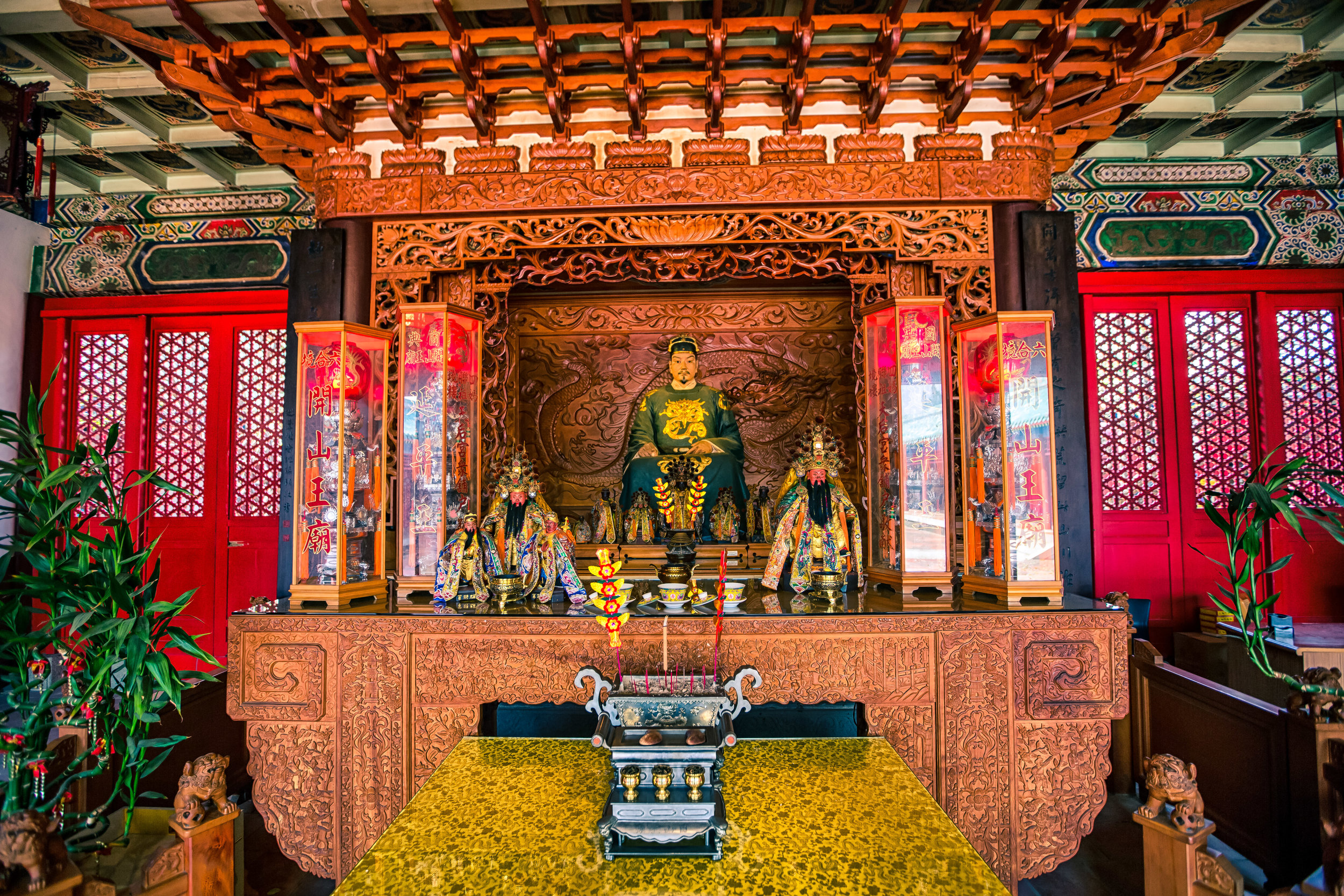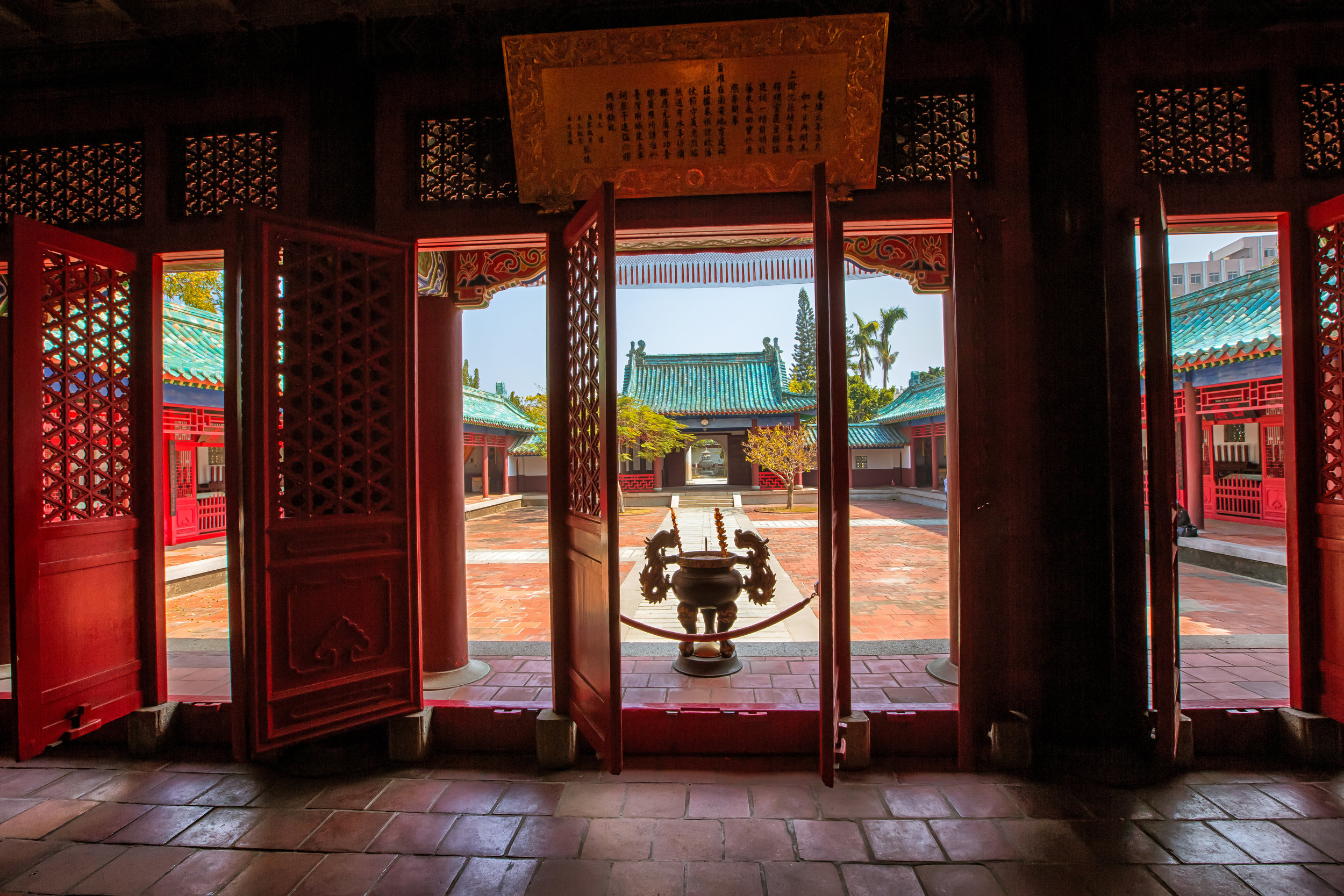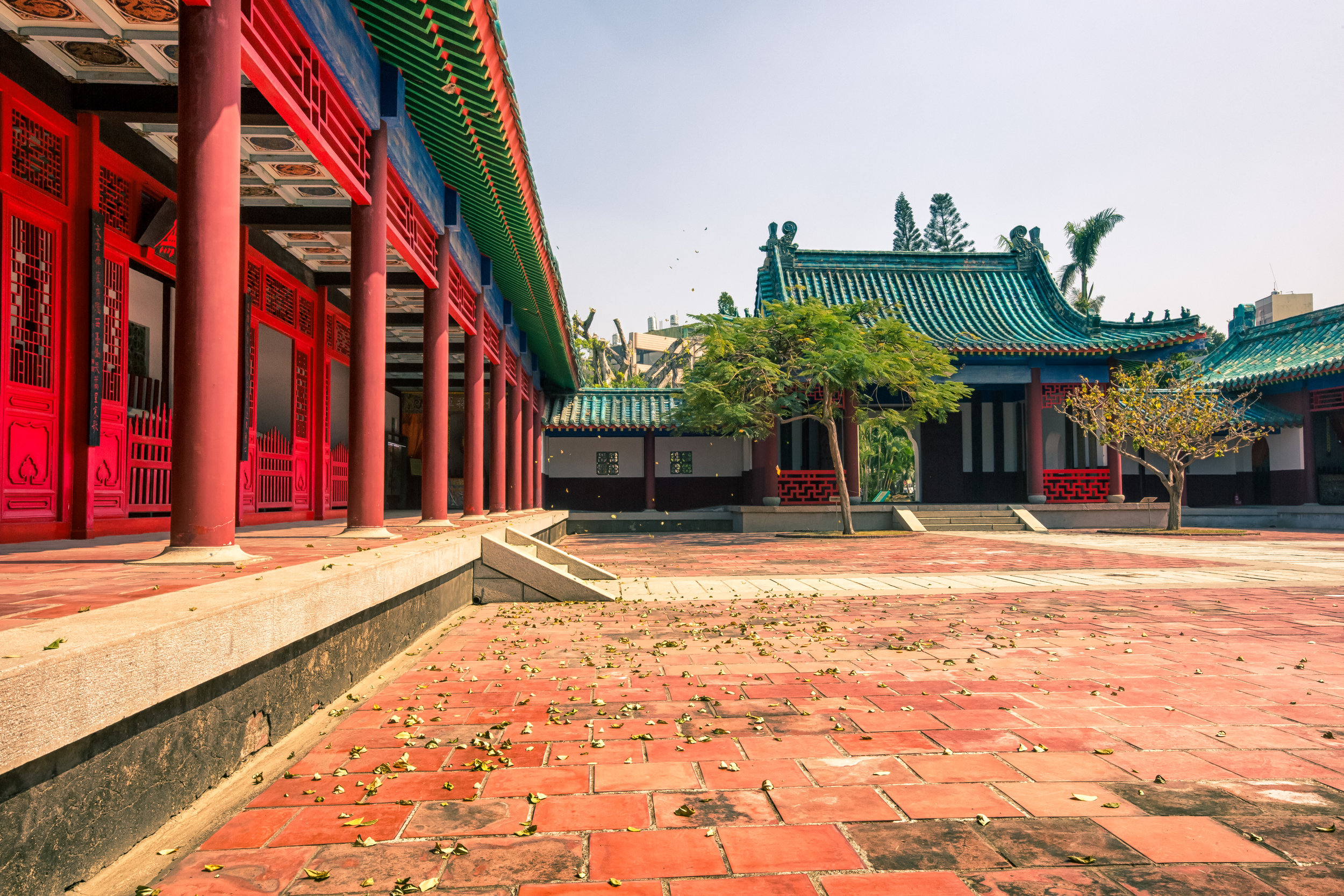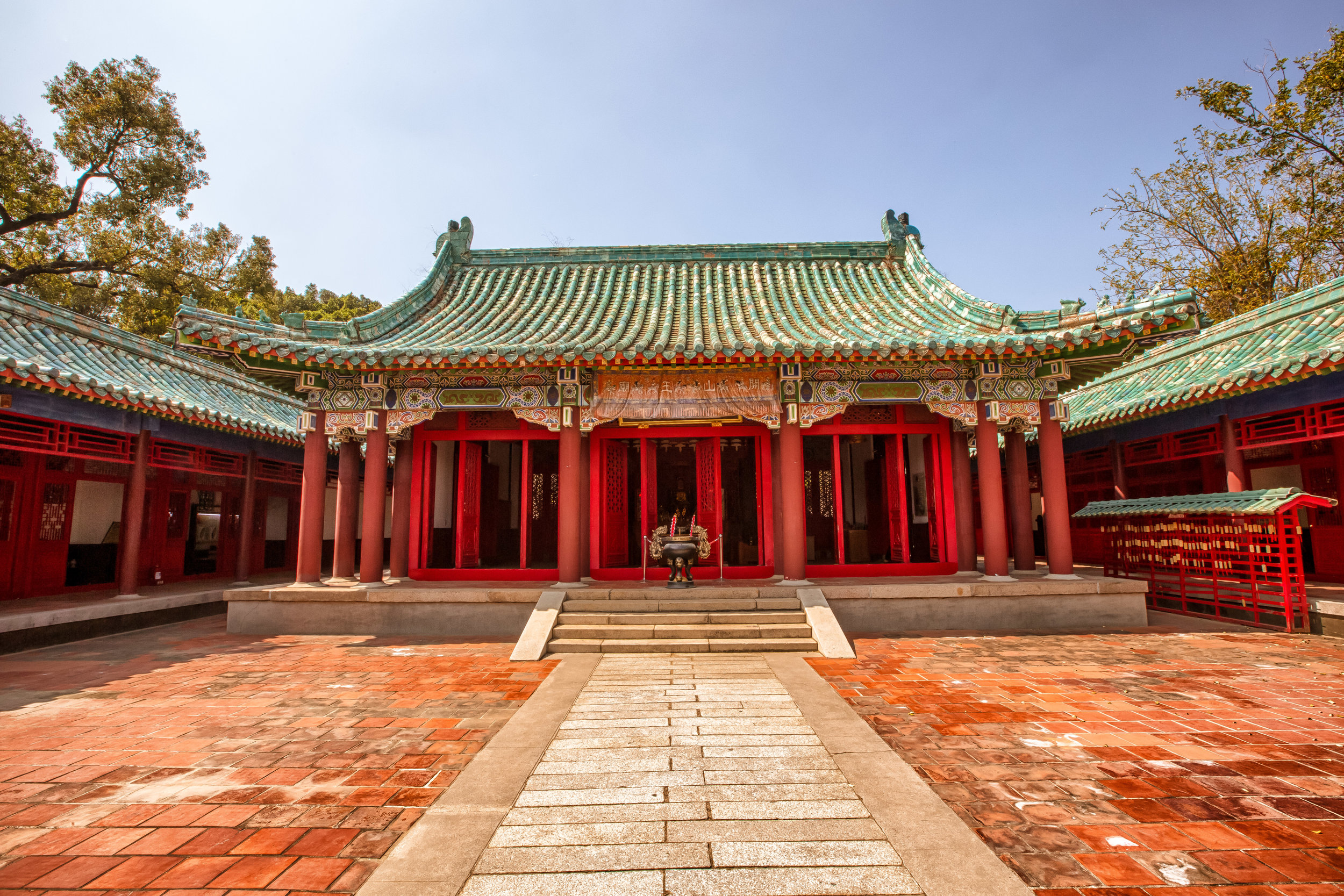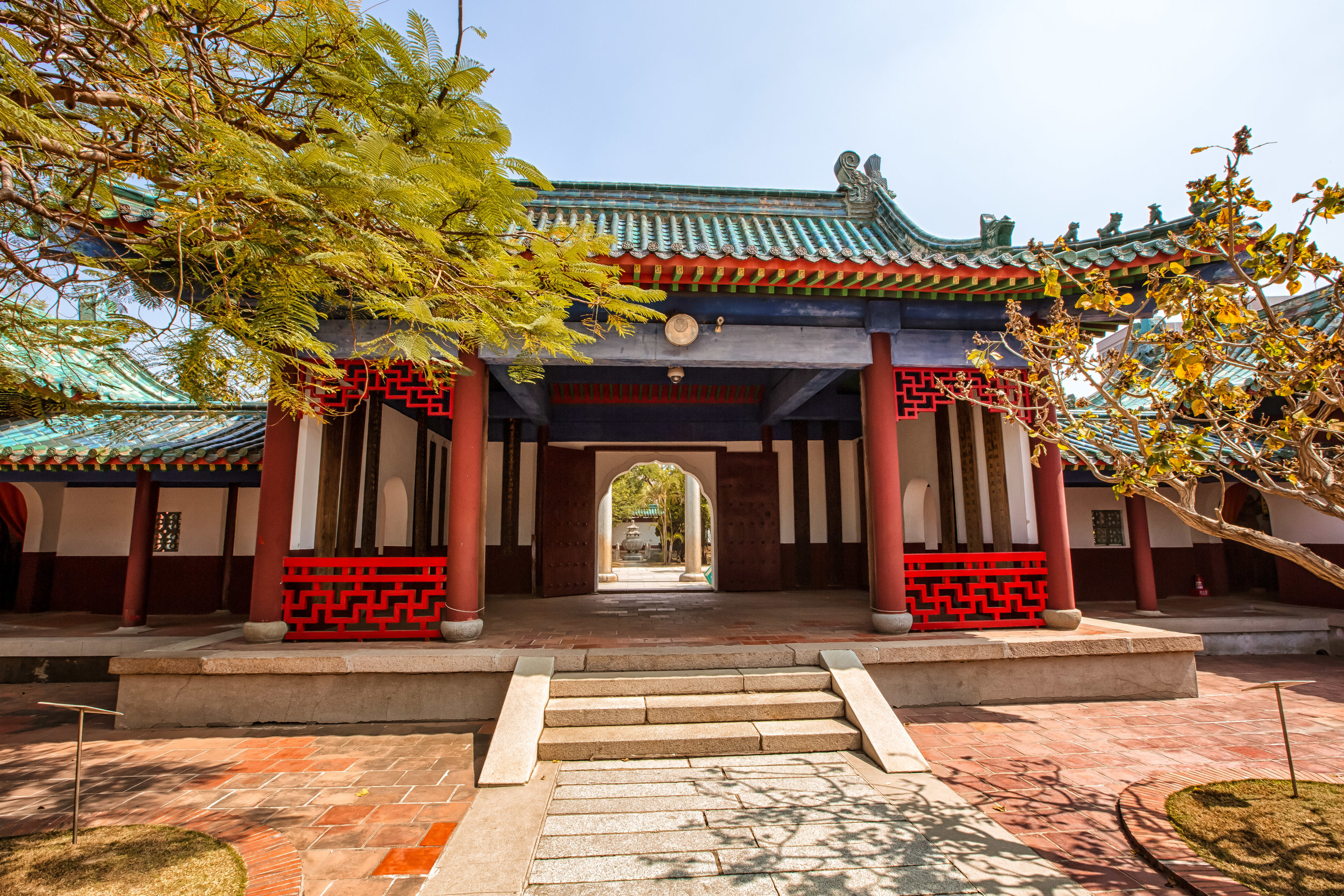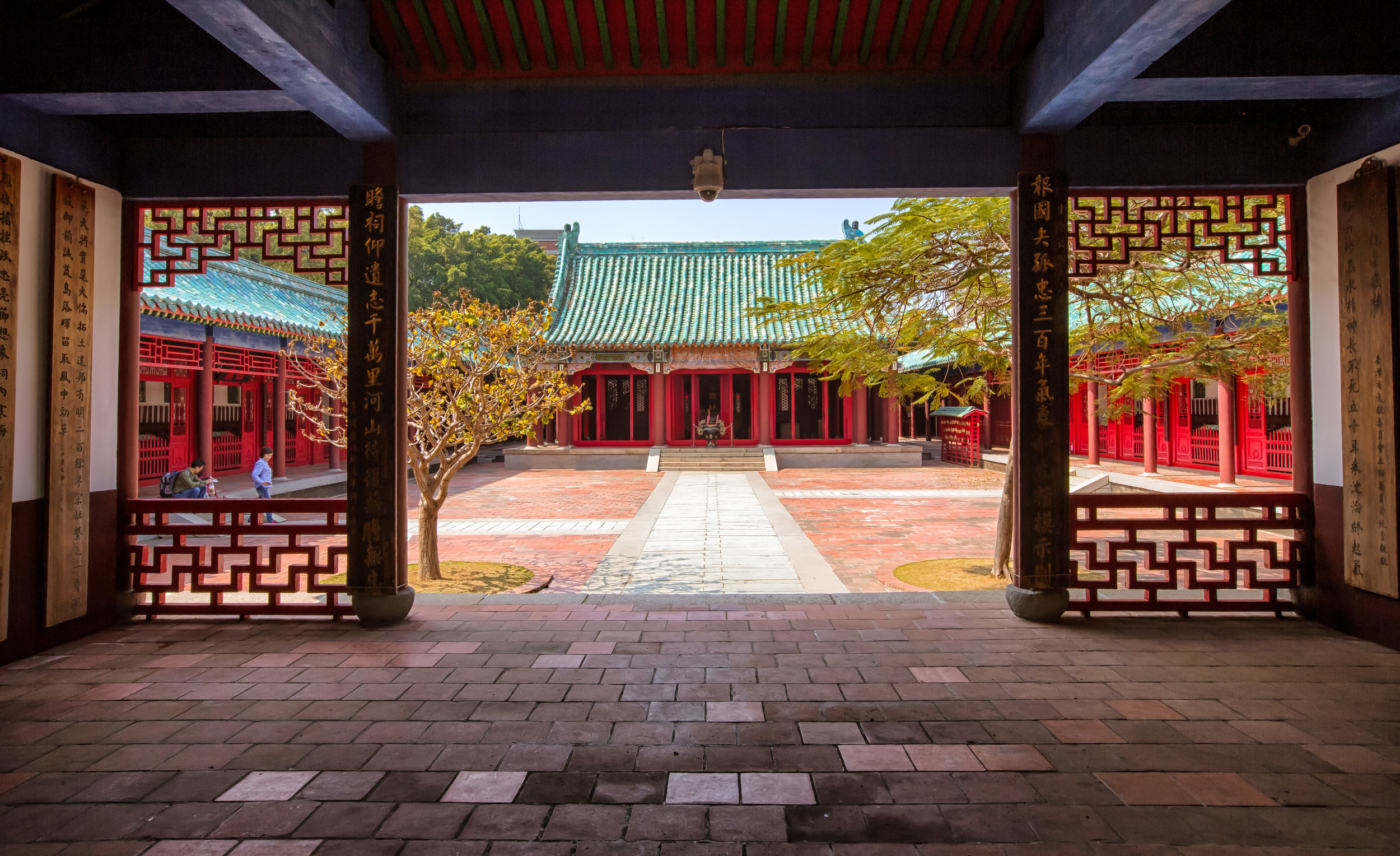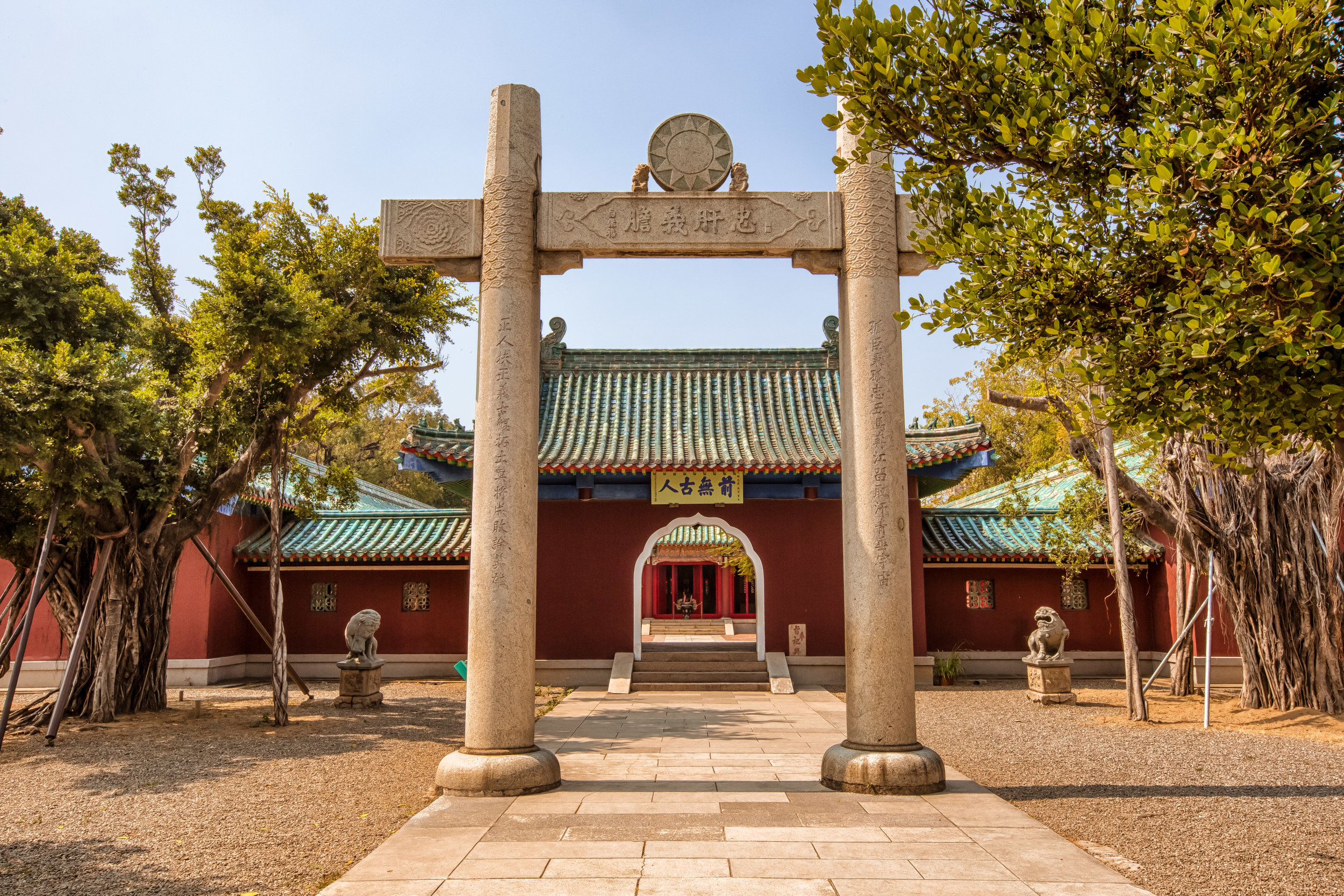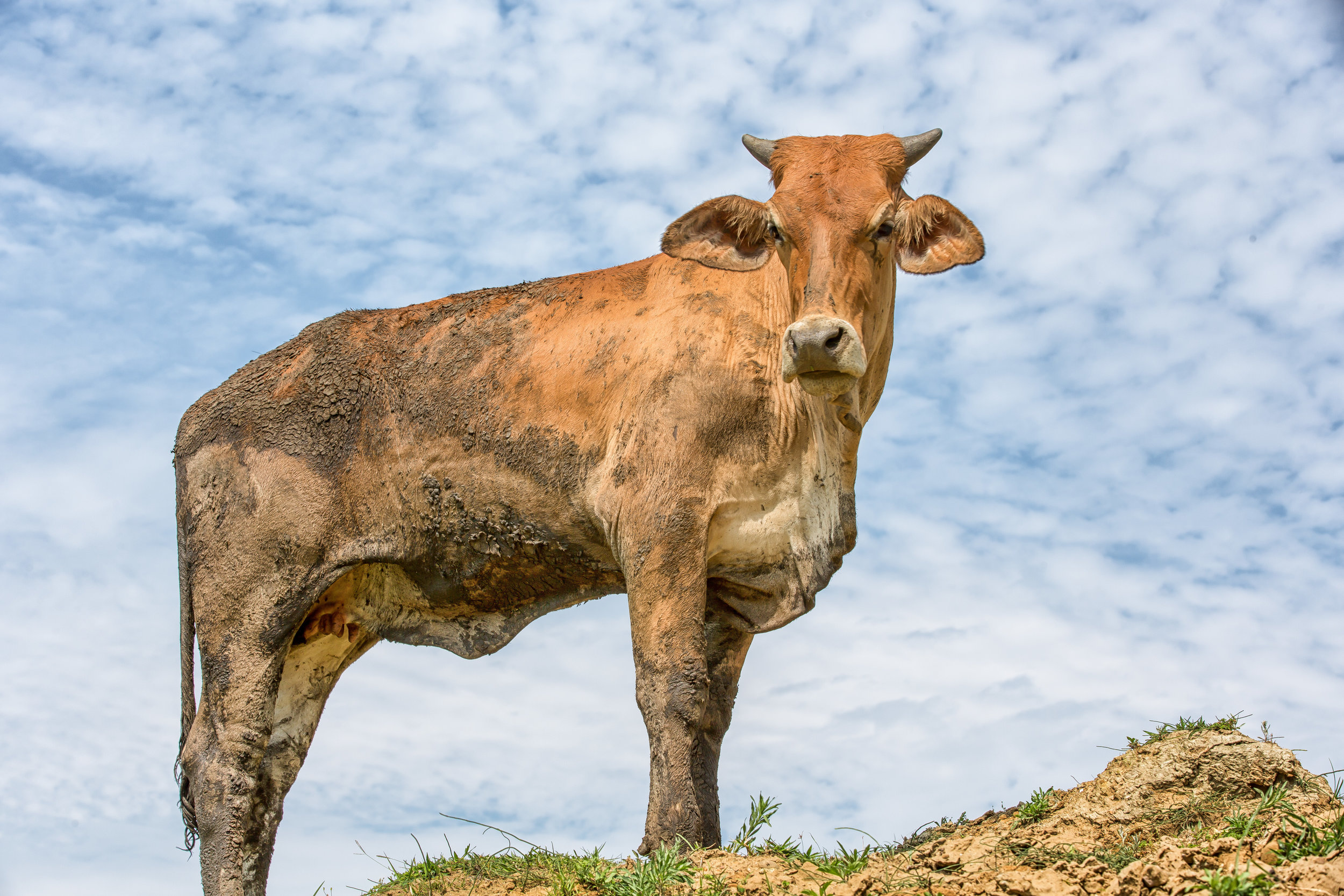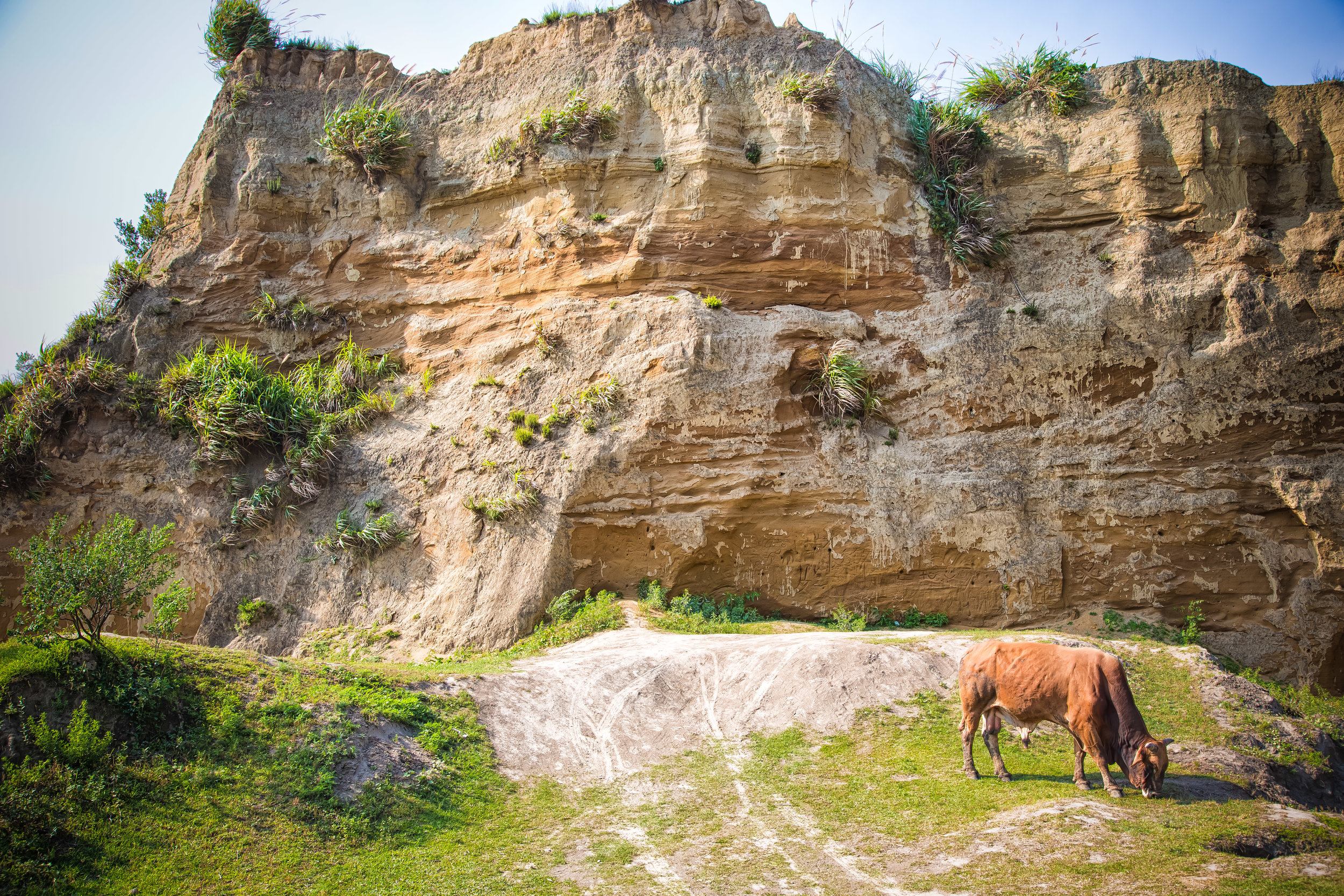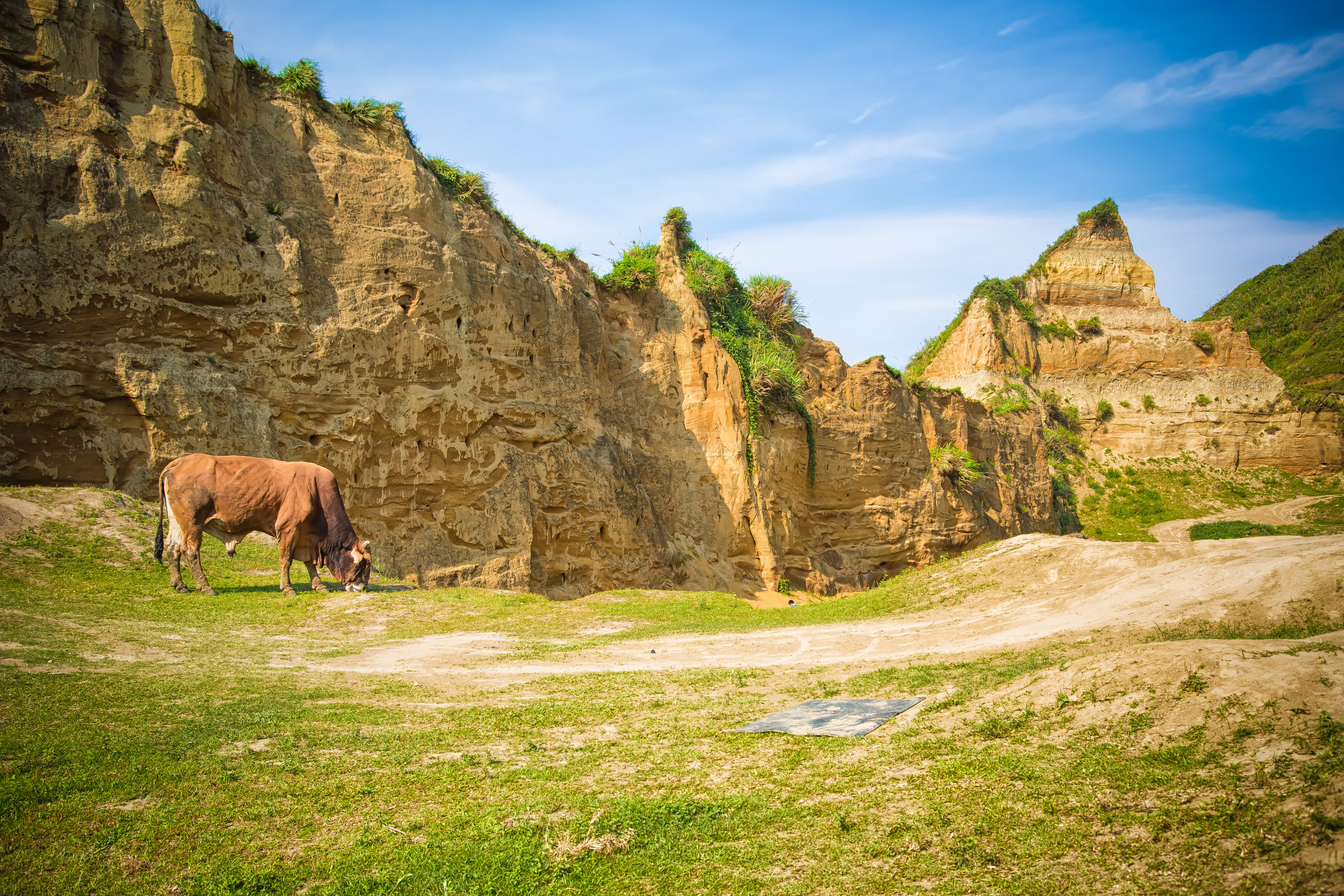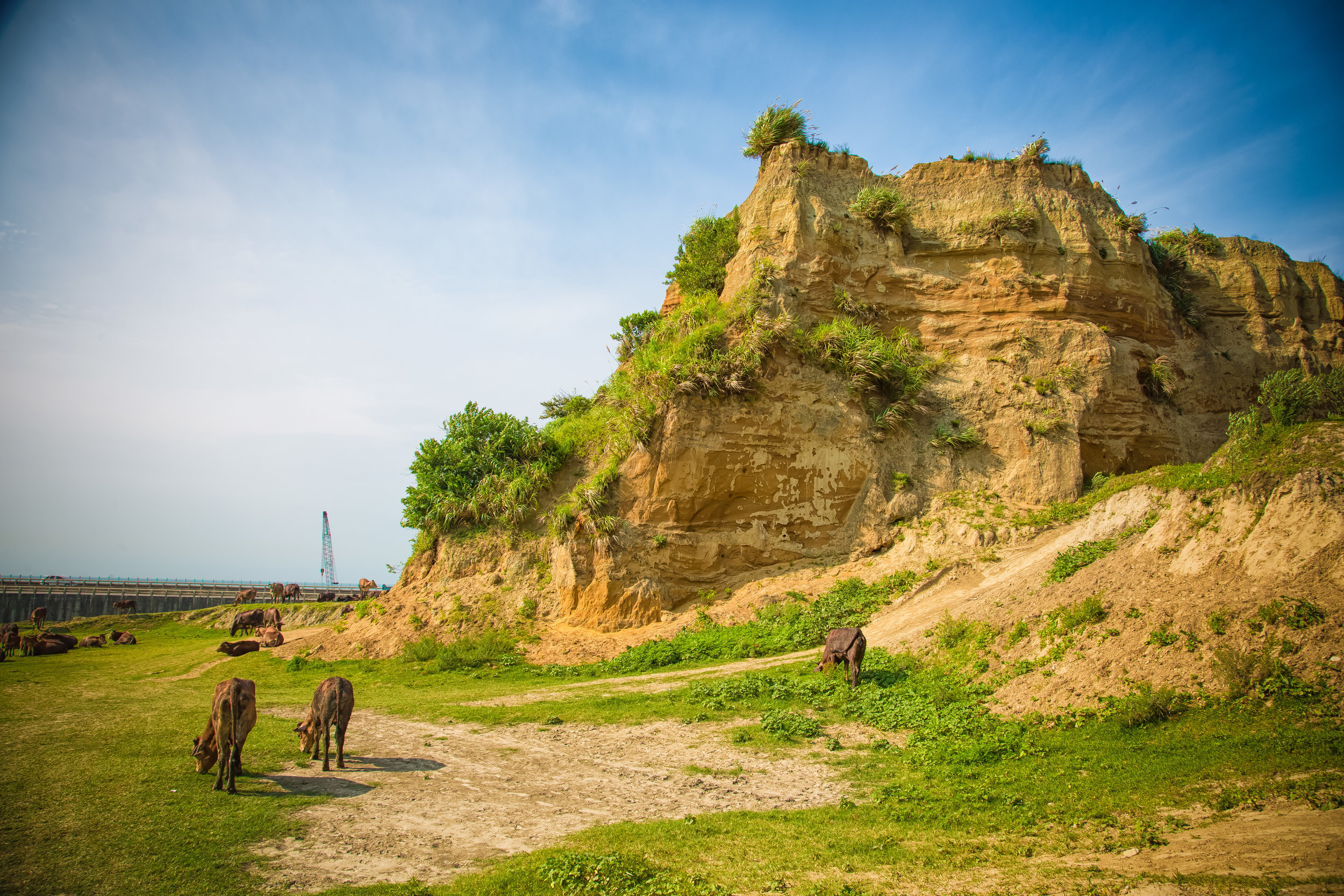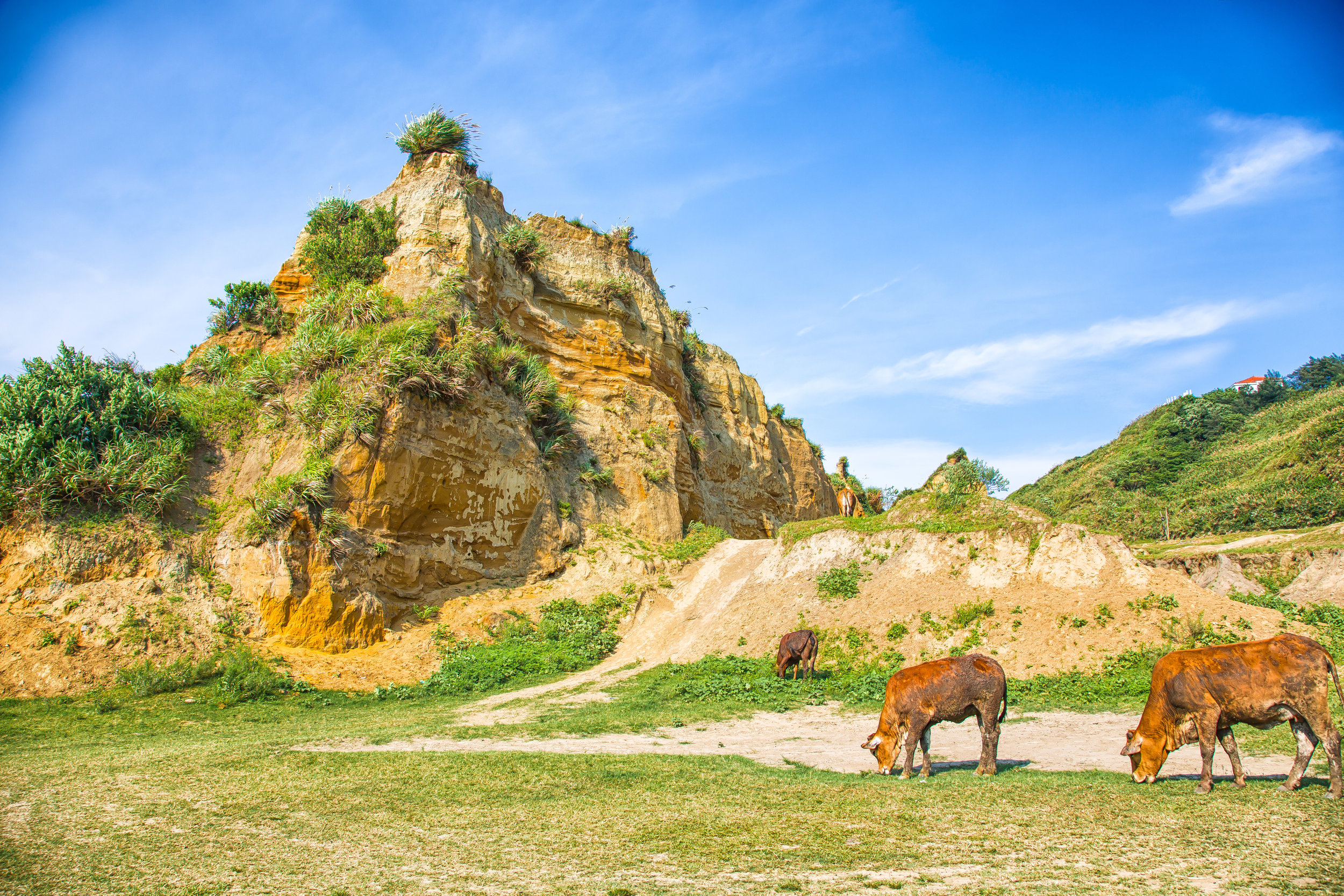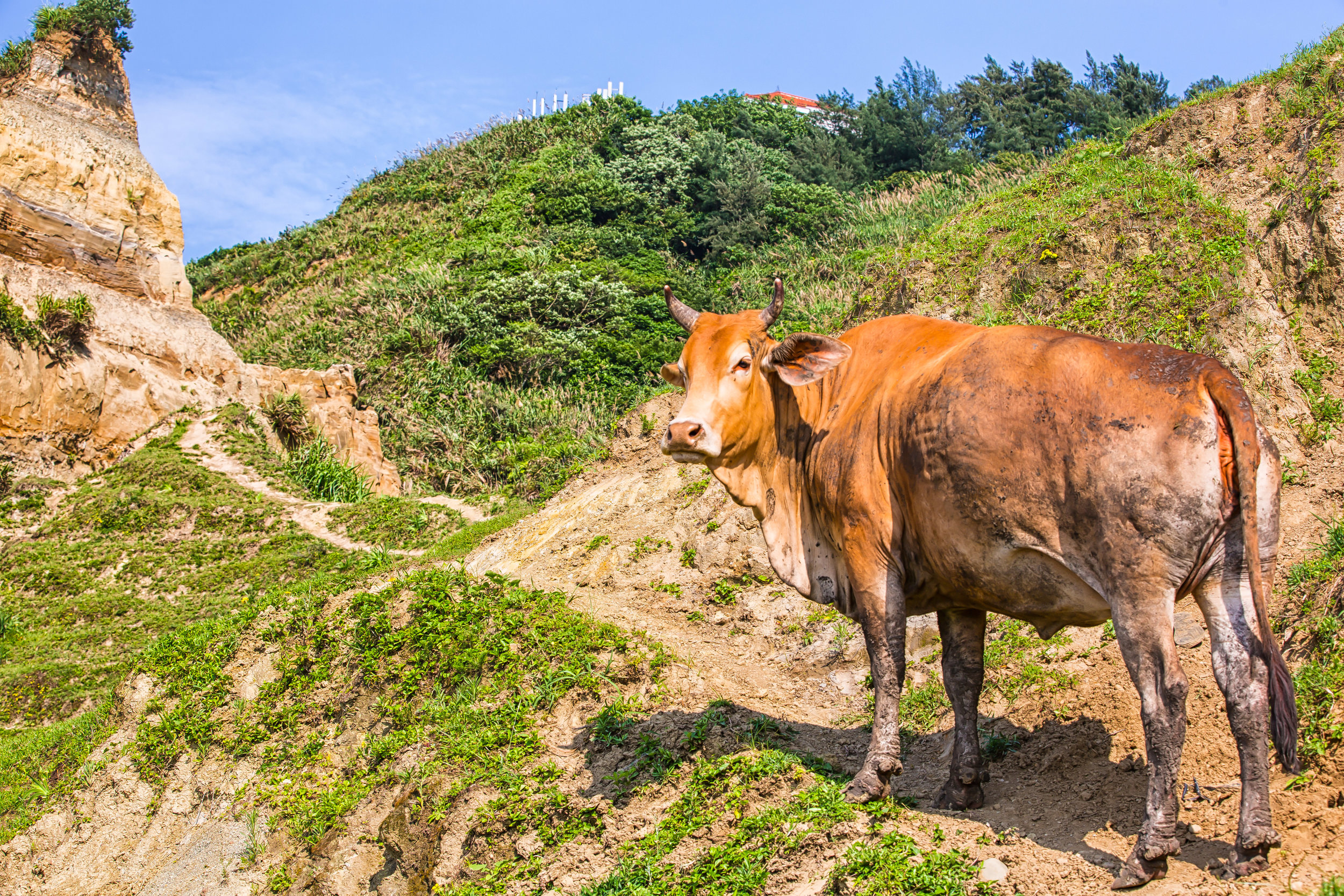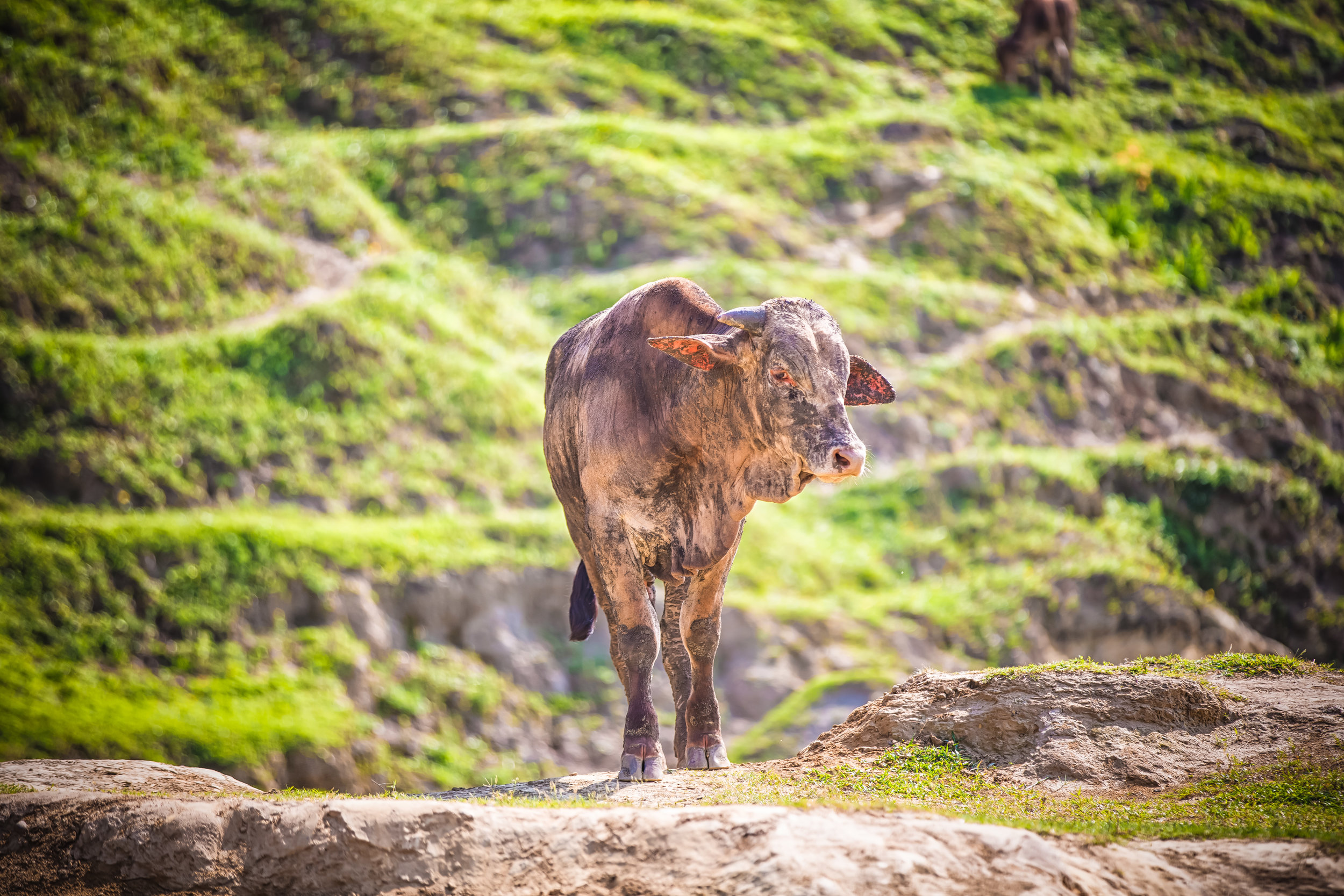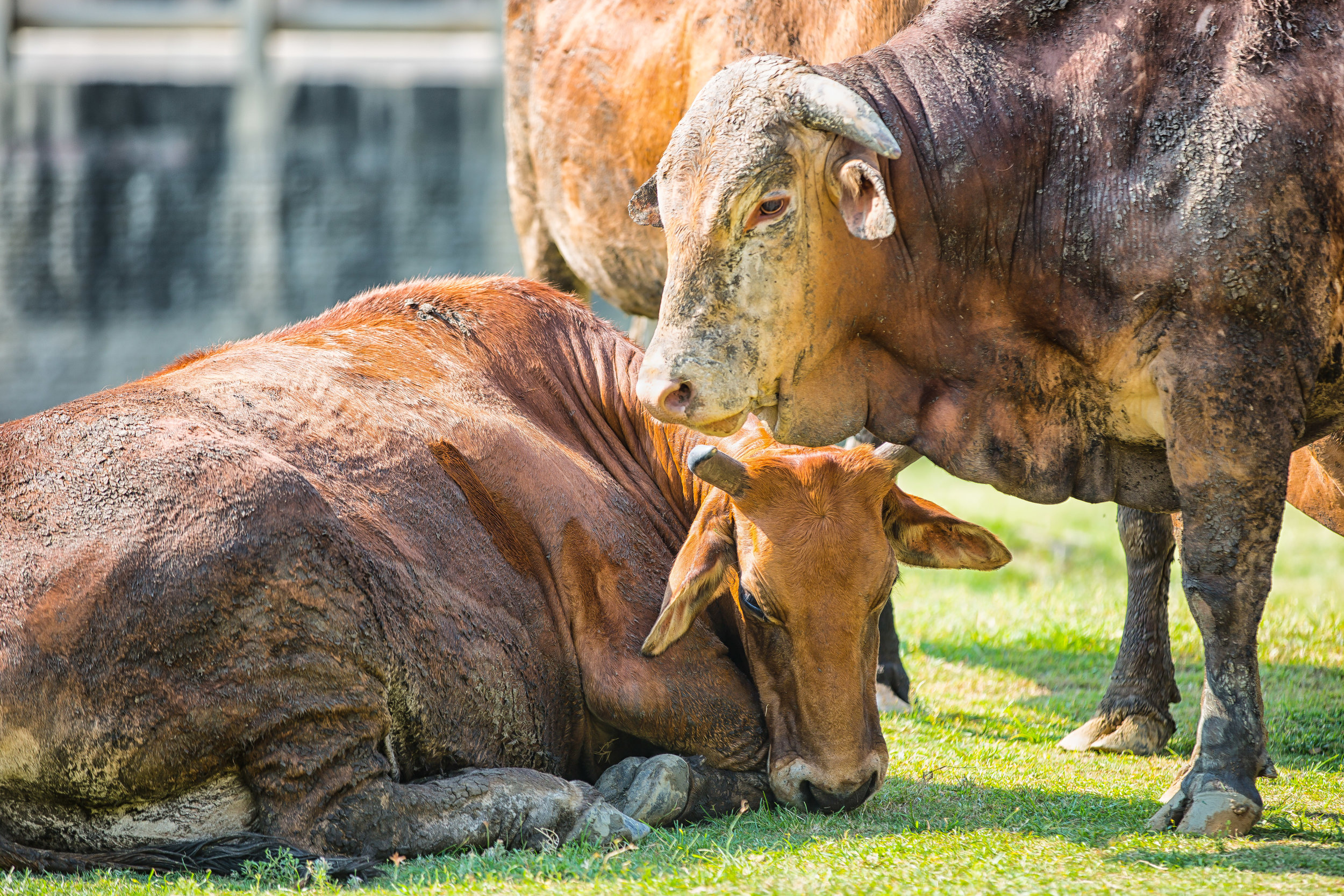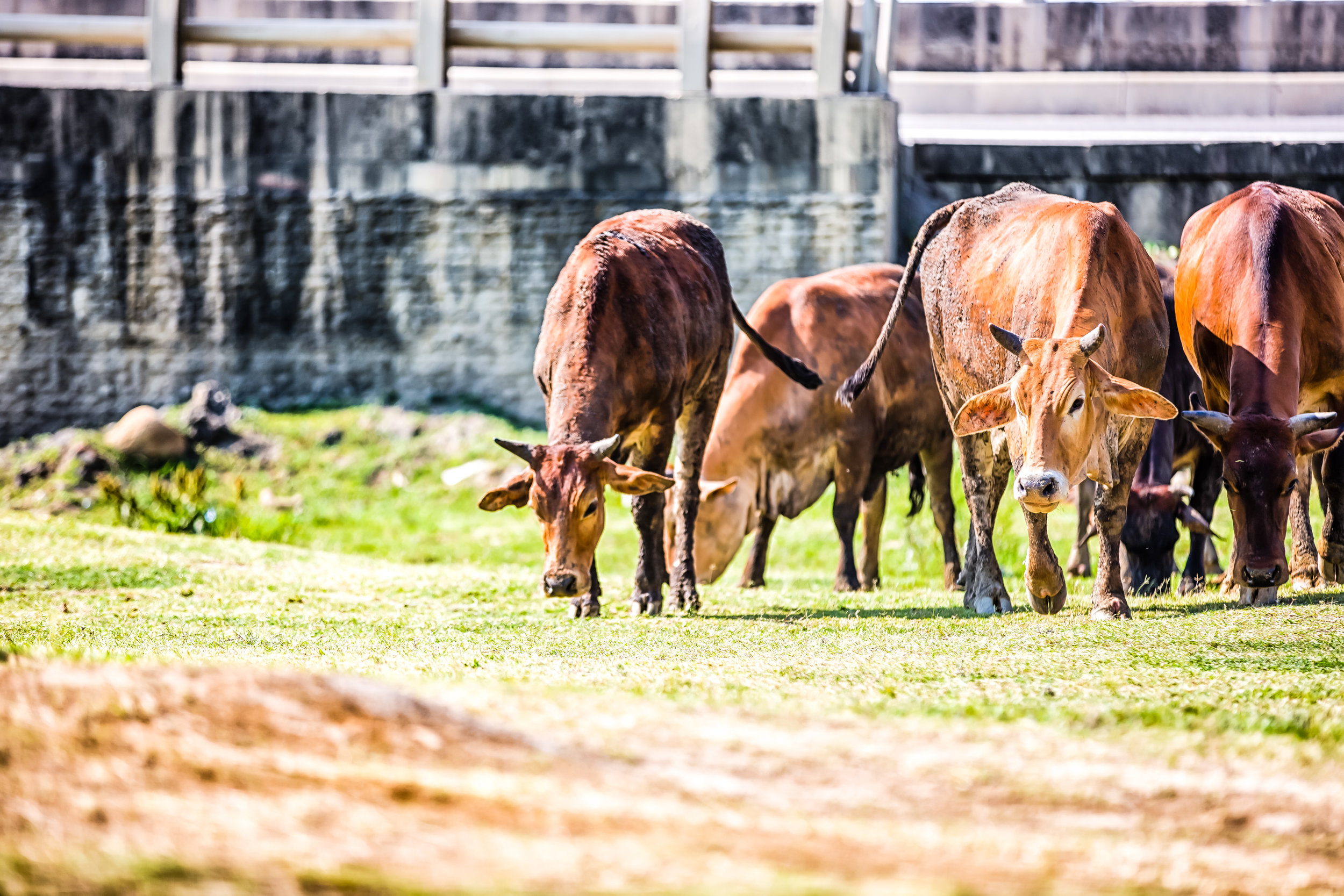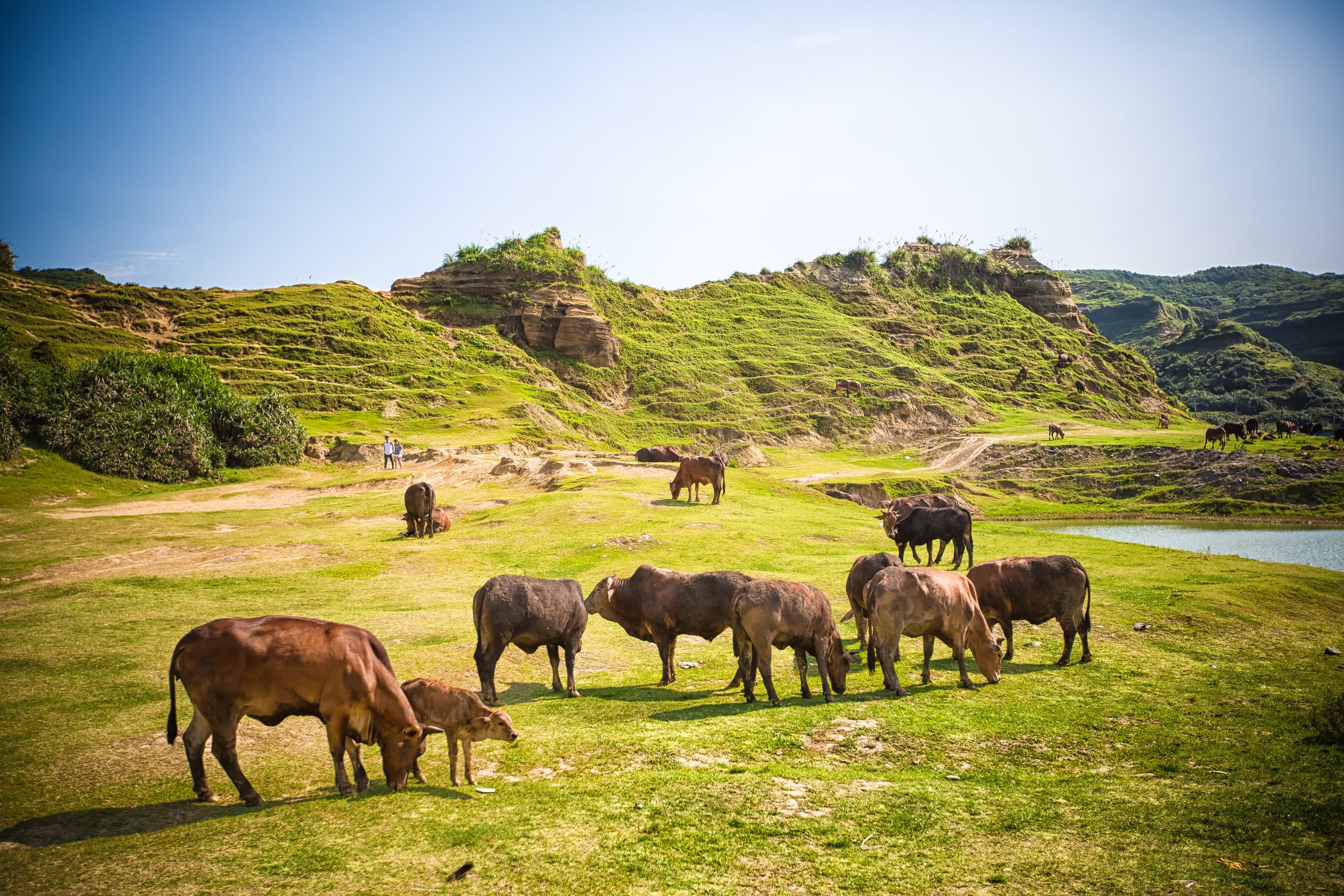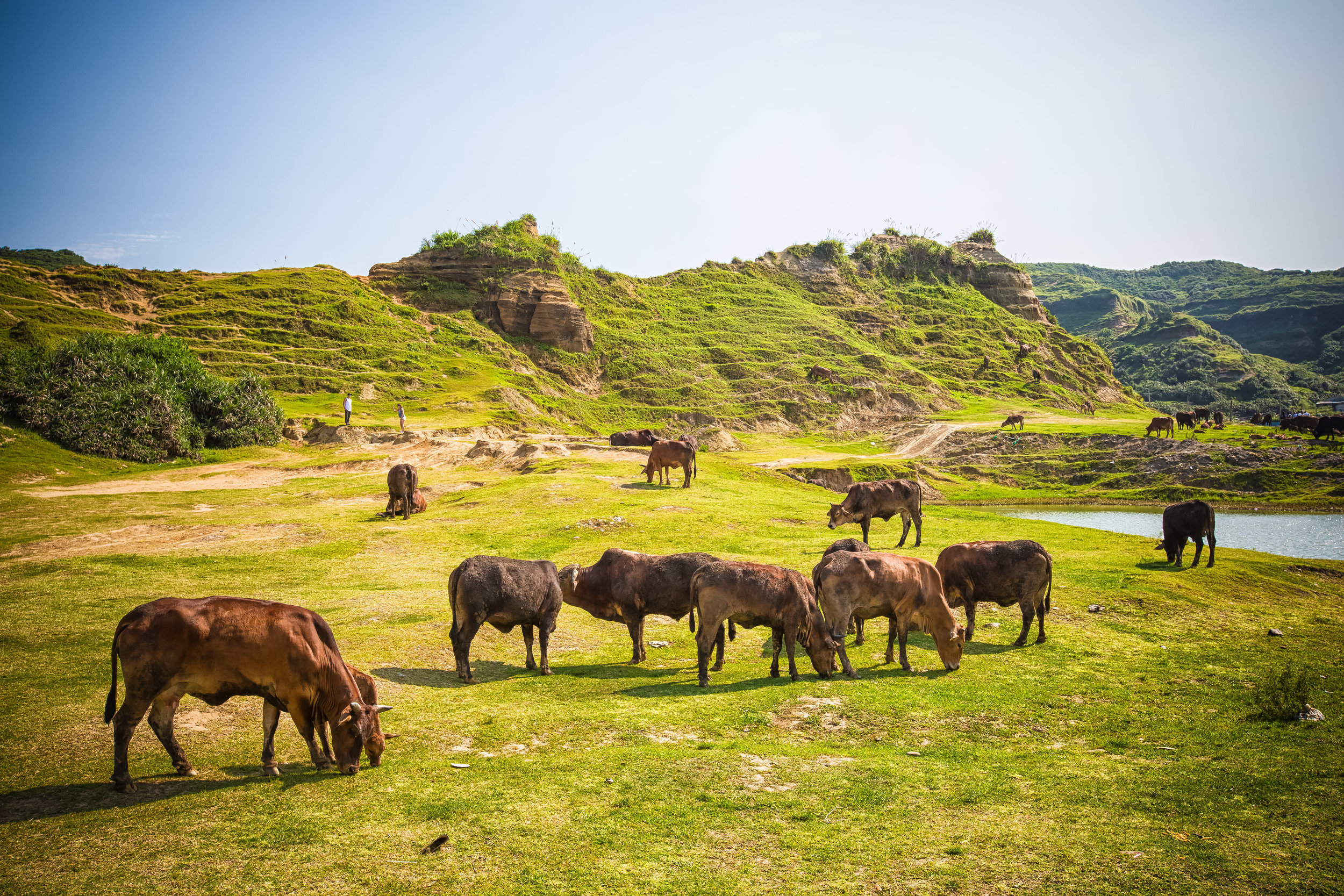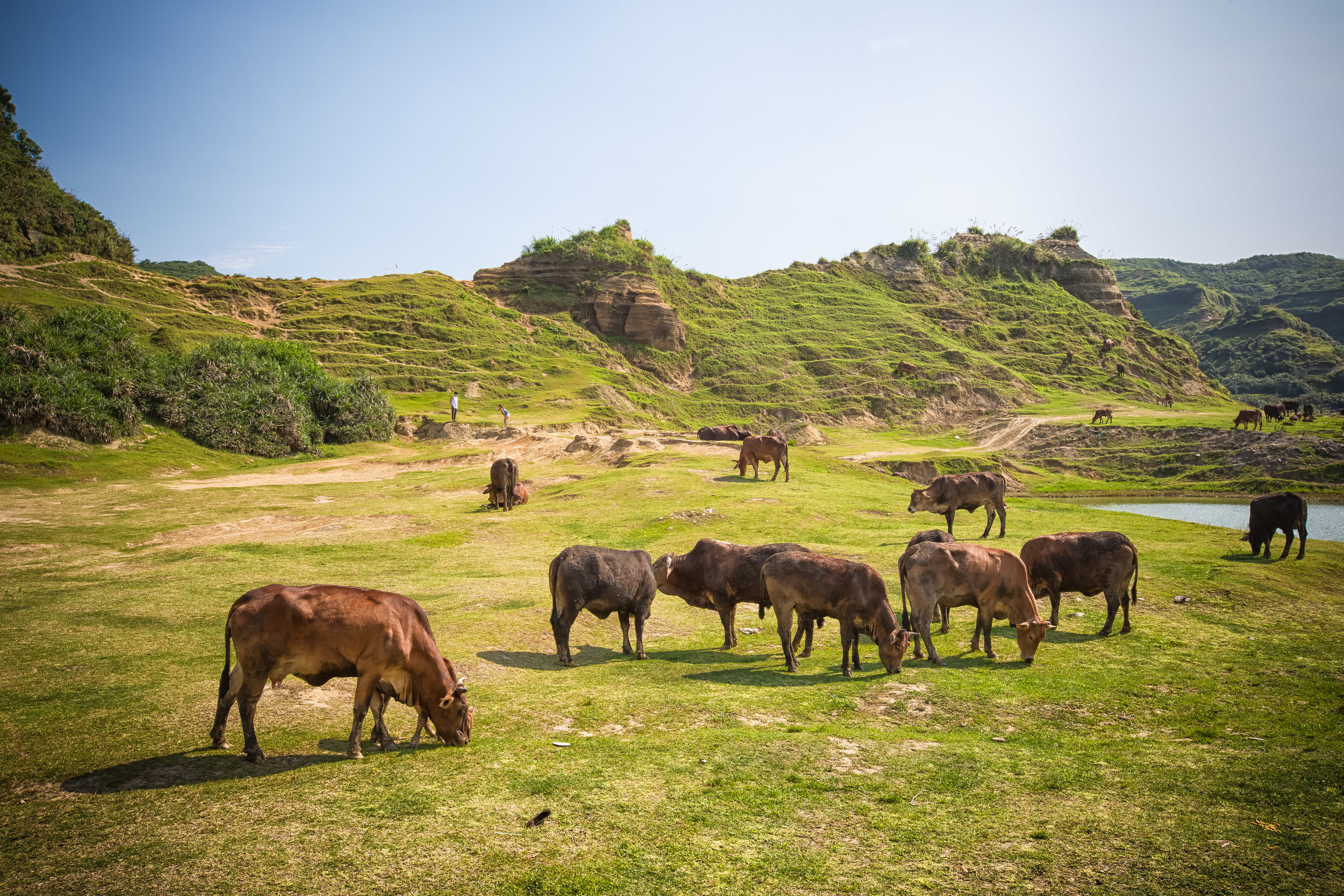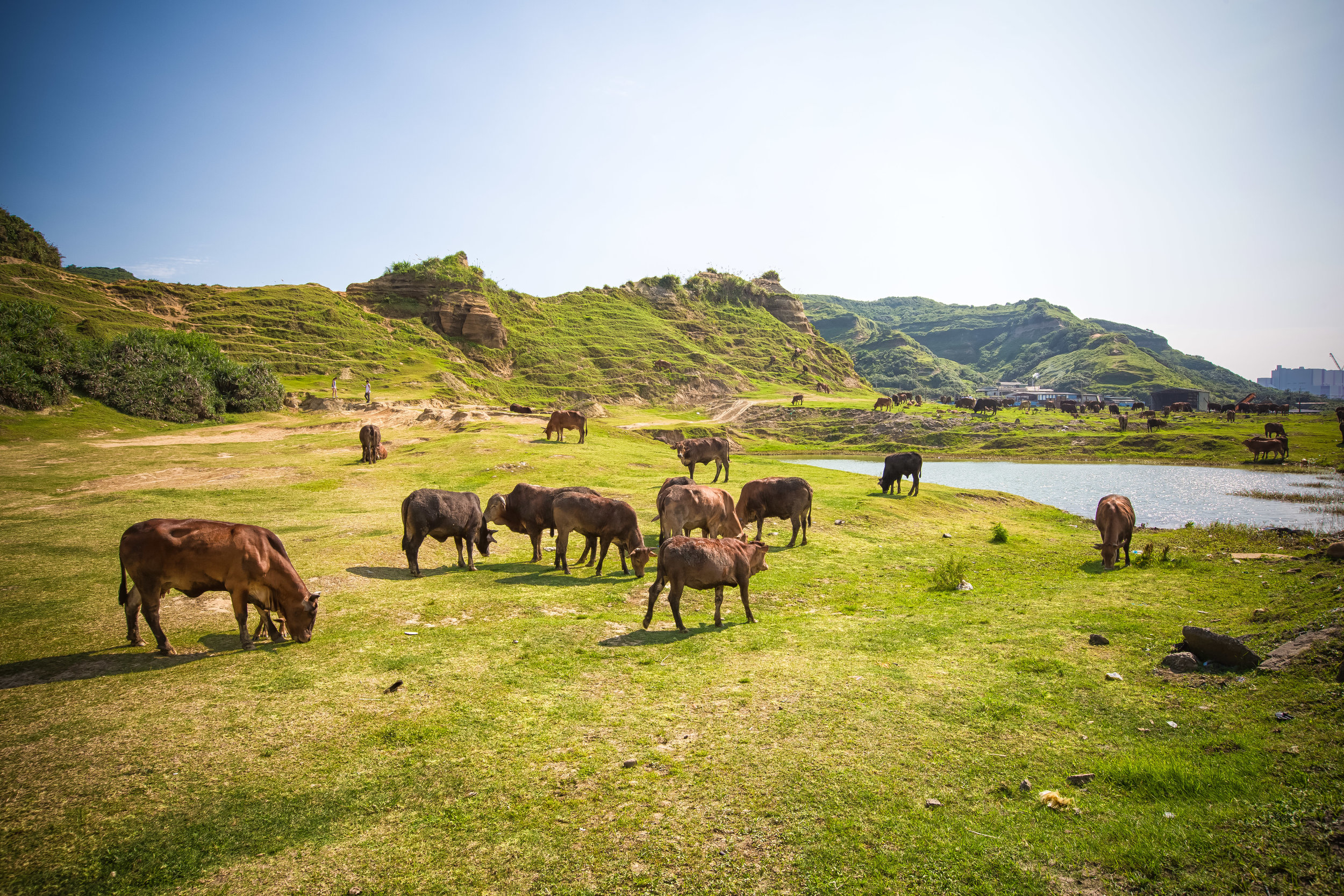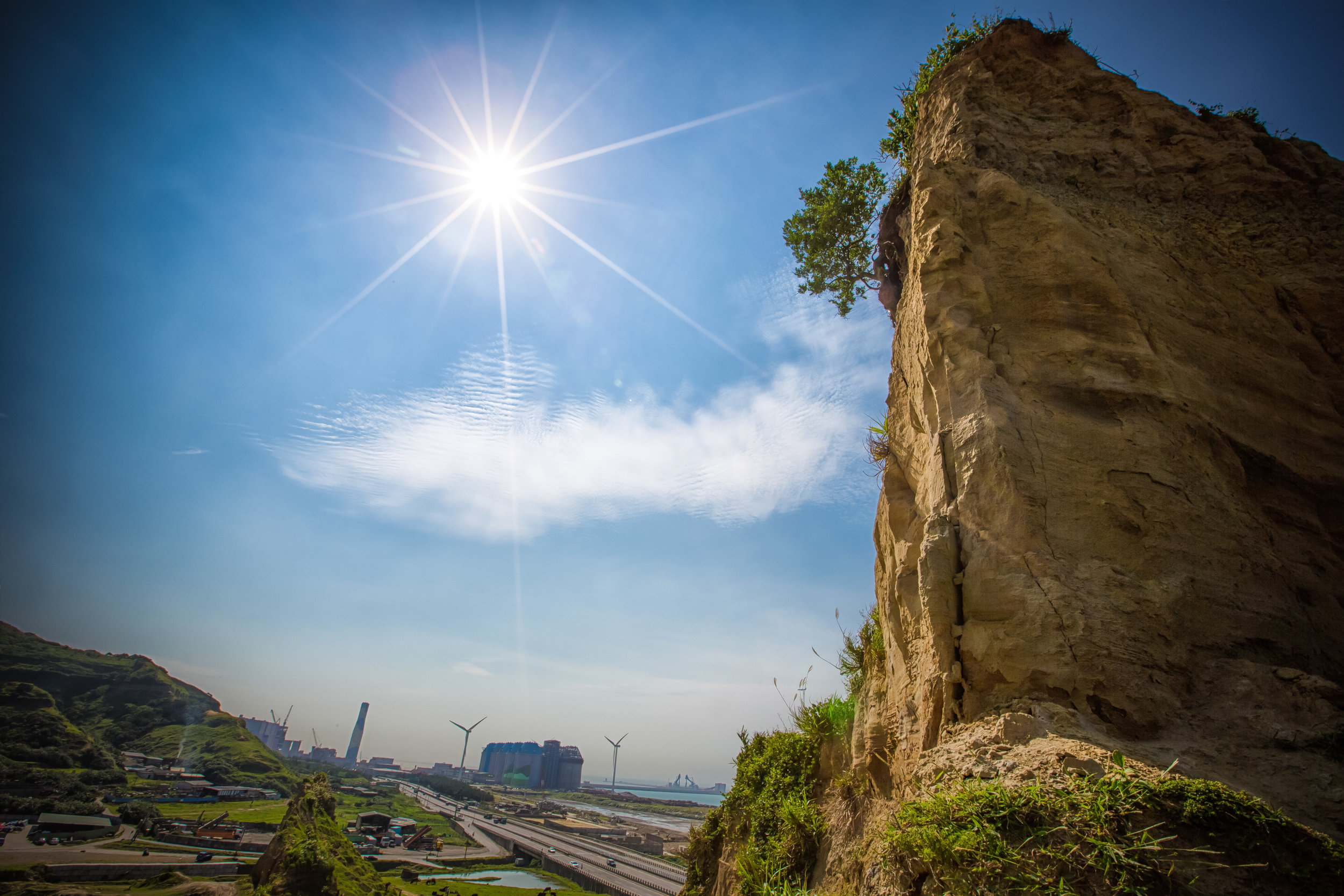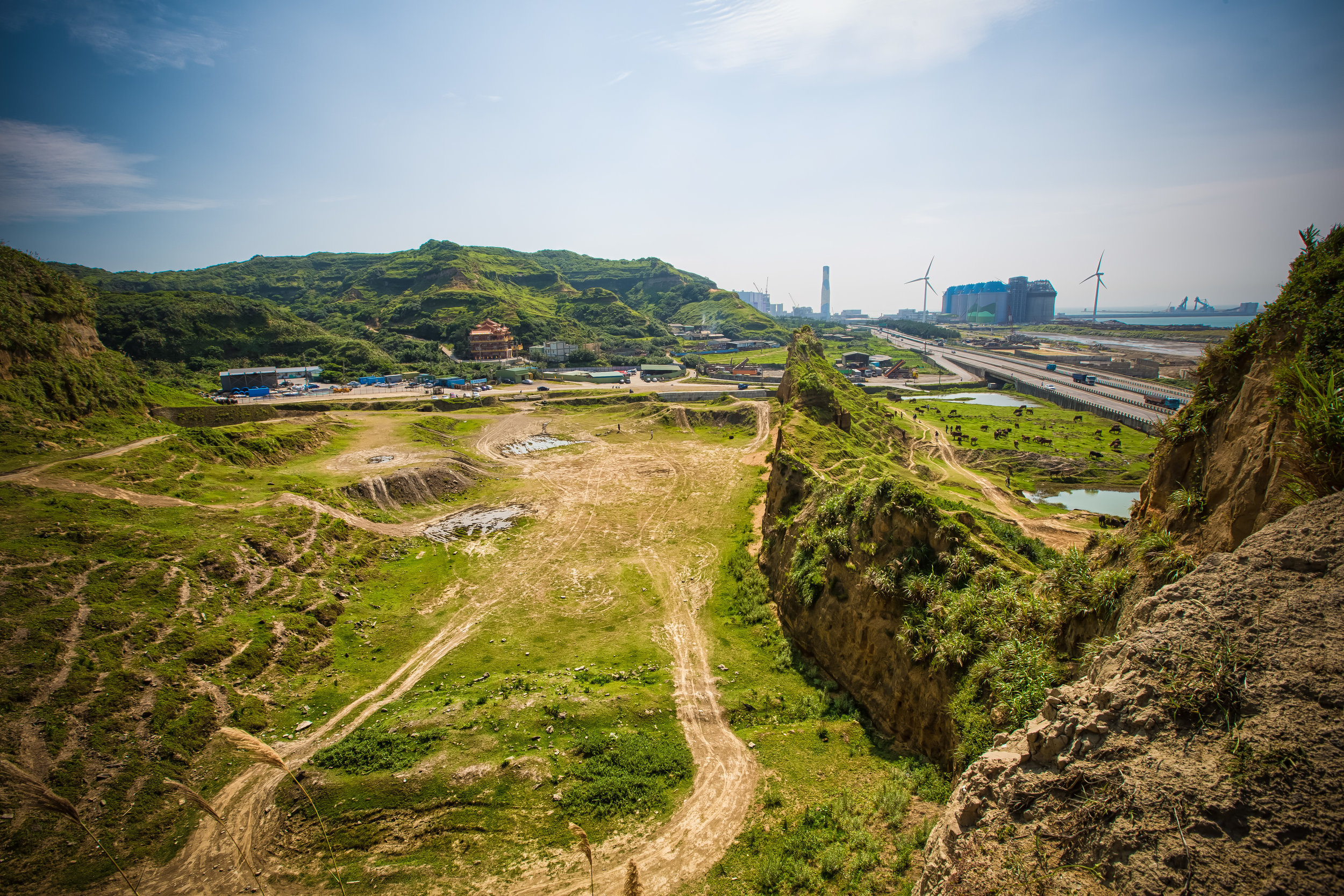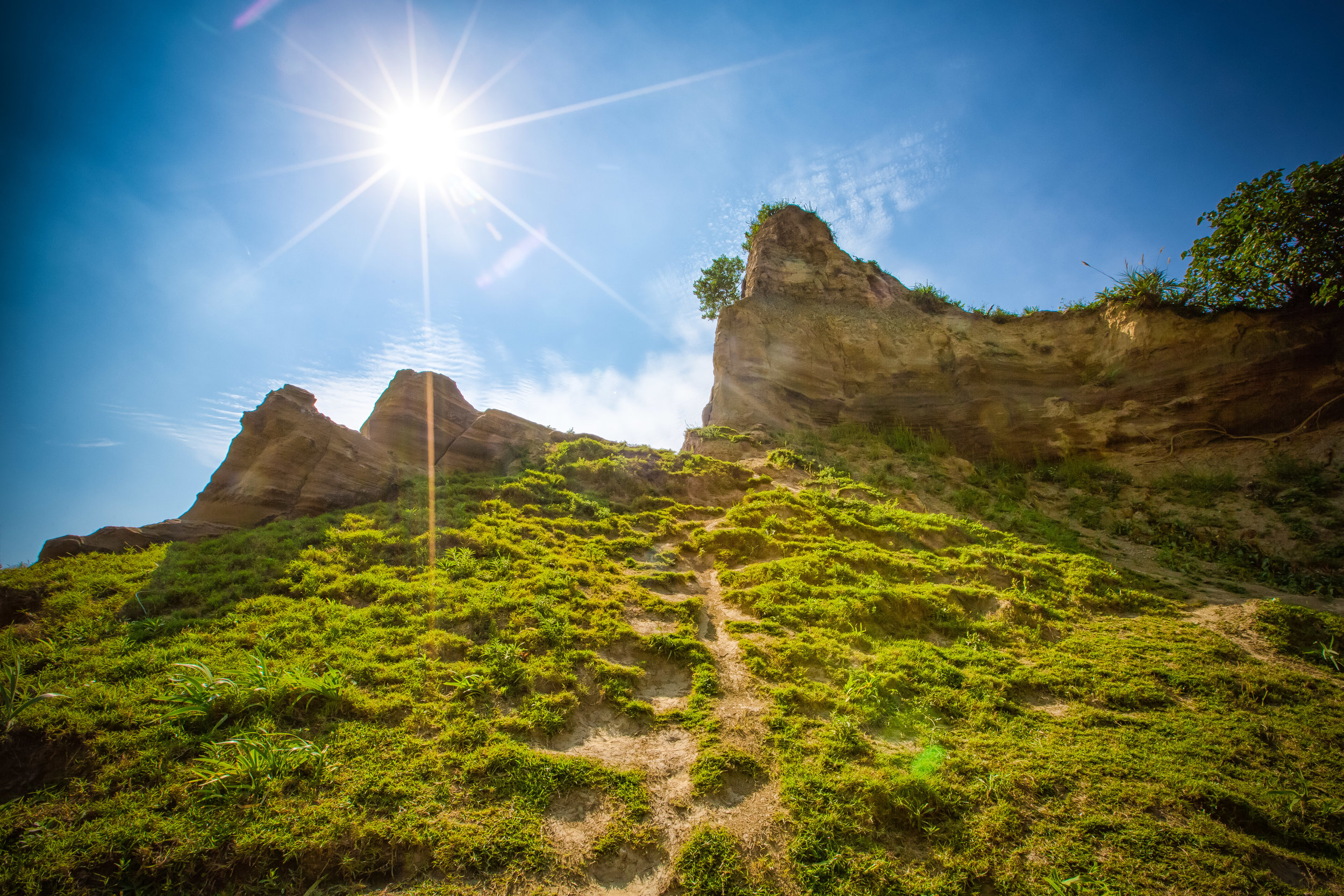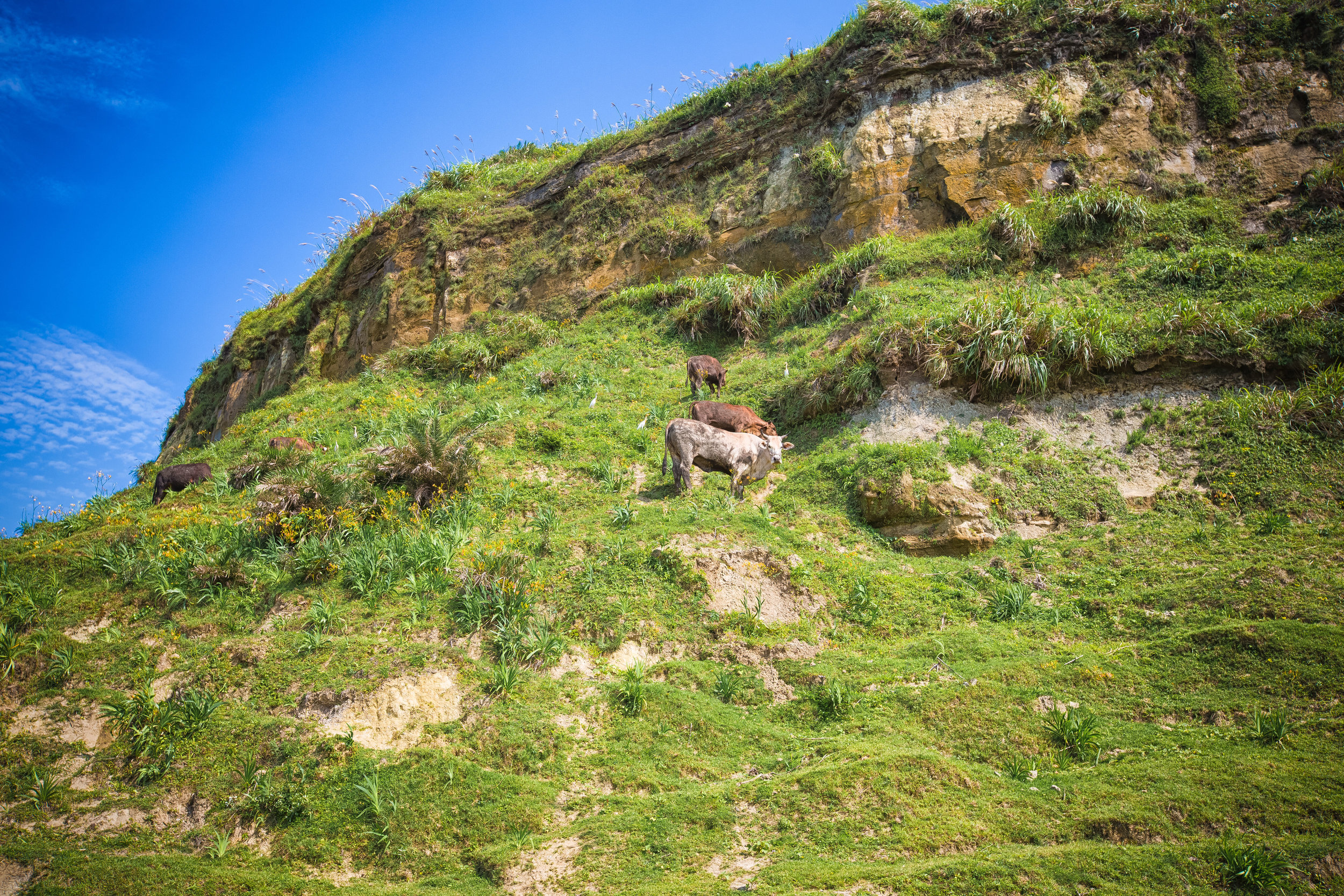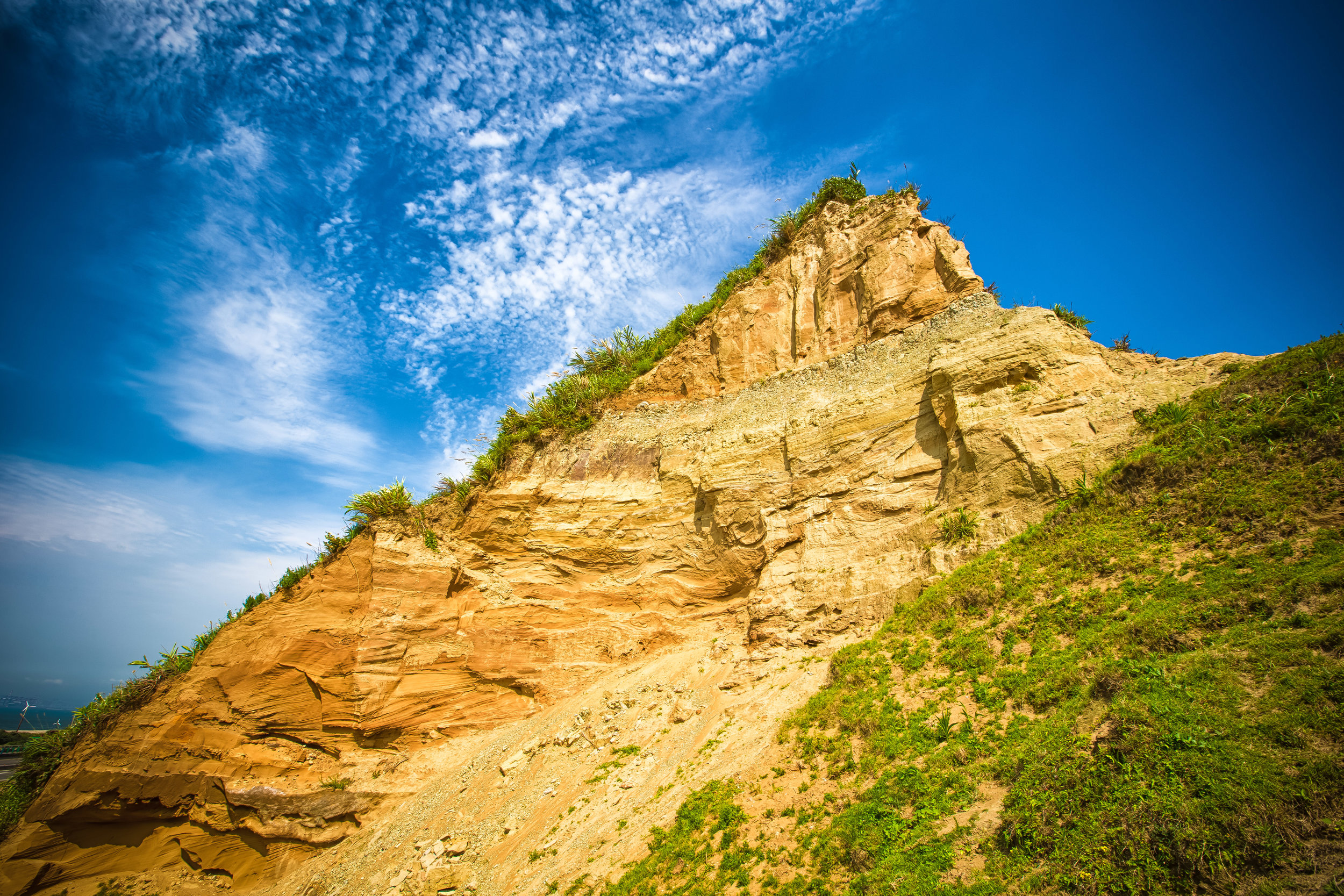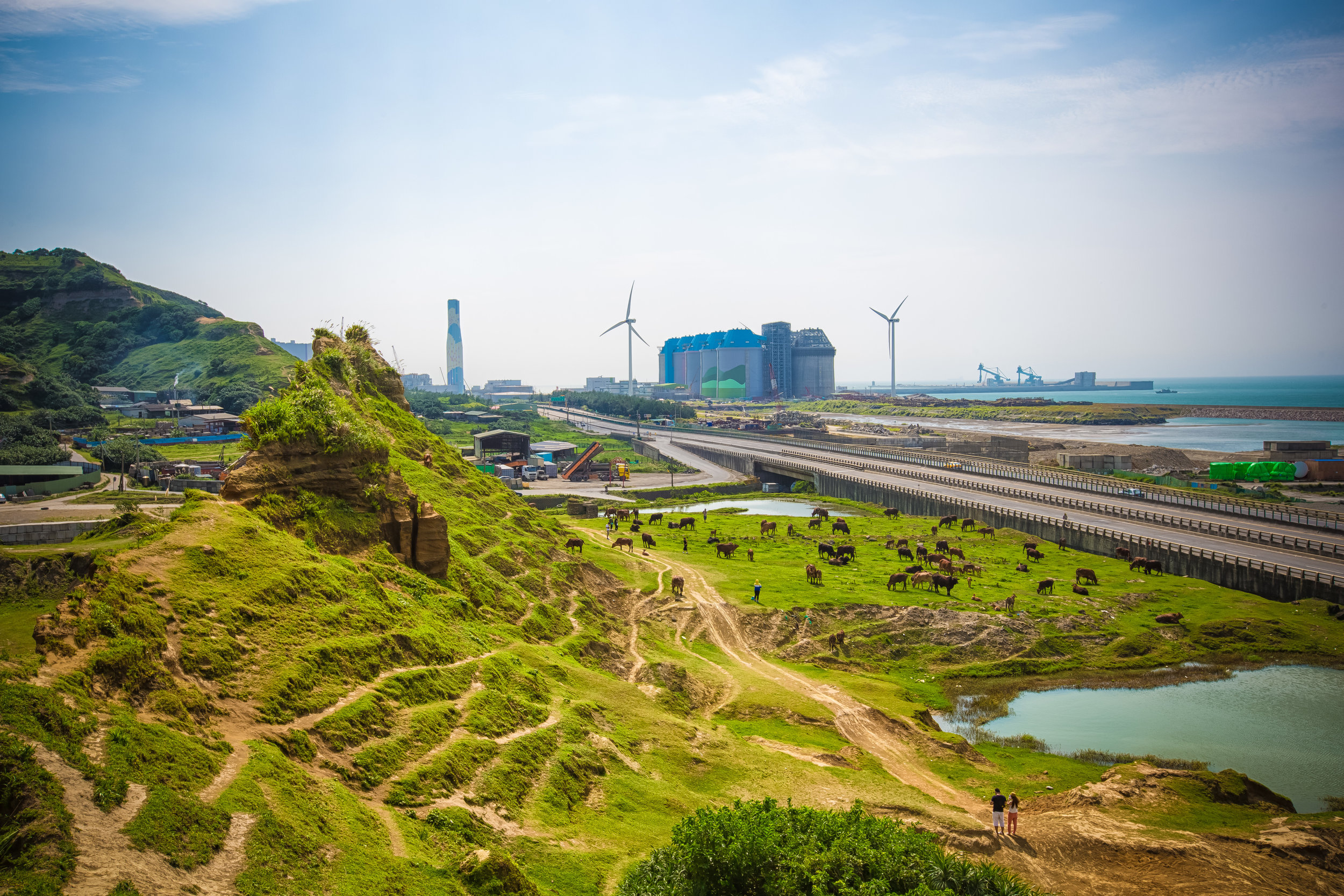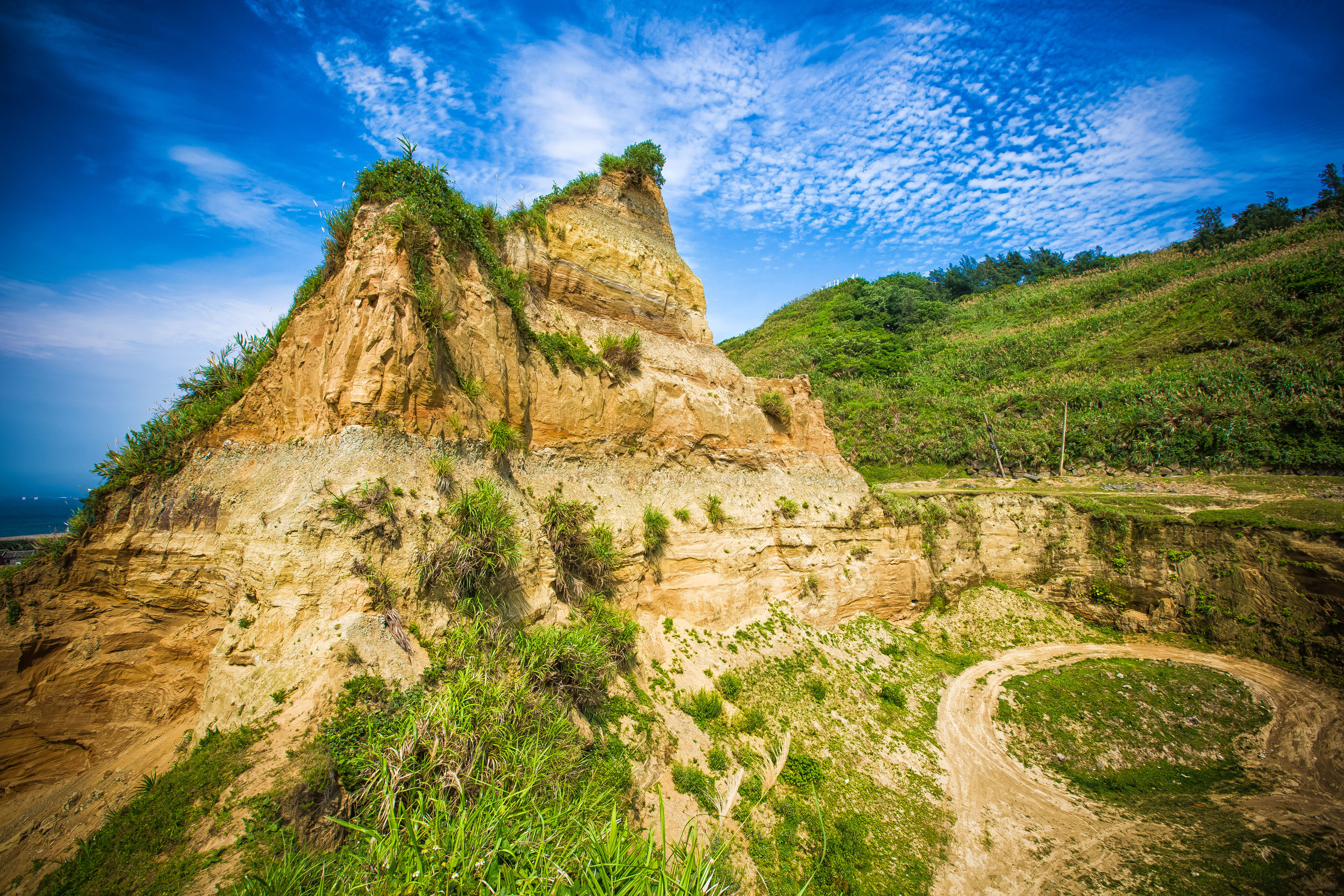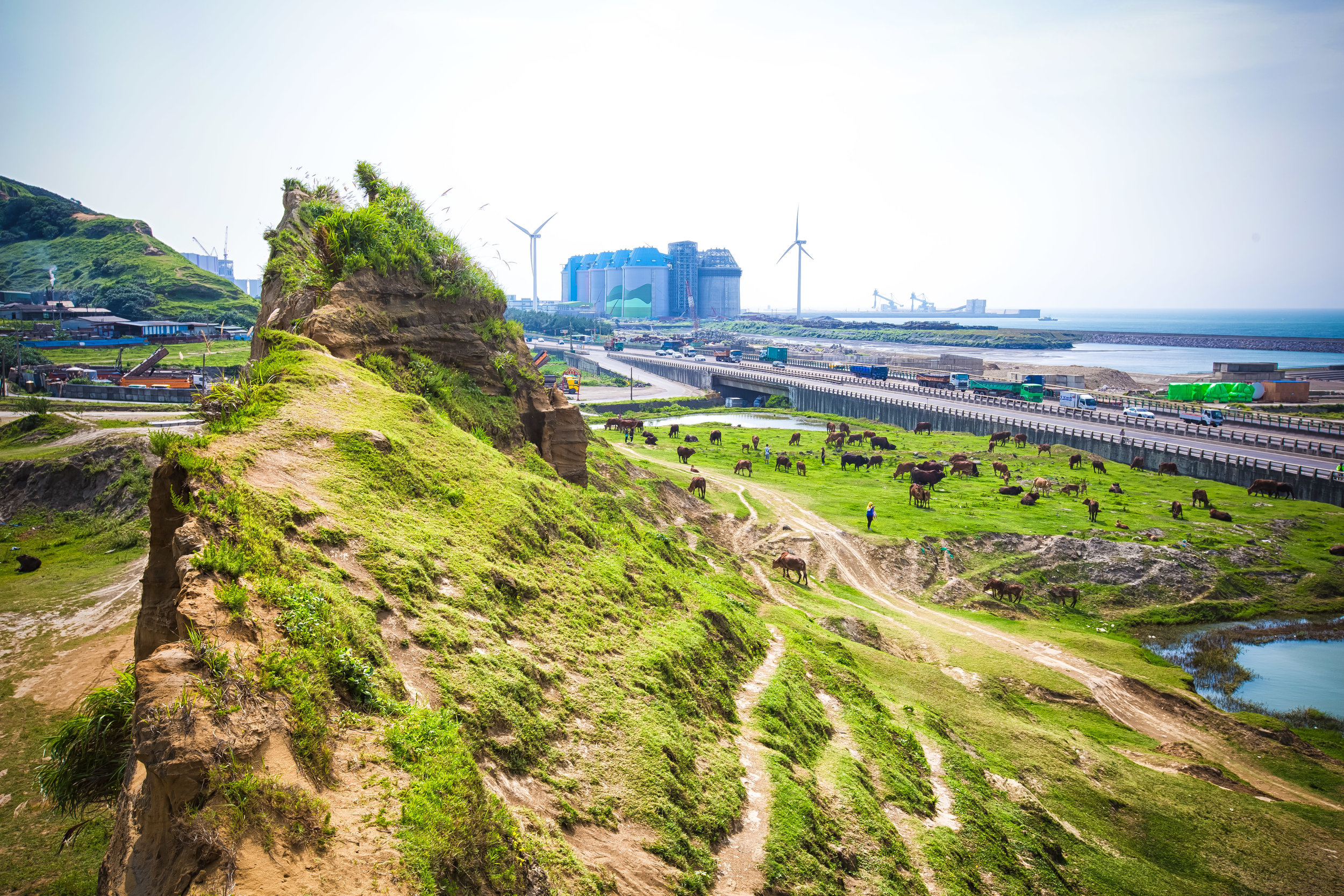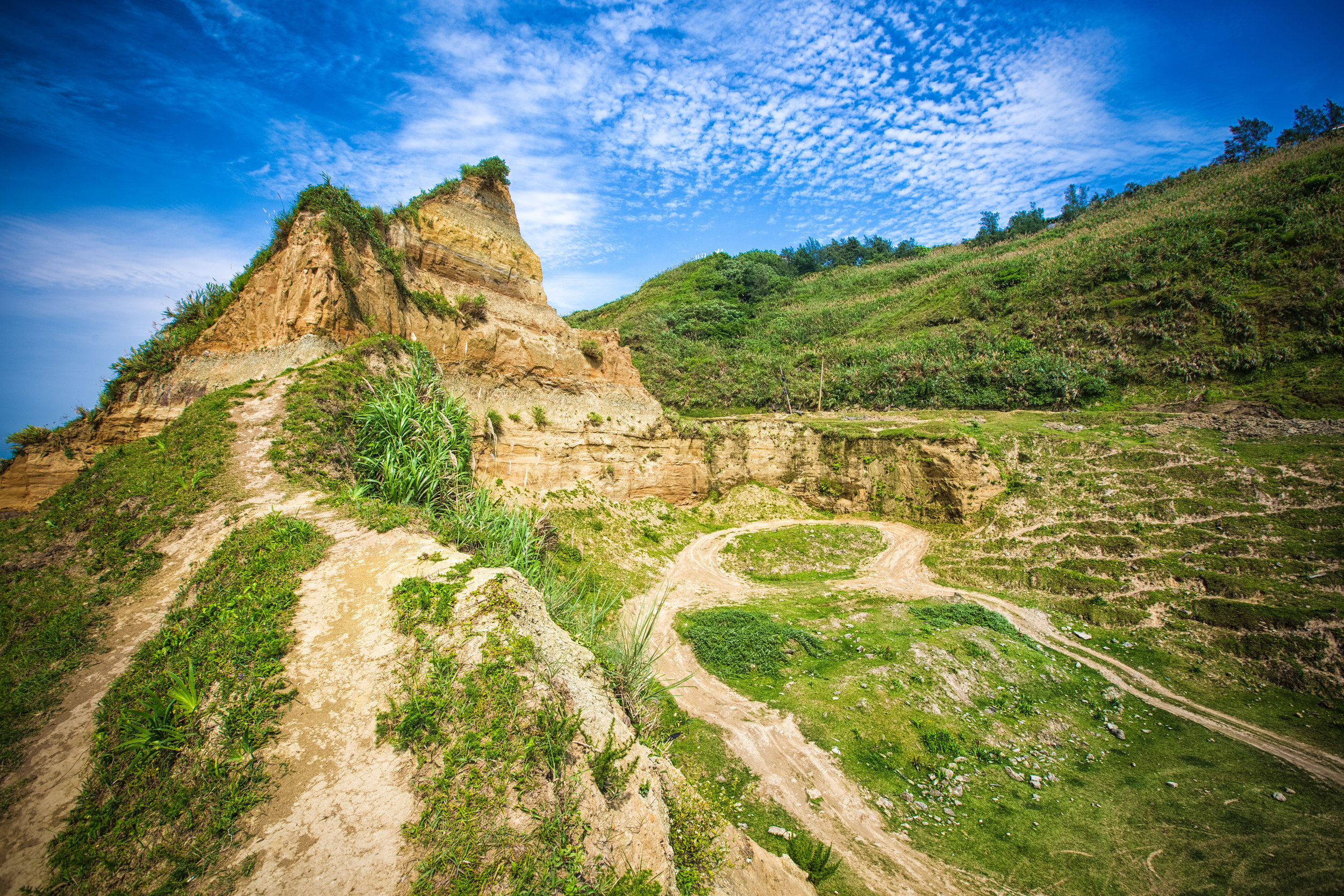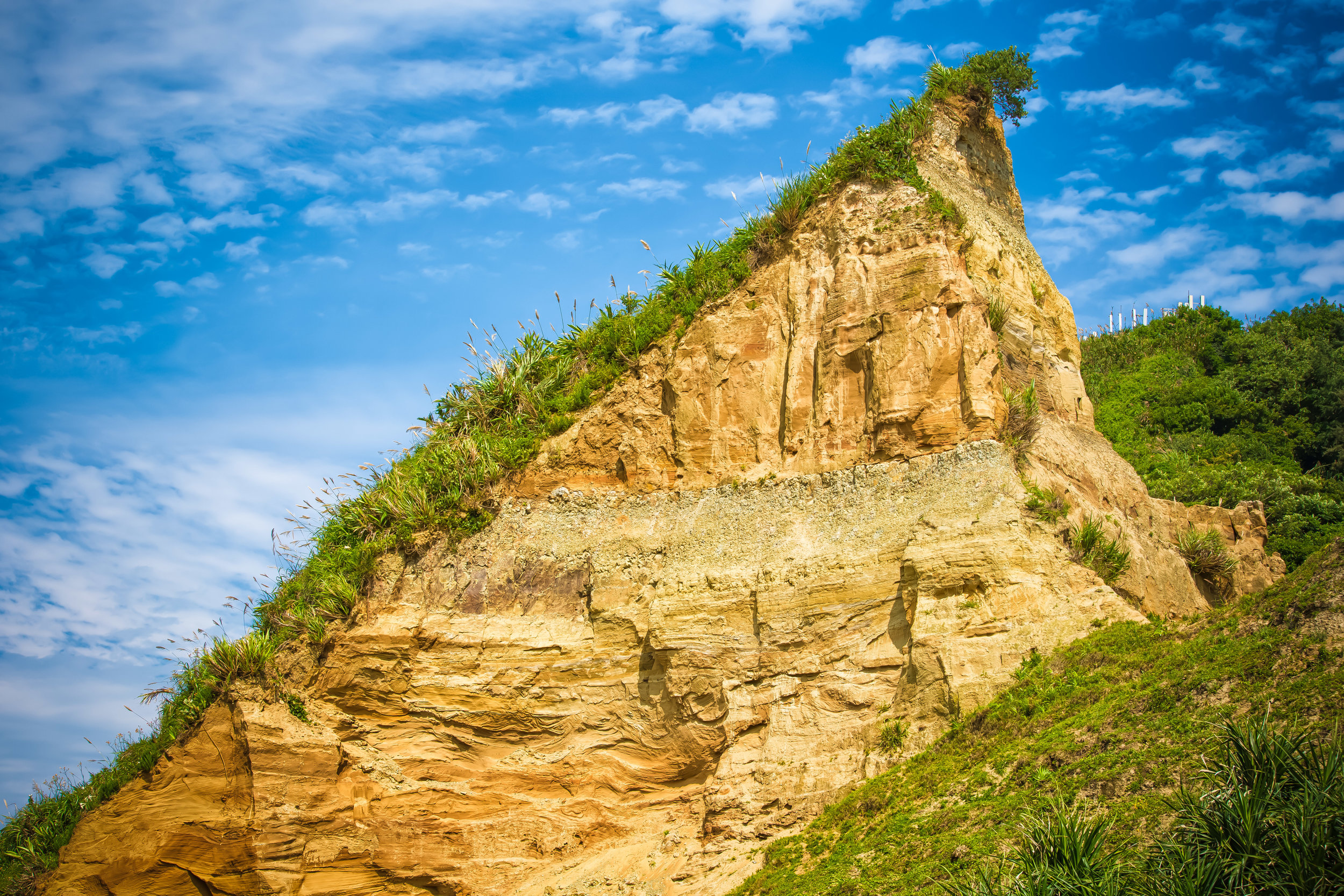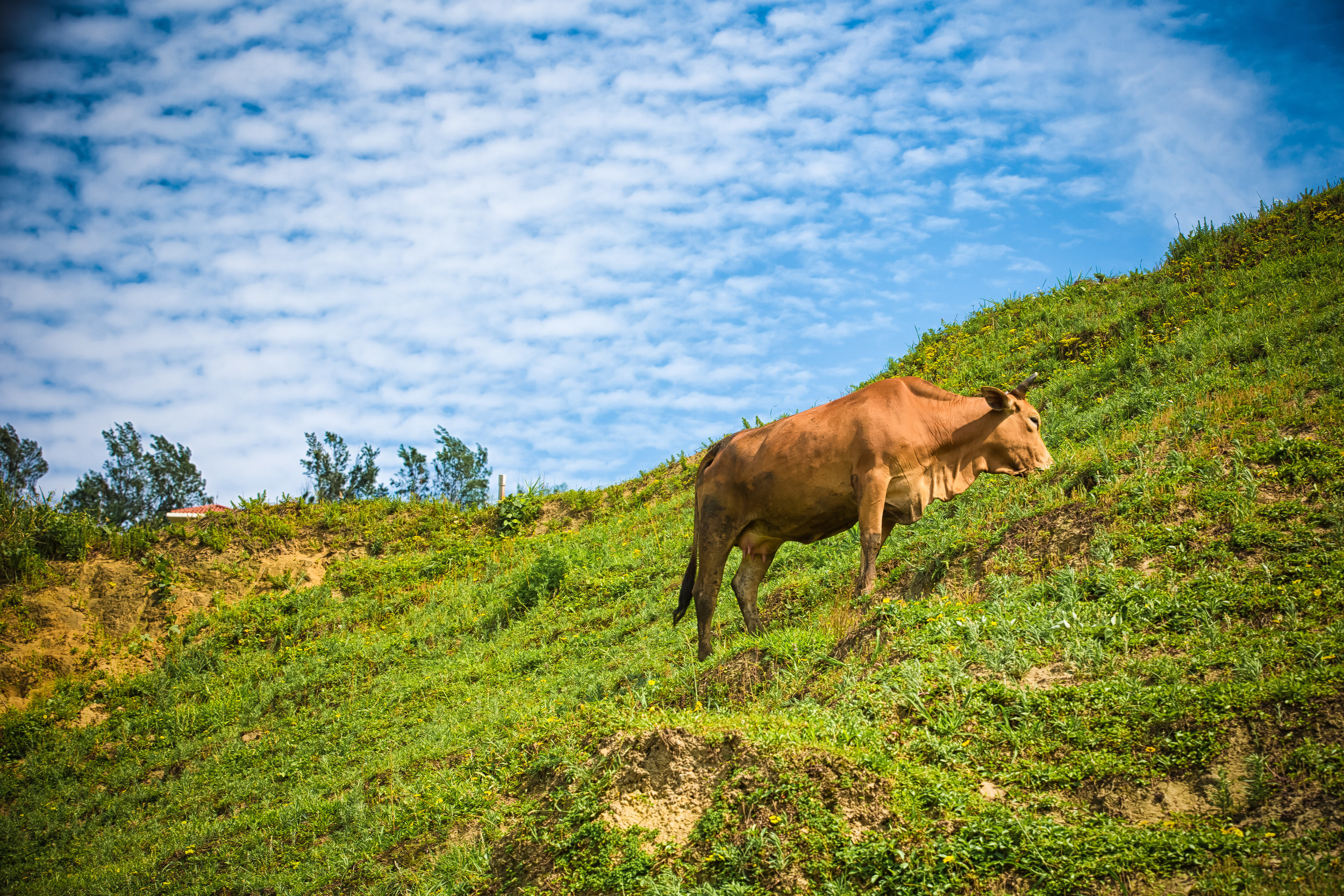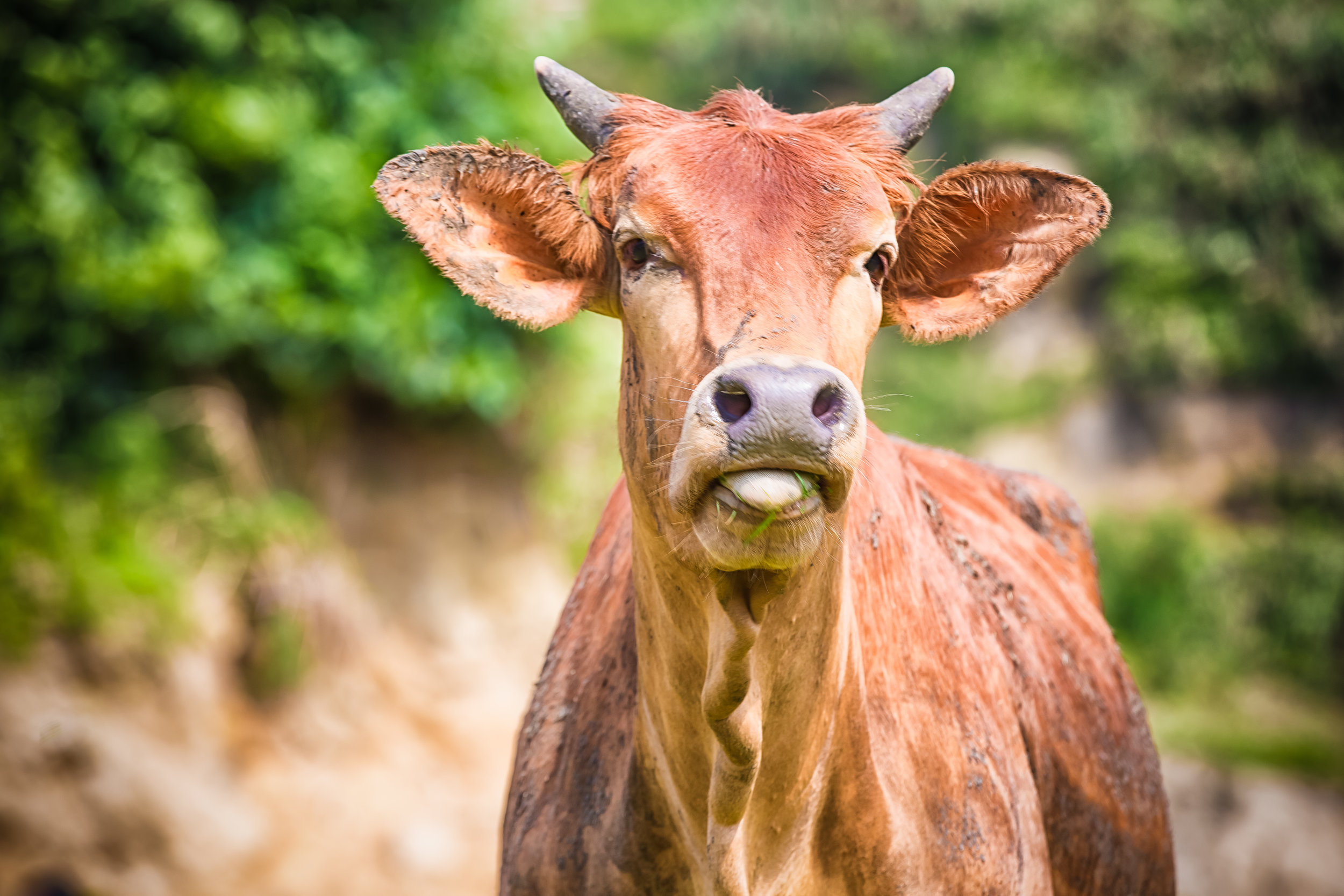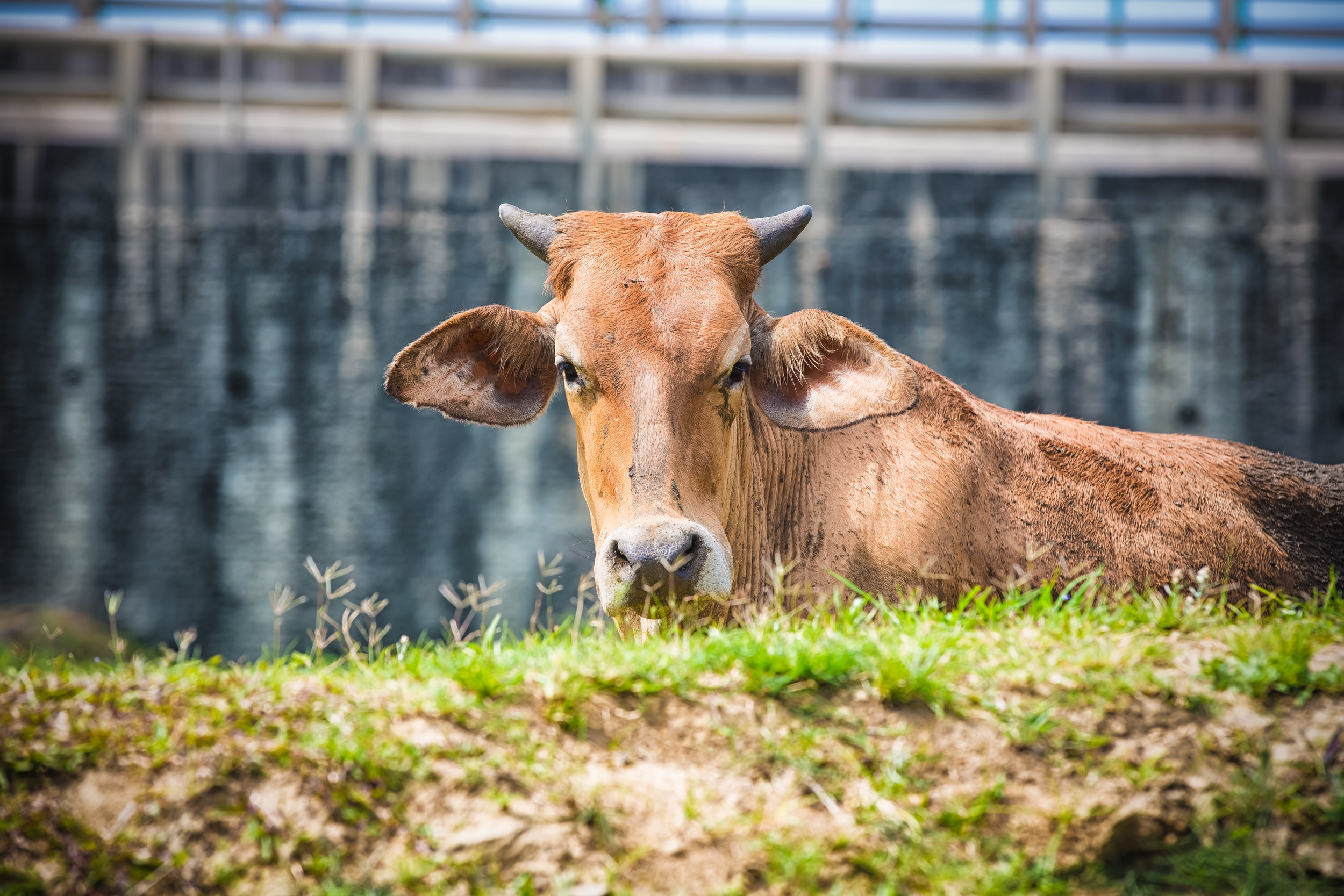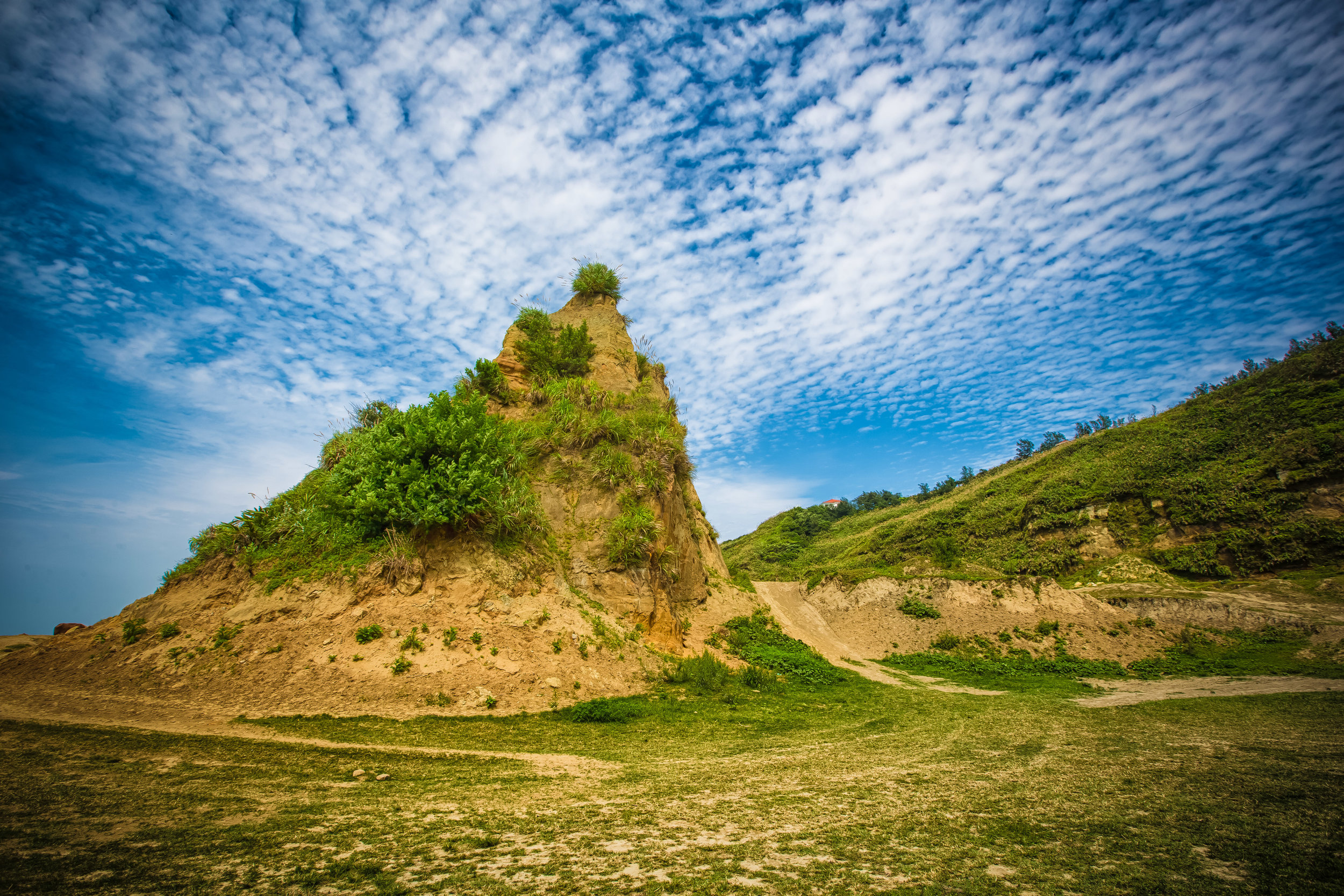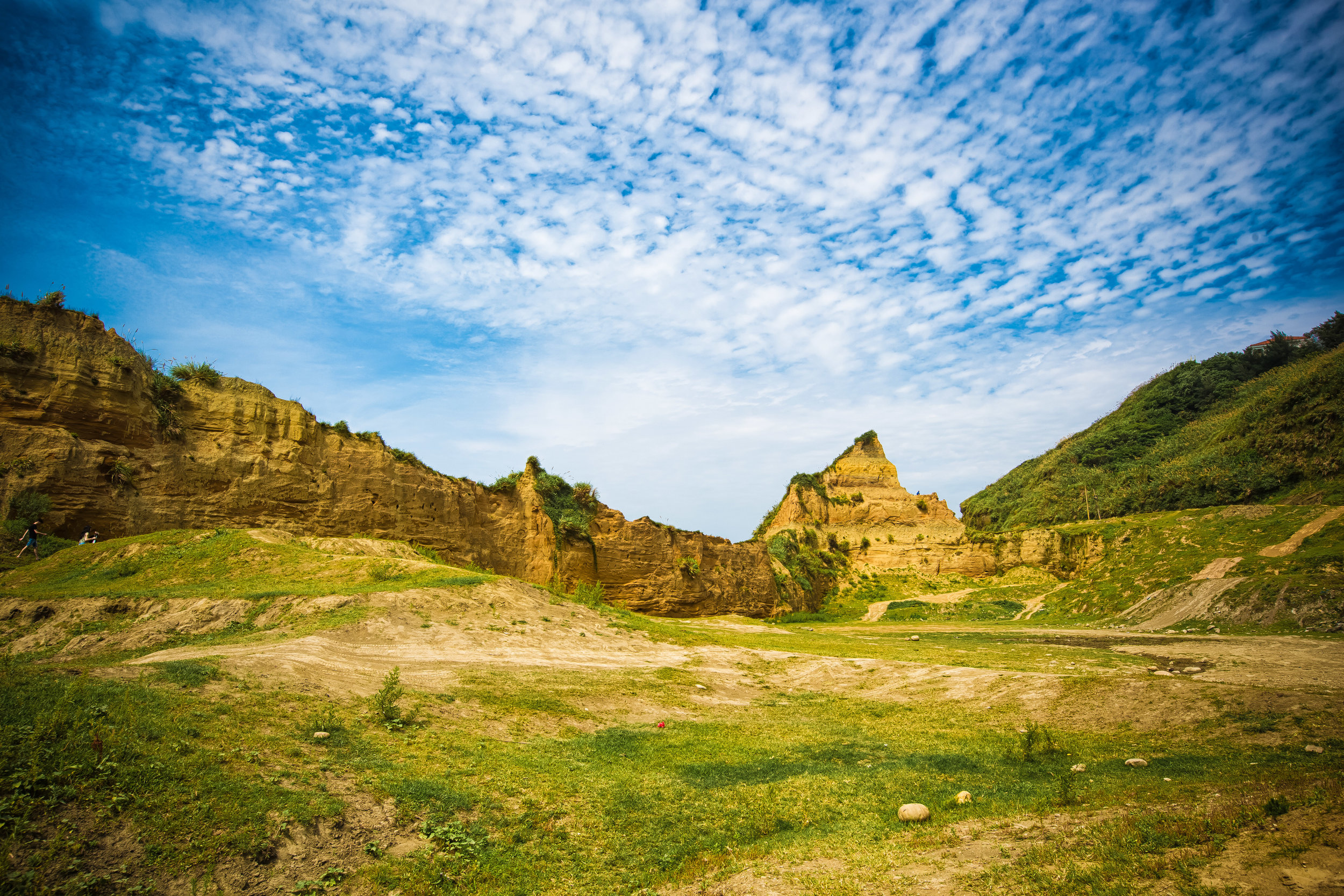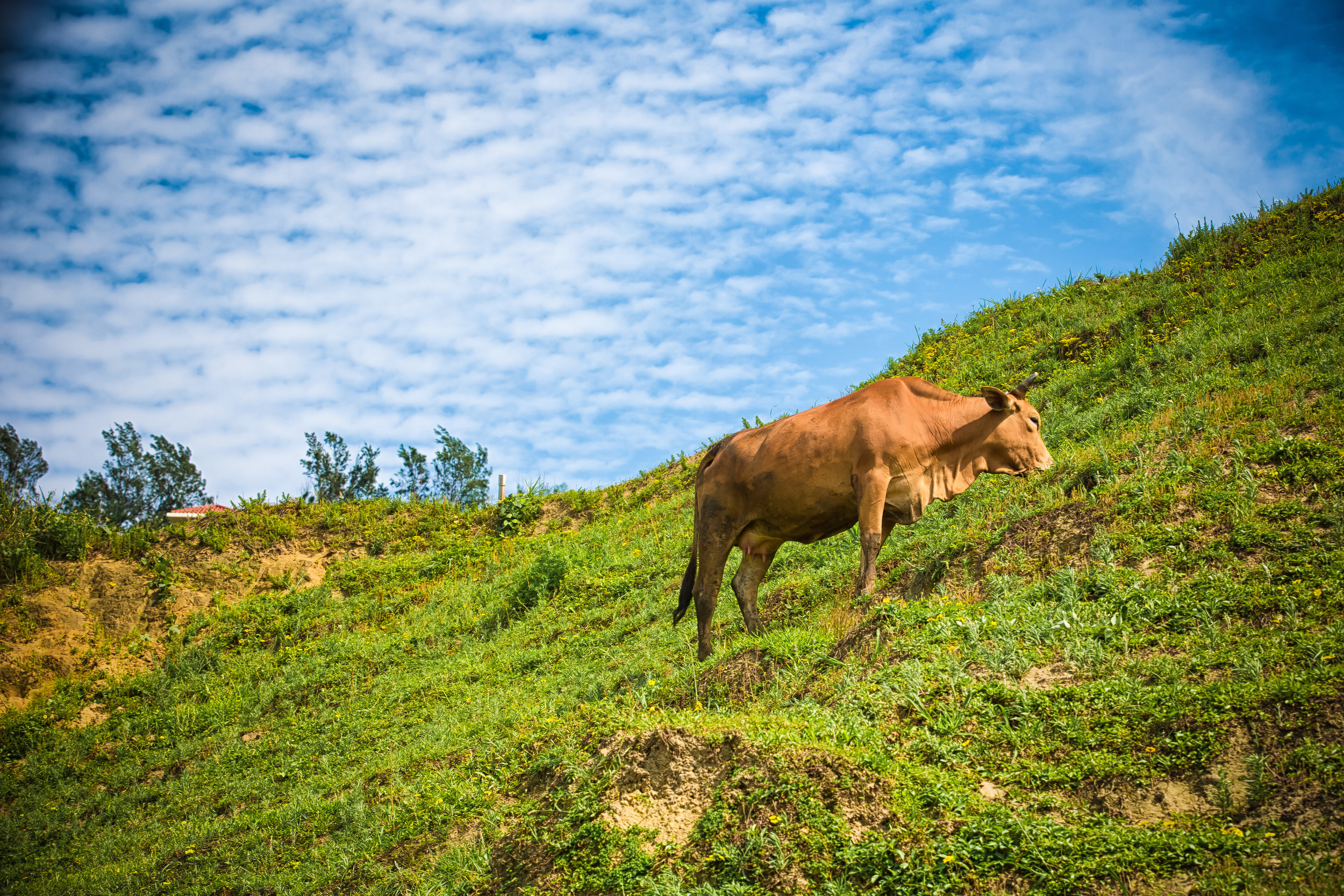When tourists think of Taipei, I think its pretty safe to say that the city’s Neihu District (內湖區) isn’t really a place that attracts many of the city’s visitors. The district is most well-known for its technology park and its giant shopping centres rather than its cultural or tourist attractions.
Things are changing however and Neihu is quickly becoming one of the most attractive residential areas in the city with beautiful parks, great shopping and an excellent public transportation system that allows residents to get back and forth quite easily.
In the past a lot of these places were somewhat inaccessible to tourists visiting the country but now that the Taipei’s MRT system runs through the district, the U-bike public bicycle share system is available and the public bus system has been refined, it is much easier for people wanting to visit some of the sights that are available.
Neihu has its fair share of beautiful parks for families to visit, mountains for hikers to climb, temples for the religious (and people like me who think they’re cool), historic buildings as well as great shopping, fine dining, small night markets and of course a giant Ferris wheel that gives great views of the city.
Today I want to introduce one of the districts most internationally ‘well-known’ spots. Tourists, both international and domestic alike have been making their way out to check out this spot for past few years thanks to a bit of social media magic.
The "Moon Bridge" in Neihu’s beautiful Dahu Park (大湖公園) has become a bit of an internet celebrity of sorts over the past few years thanks to the recognition it is received outside of Taiwan. Like a lot of things viral on the net, you're often left scratching your head wondering what could have prompted the internets to suddenly show favour to a random Bridge in Taipei, Taiwan.
Before I talk about the Bridge itself, I'll give a few reasons why I think it was able to suddenly become a social media phenomenon both outside of Taiwan and inside as well.
I've mentioned before in the past when I blogged about Water Buffalo Valley (水牛坑) that Taiwan at times has a bit of a self-confidence issue when it comes to the way people perceive the country.
It seems that whenever anyone in the international media mentions Taiwan in a positive light, no matter what the reason is, the media here goes into a frenzy talking about whatever it is that the international media covered. The excitement then gets passed onto the local population who will then all of the sudden show their appreciation.
It doesn’t matter if its a restaurant, tea shop, tourist spot, etc. Whenever the international media mentions something positive about Taiwan, the local media goes nuts and then the roads start getting jam packed with cars and lines of people start forming. It never fails.
My guess is that this phenomenon is a result of an inferiority complex that is ingrained in the hearts of the citizens here because of the constant international pressure Taiwan is put under thanks to China and its bullying tactics. The people here yearn for both appreciation and recognition from the outside world and would love to profess that love for their country, so whenever a bit of attention comes this way, they get really excited.
A perfect example of this is the “Taiwan Number One” slogan - These days you can hear people saying “Taiwan Number One” almost everywhere around the country, but shouldn’t people have always thought that? The slogan unfortunately wasn’t created by a patriotic Taiwanese but actually originated from the antics of an online gamer who had used the subject of Taiwan to troll angry Chinese gamers. Social media picked up on this and we all had a laugh, but then the media picked up on it and now everyone in Taiwan, even little old grandmas know how to say “Taiwan Number One!”
For more information about this phenomenon and this bridge in particular, check out Taiwan Explorer’s excellent blog “Taipei Moon Bridge” Viral photo demystified.
The UK’s Daily Mail posted a story in 2012 which beautifully and quite romantically described Neihu’s Moon Bridge:
“Morning mist hangs in the calm, still air adding to the dream-like magic of this tranquil setting in Taiwan. The crystal clear water allows for a perfect reflection of an upside down world, almost playing tricks on the mind. With scenery like this, it is no wonder that Taiwan was formerly known as the Beautiful Island - Ilha Formosa - to the West.”
With a description like that, who wouldn’t want to come to Taiwan to check out the Moon Bridge?
In truth, the Moon Bridge is just a pretty bridge in a beautiful park. I wouldn’t particularly call it a tourist attraction, nor would I say that people should go out of their way to visit it if they're only here in Taiwan for a short time.
Nevertheless, quite a few people want to get 'certain' photos of their visit to Taiwan and considering that the Moon Bridge has become one of those go-to places for photos of Taiwan, I’m posting this blog to give a bit of information about it so that people who do have interest in visiting will know how to get there.
The Moon Bridge is situated within Neihu’s Dahu Park (大湖公園). The park is a large one that not only has a large lake, but many recreational facilities available for the general public and is always a very busy place on weekends with families wanting to enjoy a bit of nature.
The bridge shares a name with the much older Kintai Bridge in Japan which was constructed in 1673 and has a much longer history than the Neihu version which was constructed in 1979.
While the Kintai Bridge in Japan has been loved for much longer than social media has been around, the 38 year old Moon Bridge in Taipei was just a simple Bridge in a pretty park until a Taiwanese photographer took a photo of it five or so years ago and worked some magic in Photoshop which caused all of the international hype.
Arched bridges (拱橋) of this variety are common in Asia, especially in China where the first bridge of its kind, the Anji Bridge (安濟橋) in Southern Hebei Province (河北省) was completed in 605AD. Since that time it is estimated that there have been over four million bridges constructed around that country as well as spreading to other countries throughout Asia as well.
The ‘Arched’ bridge is something that I often saw during my time in China, so it was a bit difficult to understand why this one in particular has garnered so much international attention.
In Taiwan Explorer’s blog, he mentioned that the Moon Bridge was quite similar to the Jade Belt Bridge (玉帶橋) at the Summer Palace (頤和園) in Beijing to which I’d agree, but I have a hard time comparing the two considering both the historical and cultural importance of the Jade Belt Bridge.
Over the past few years the Moon Bridge has been romanticized and sensationalized into a major tourist attraction. For me, its just a bridge. I’ve seen a lot of bridges like it.
I do agree however that the scenery that surrounds the bridge is quite beautiful and if you are there at the right time of day you can get really beautiful photos. The photos also speak for themselves.
Getting the Photos
If you do take the time to visit the Moon Bridge there are a few tips I can give you to get the photos you are looking for. The first thing is that there are a few different vantage spots to get shots like the ones I've posted here.
The first location is on the Chinese-style pavilion which reaches out into the middle of the lake. The pavilion gives you a good view of the bridge off in the distance. If you have a telephoto lens, its a good spot to get some shots before nightfall. There are two levels to the pavilion so you can pick the spot you think is the best for you.
The second location is on the banks of the lake on either side of the bridge. The land arches out enough that you should be able to get a good shot of the bridge including its reflection with a wide-angle lens.
The third location is near the bathrooms on the other side of the bridge. The bathrooms have a spot to get a nice view of the bridge and also have a set of stairs which lead you to the roof of the building which will allow you to easily get the photos you want.
I used a wide-angle lens (Canon 16-35mm f/2.8) for most of these shots with a full frame camera. This means that I was able to get ultra-wide shots that you won't be able to get if you are using a cellphone or a point and shoot camera.
I also used a tripod and a remote control to take long exposure photos. Most of these photos are 20-30 second exposures (sometimes longer) and if you plan on getting shots like these, you'll absolutely need a tripod to stabilize your camera.
The next thing I'm going to say is that I spent a little bit of time in photoshop tweaking these photos. Like the photo that made the bridge so popular, photoshop is a major reason why this bridge looks as good as it does. You don't need to do a whole lot of work to process these photos but you will want to put a little work into making them prettier.
Getting There
Getting to the Moon Bridge is quite easy - All you have to do is get on Taipei’s convenient MRT and take it to the Dahu Park Station (大湖公園捷運站) on the Wenhu Line (文湖線). Once you come out of the station, its a short walk to the bridge. While you’re at the park however I’d recommend checking out the beautiful Chinese-style pavilion which gives beautiful views of the lake as well as the bridge. You could also climb the nearby mountain next to the lake for some great views. The park is also one of the best places for picnics and BBQs so if you’re planning a visit, why not bring some food and drinks and sit on the grass to wait for the sunset so you can see the reflection of the moon and the bridge in the water?
The people of Taiwan are right to get excited about this country - Whether its the food, one of the world's tallest buildings, etc. There are a great many reasons to be proud of this nation.
Taiwanese people do not need the rest of the world to tell them how great this place is, they should know it already. Having pride in ones nation is not always a bad thing and the people of this country should be proud of the nation they have built - and I suppose that pride should include the bridges as well.
